Sicily
Landscapes, cities, archaeological sites and works of art of one of the most beautiful Italian regions: the Roman villa of Casale in Piazza Armerina; Akrai's excavations in Palazzolo Acreide; the archaeological parks of Segesta, Selinunte, Neapolis and Motya; the cities of Palermo, Siracusa, Cefalù and Modica.
21444_8176.jpg
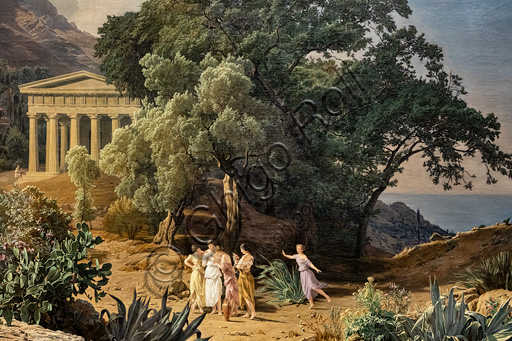
Ferdinand Georg Waldmüller. "A Doric Tmeple with Castelmola...
add to lightbox
21444_8171.jpg
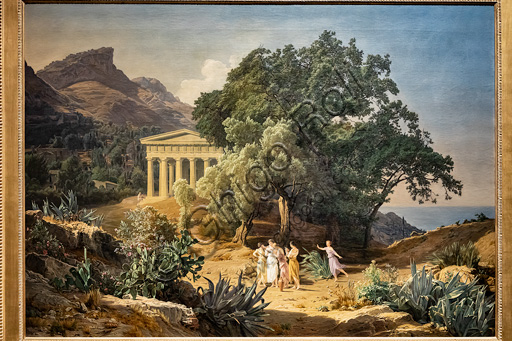
Ferdinand Georg Waldmüller. "A Doric Tmeple with Castelmola...
add to lightbox
21444_8165.jpg
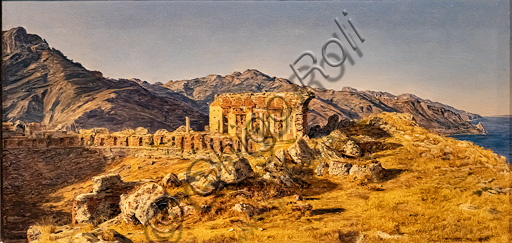
Ferdinand Georg Waldmüller. "The ruins of the Greek theatre...
add to lightbox
21226_2565.jpg
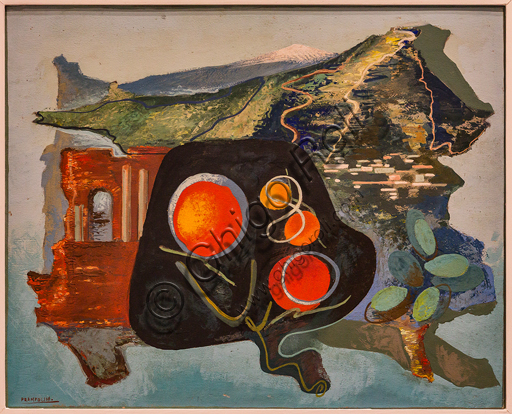
Museo Novecento: "Summary of Taormina", 1938, by Enrico Pram...
add to lightbox
21023_A_4274.jpg
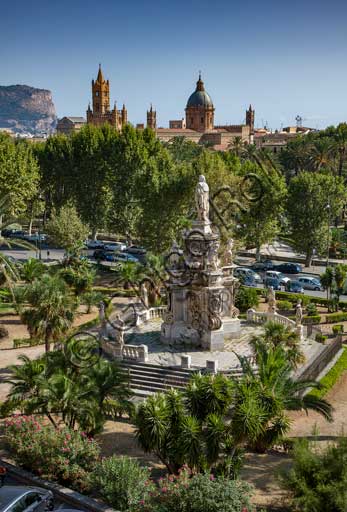
Palermo: view of the town from the Porta Nuova Tower. At the...
add to lightbox
21023_A_3244-48.jpg

Palermo: orbicular view of the town from the Porta Nuova Tow...
add to lightbox
21023_A_1914-18.jpg

Palermo: orbicular view of the town from the Porta Nuova Tow...
add to lightbox
21023_A_1901.jpg
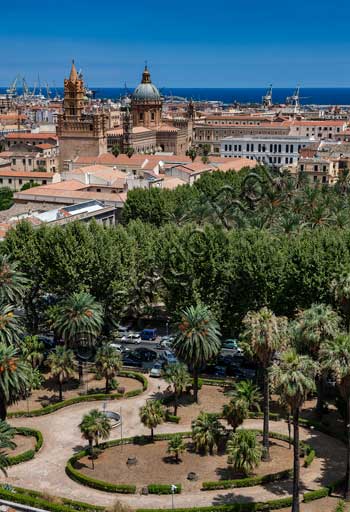
Palermo: view of the town from the Porta Nuova Tower. At the...
add to lightbox
21023_A_1897.jpg
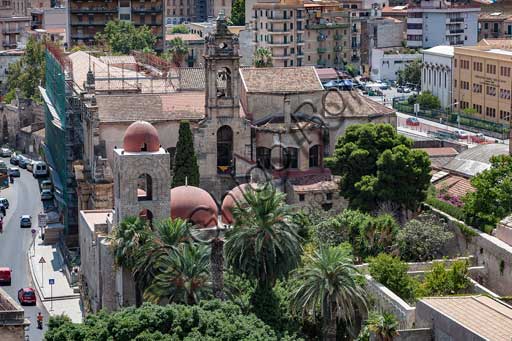
Palermo: view of the town from the Porta Nuova Tower. At the...
add to lightbox
21023_A_1896.jpg
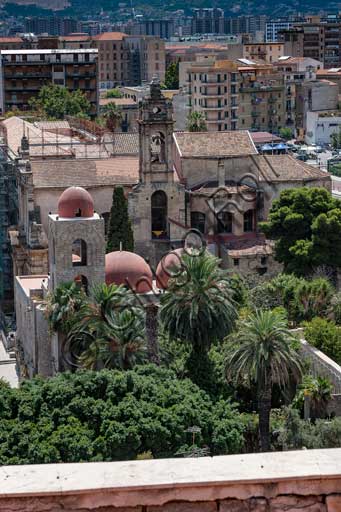
Palermo: view of the town from the Porta Nuova Tower. At the...
add to lightbox
21023_A_1894.jpg
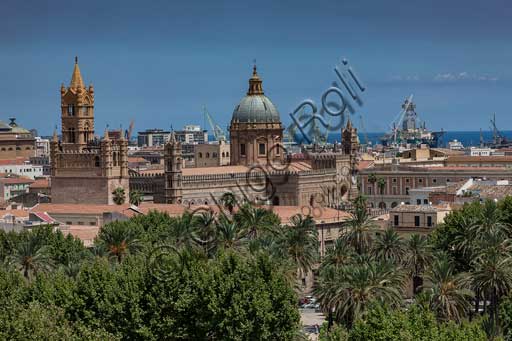
Palermo: view of the town from the Porta Nuova Tower. At the...
add to lightbox
21023_A_1892.jpg
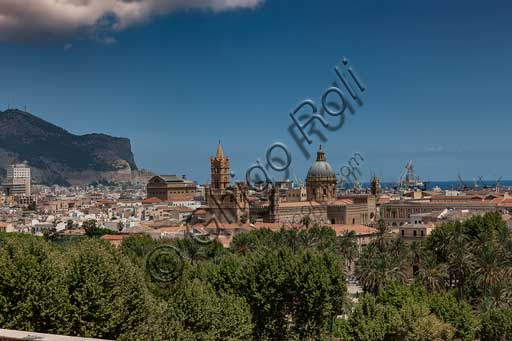
Palermo: view of the town from the Porta Nuova Tower. At the...
add to lightbox
21023_A_1889.jpg
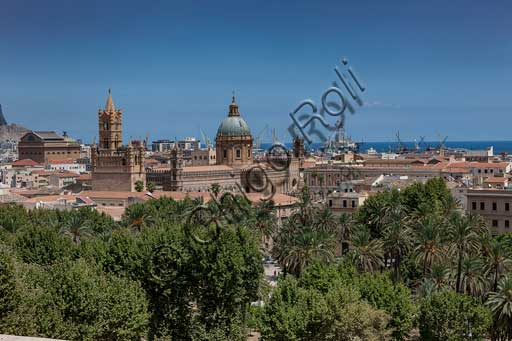
Palermo: view of the town from the Porta Nuova Tower. At the...
add to lightbox
20232_823.jpg
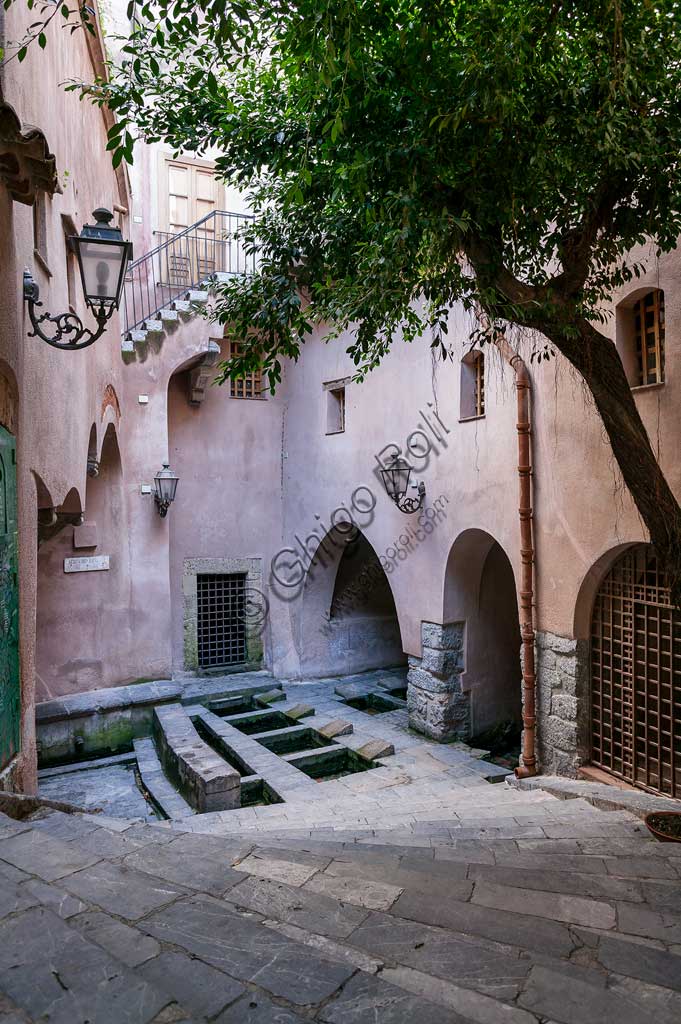
Cefalù: partial view of the ancient wash houses, known as th...
add to lightbox
20232_808.jpg
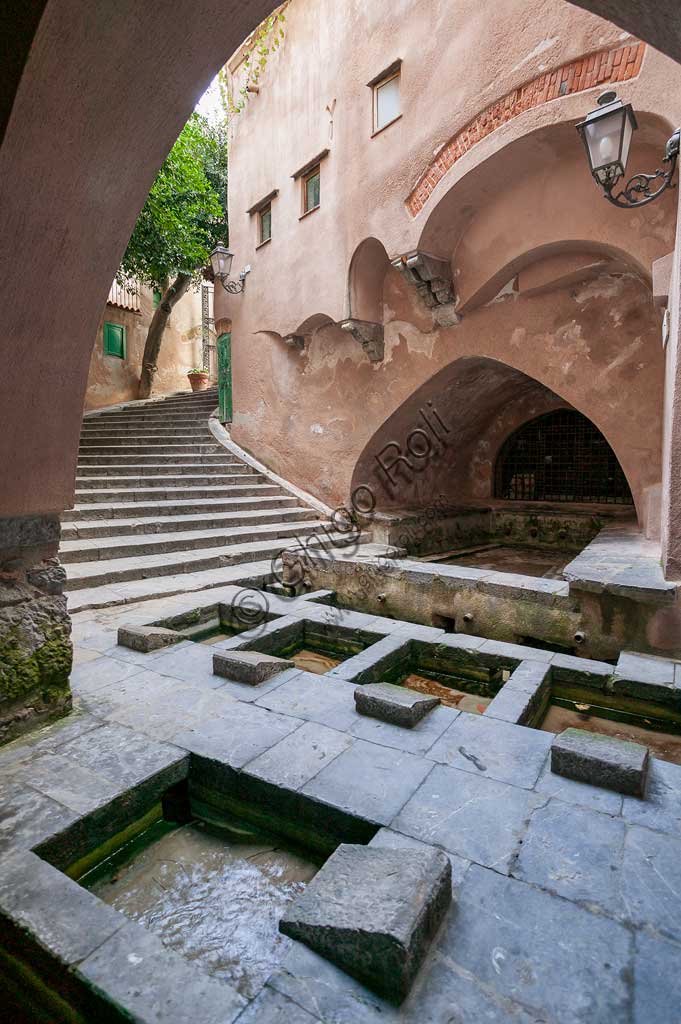
Cefalù: partial view of the ancient wash houses, known as th...
add to lightbox
20232_806.jpg
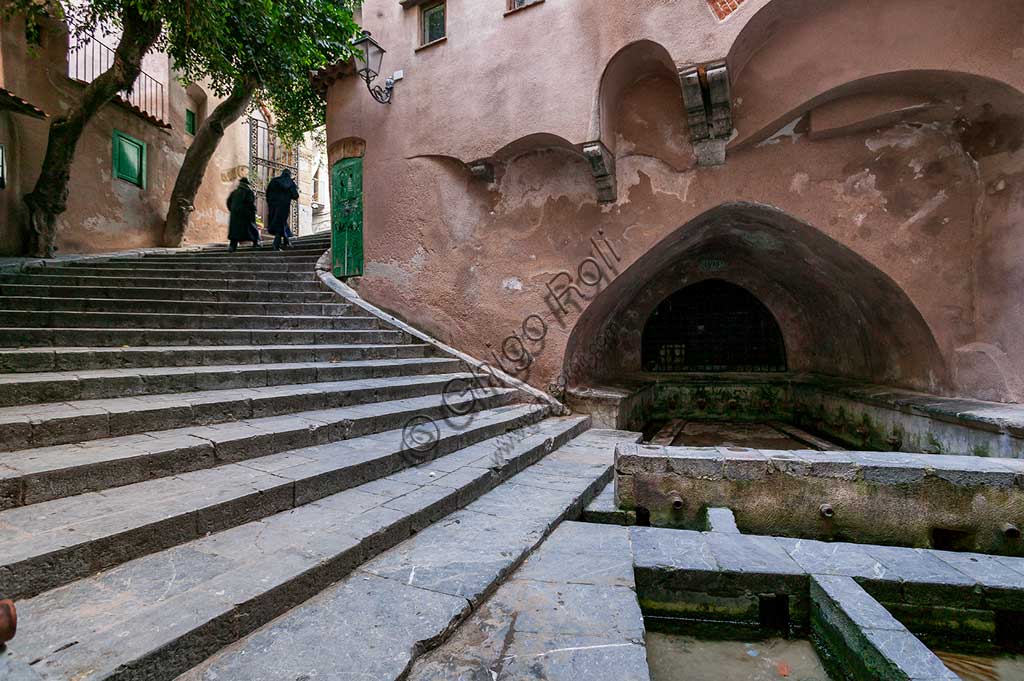
Cefalù: partial view of the ancient wash houses, known as th...
add to lightbox
20232_802.jpg
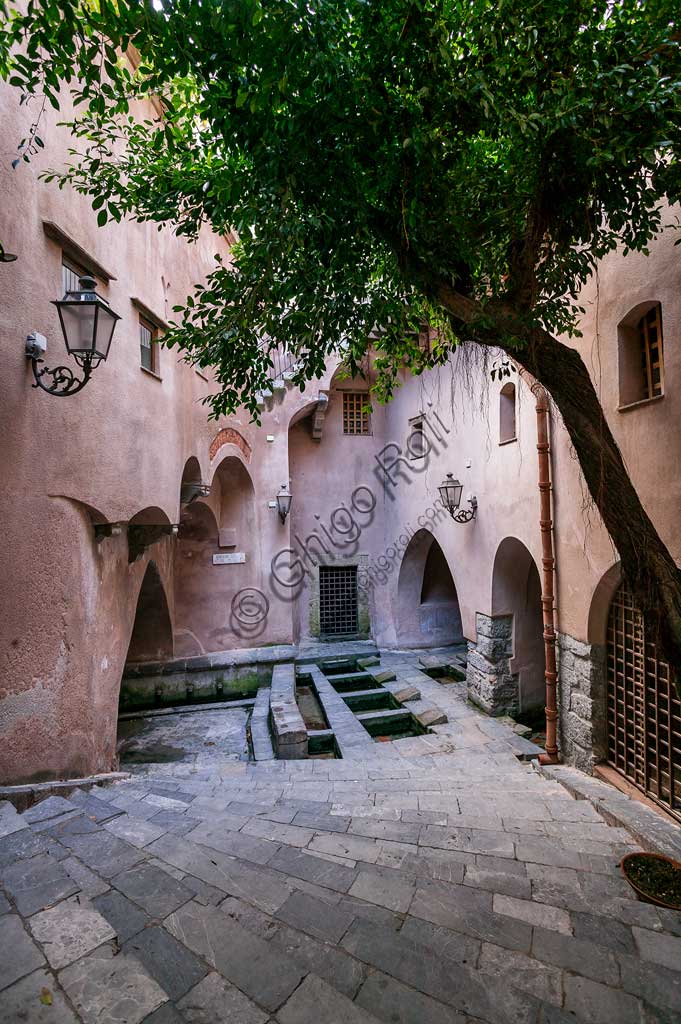
Cefalù: partial view of the ancient wash houses, known as th...
add to lightbox
20232_791.jpg
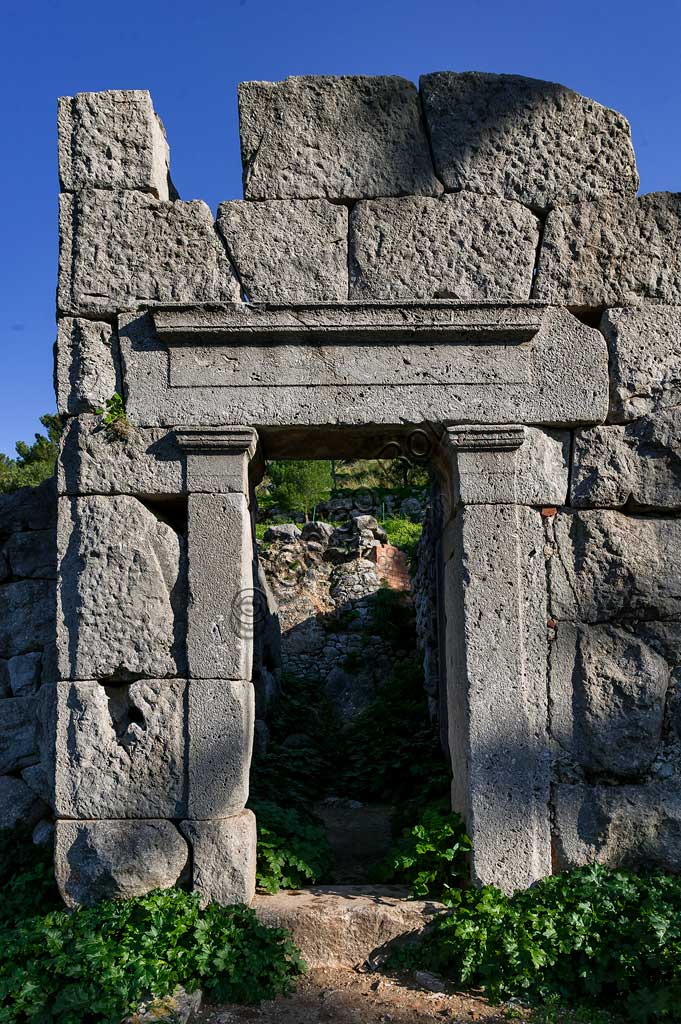
Cefalù: remains of the so-called Temple of Diana on the Stro...
add to lightbox
20232_786.jpg
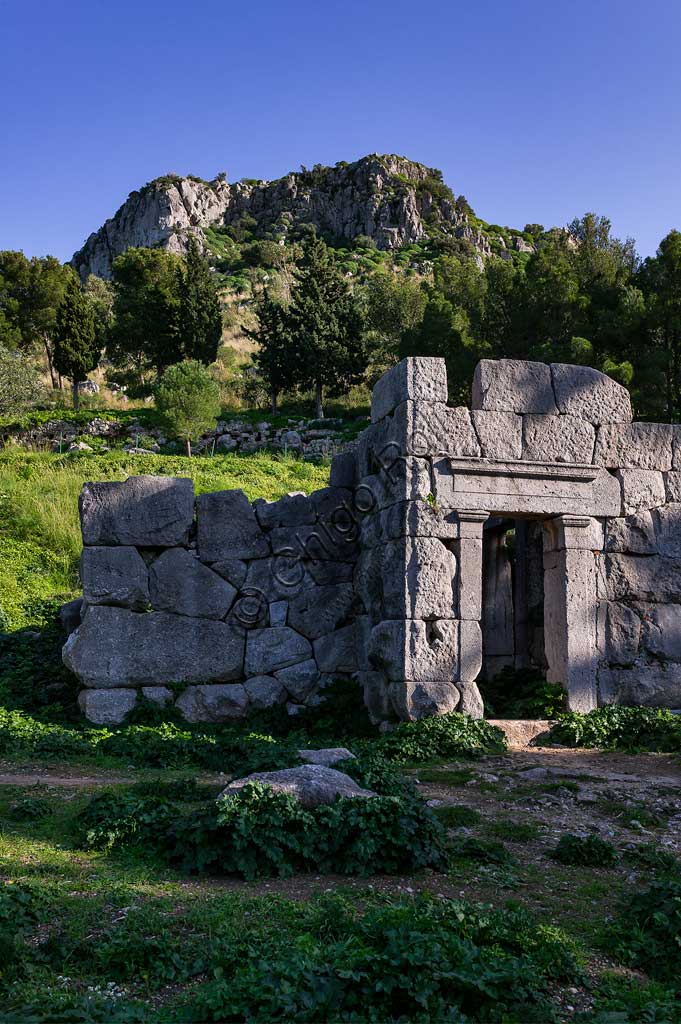
Cefalù: remains of the so-called Temple of Diana on the Stro...
add to lightbox
20232_784.jpg
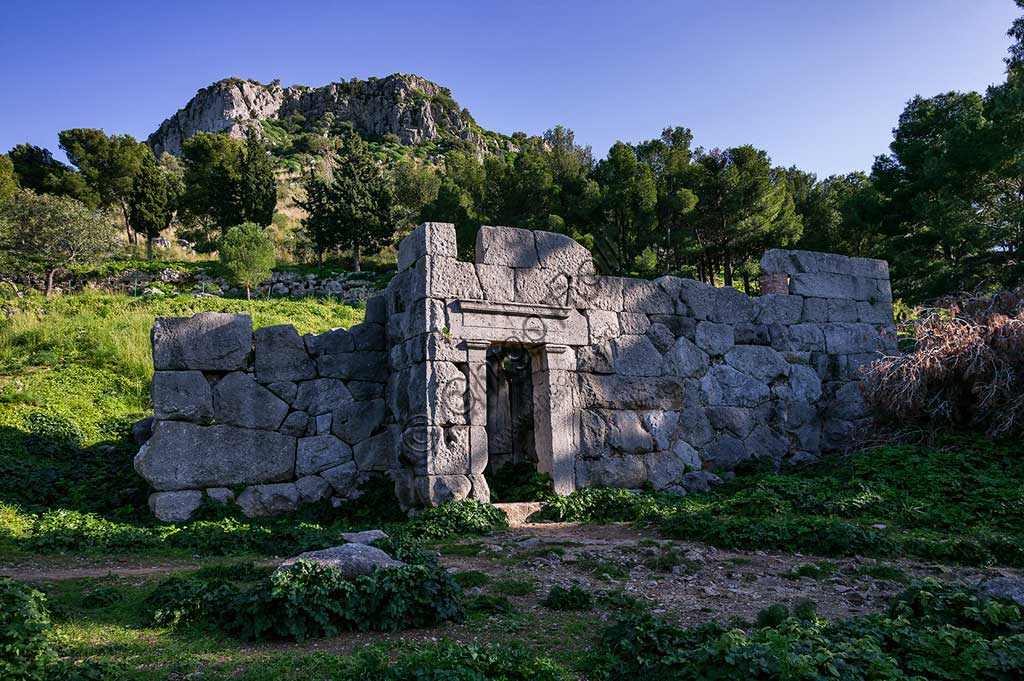
Cefalù: remains of the so-called Temple of Diana on the Stro...
add to lightbox
20232_775.jpg
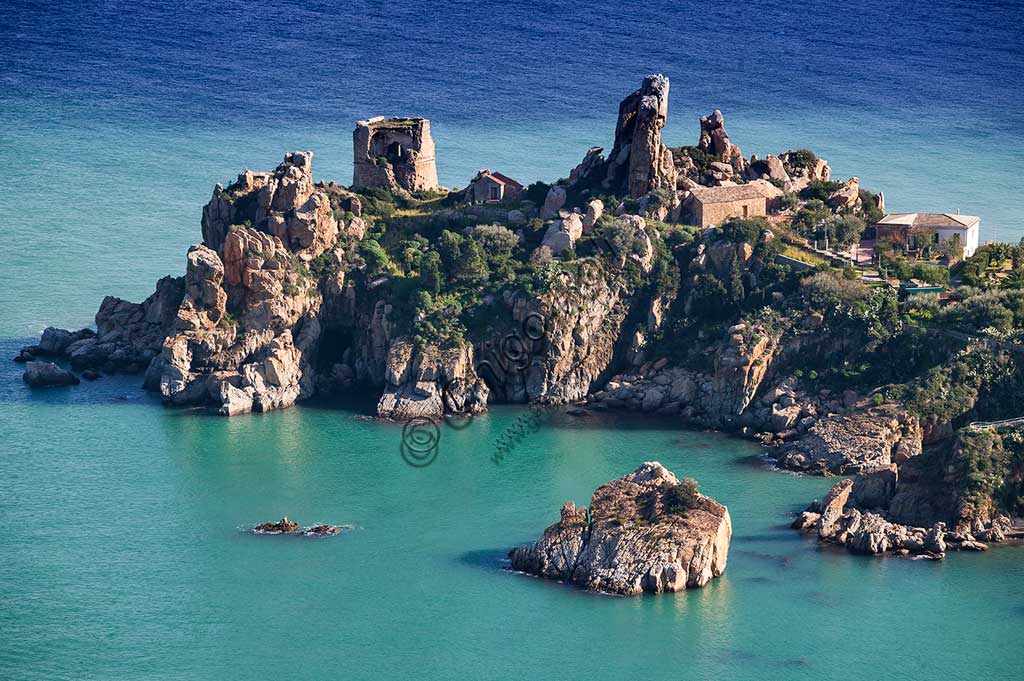
Cefalù: view of the promontory end of Caldura Tower from the...
add to lightbox
20232_773.jpg
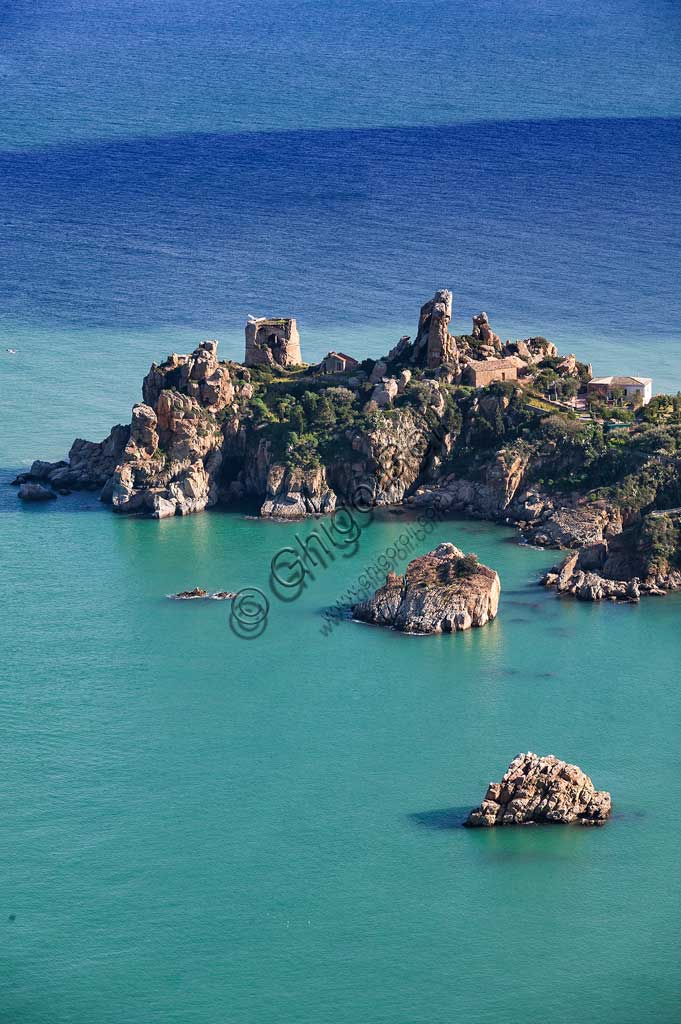
Cefalù: view of the promontory end of Caldura Tower from the...
add to lightbox
20232_762.jpg
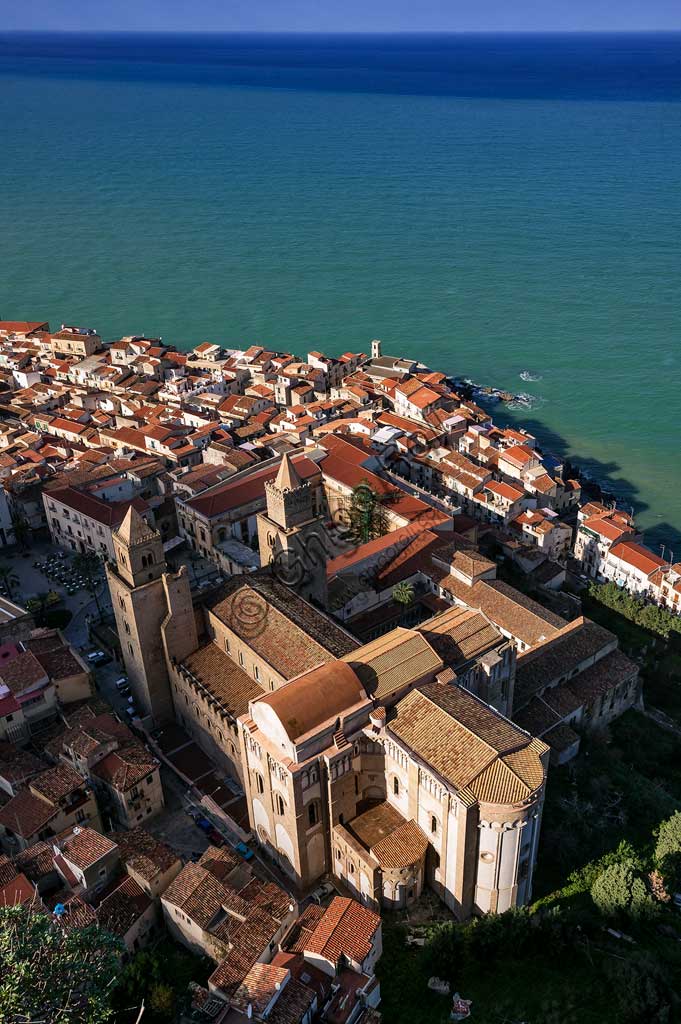
Cefalù: view of the town from the Stronghold known as Castie...
add to lightbox
20232_748.jpg
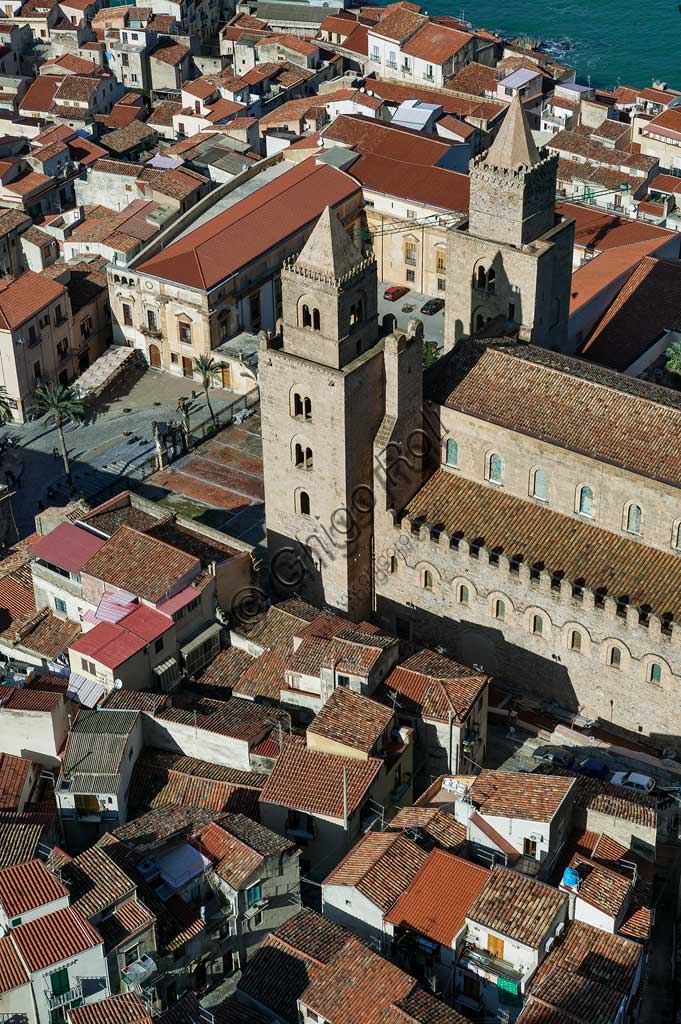
Cefalù: view of the town from the Stronghold known as Castie...
add to lightbox
20232_739.jpg
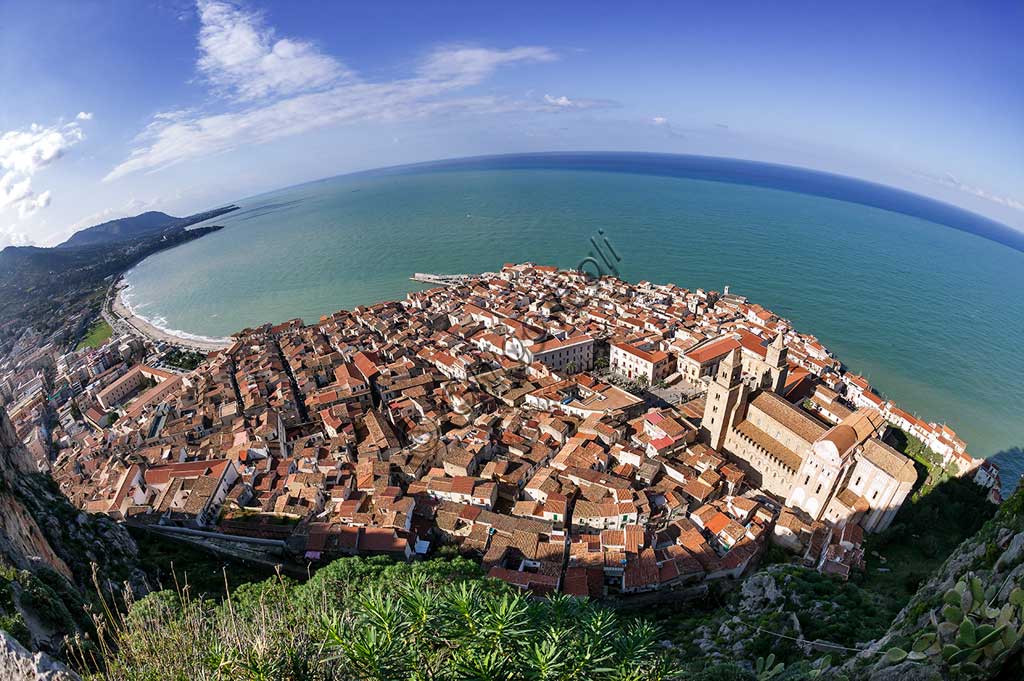
Cefalù: view of the town from the Stronghold known as Castie...
add to lightbox
20232_733.jpg
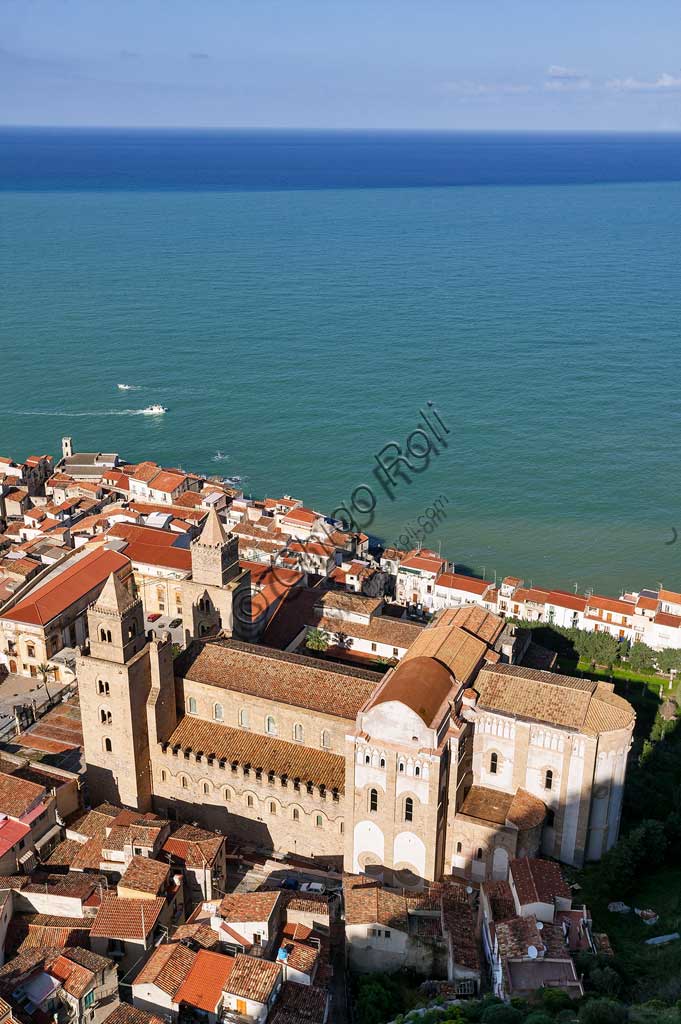
Cefalù: view of the town from the Stronghold known as Castie...
add to lightbox
20232_732.jpg
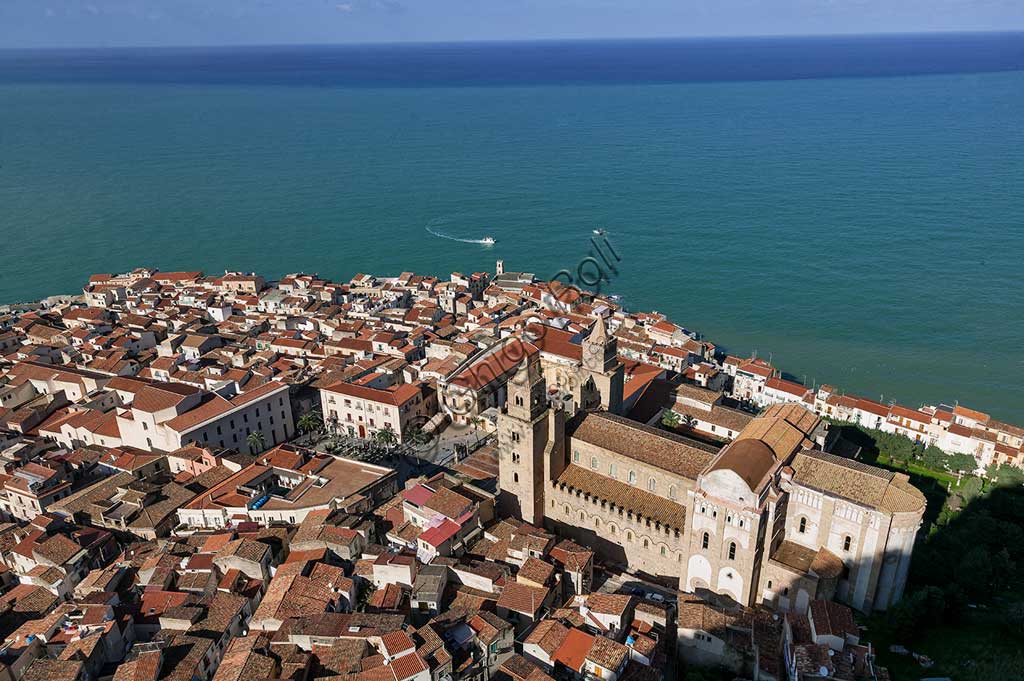
Cefalù: view of the town from the Stronghold known as Castie...
add to lightbox
20232_729.jpg
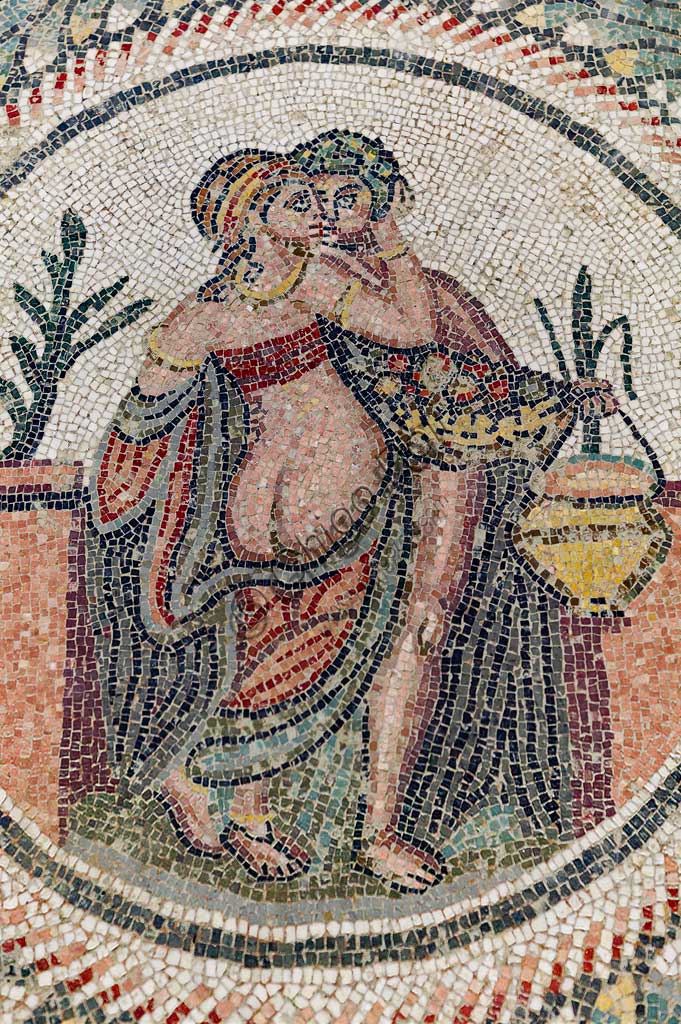
Piazza Armerina, Roman Villa of Casale, which was probably a...
add to lightbox
20232_728.jpg
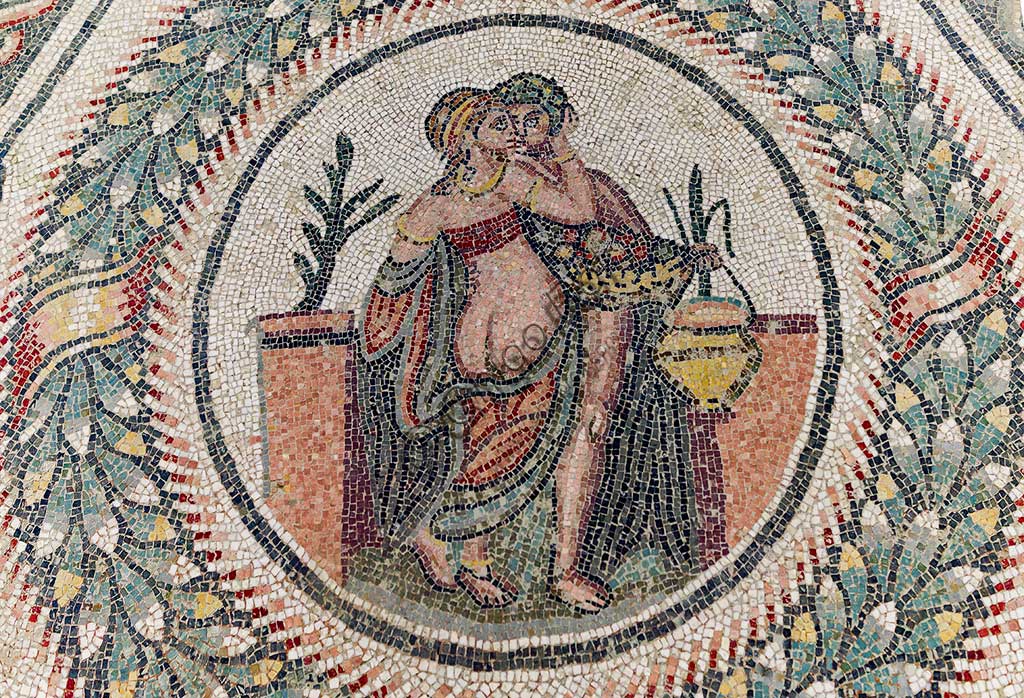
Piazza Armerina, Roman Villa of Casale, which was probably a...
add to lightbox
20232_727.jpg
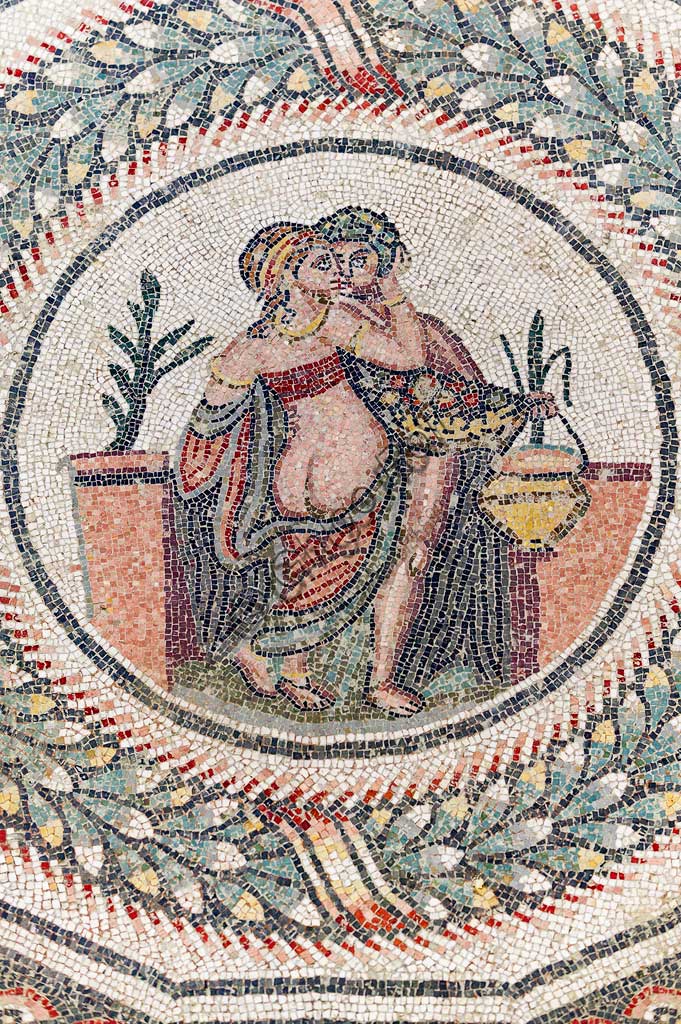
Piazza Armerina, Roman Villa of Casale, which was probably a...
add to lightbox
20232_724.jpg
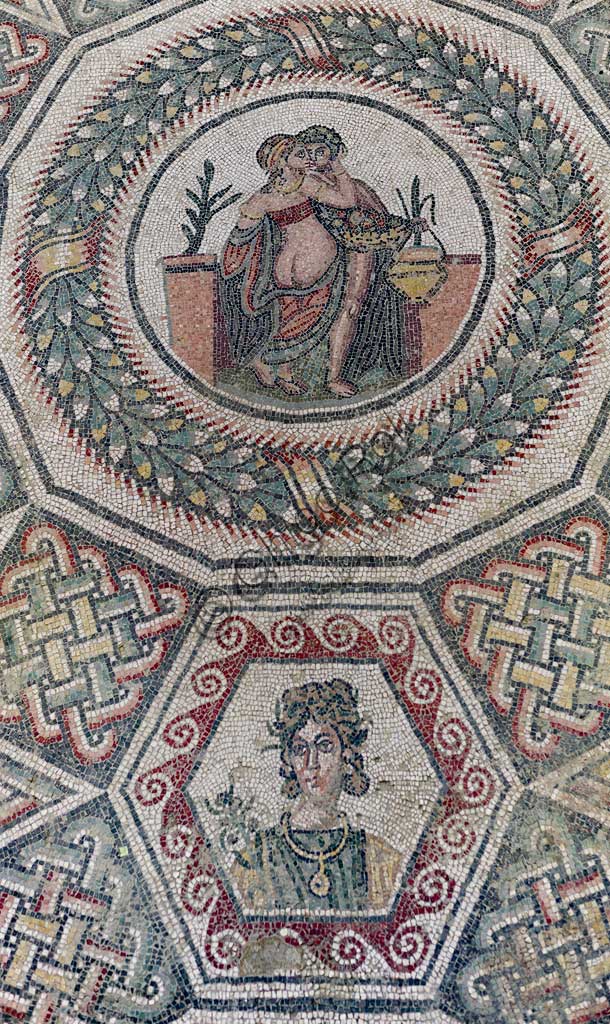
Piazza Armerina, Roman Villa of Casale, which was probably a...
add to lightbox
20232_723.jpg
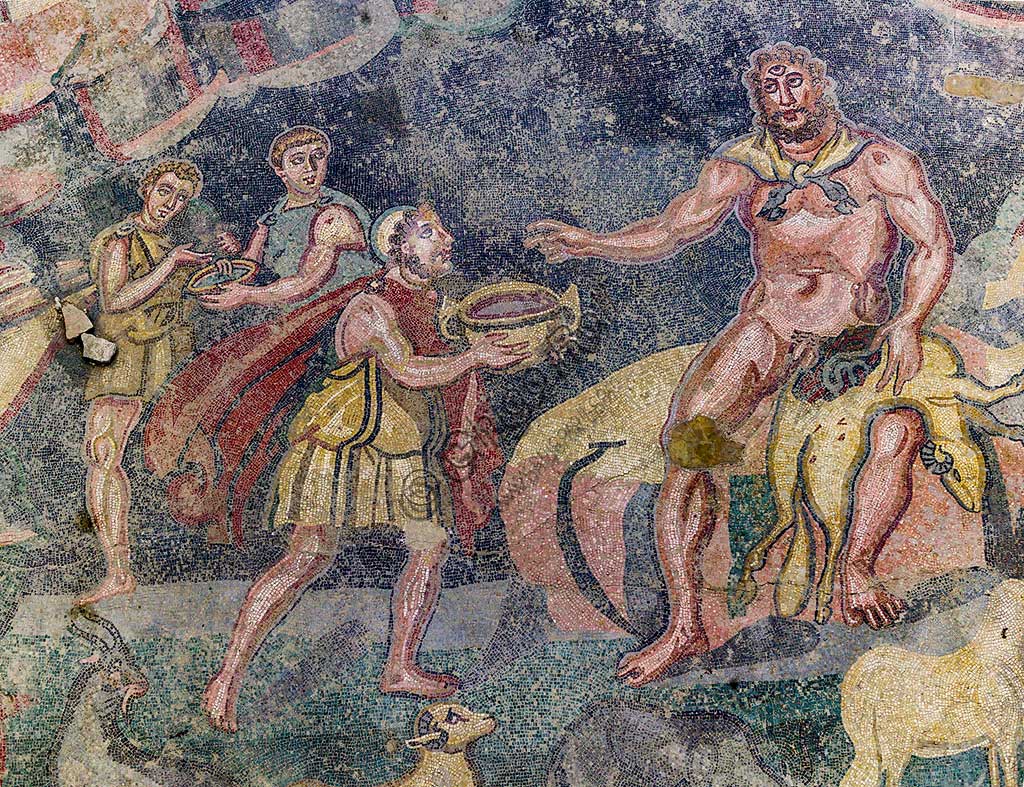
Piazza Armerina, Roman Villa of Casale, which was probably a...
add to lightbox
20232_722.jpg
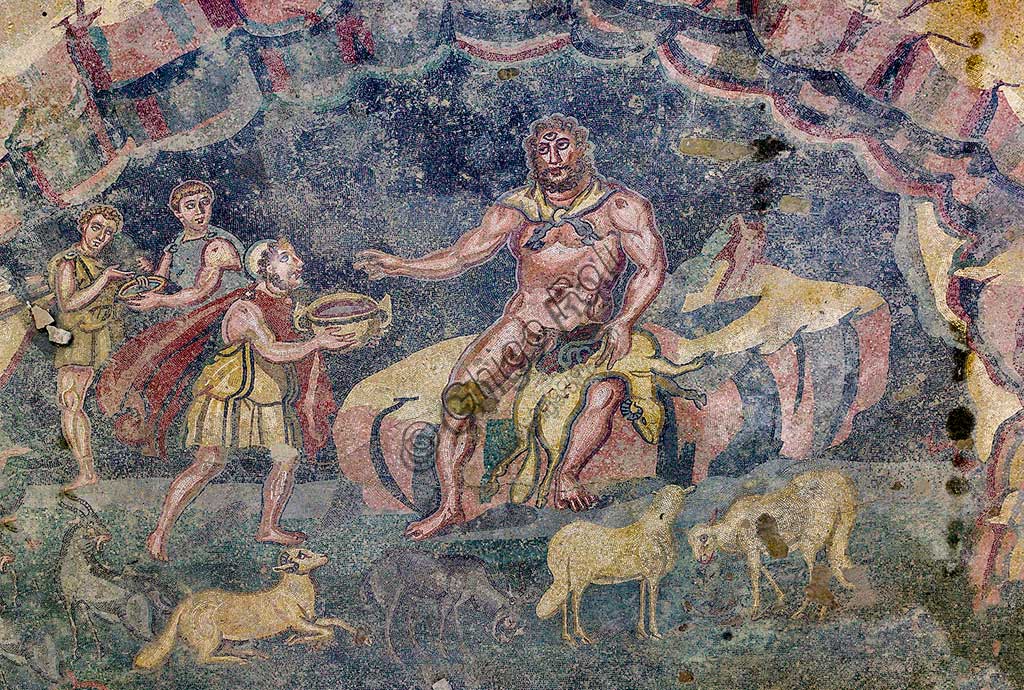
Piazza Armerina, Roman Villa of Casale, which was probably a...
add to lightbox
20232_721.jpg
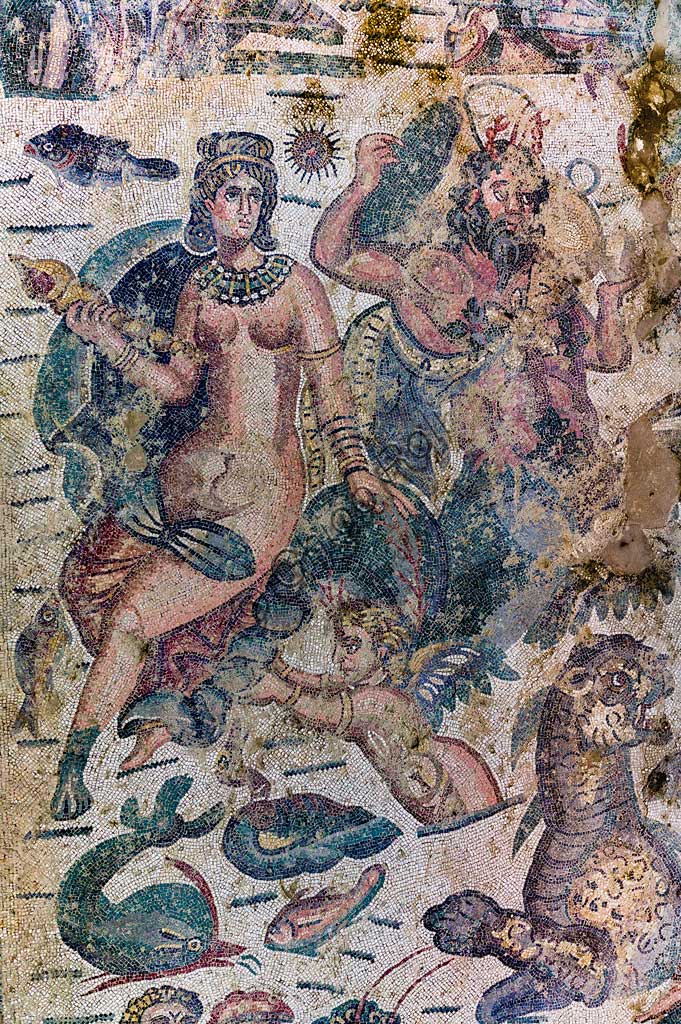
Piazza Armerina, Roman Villa of Casale, which was probably a...
add to lightbox
20232_720.jpg
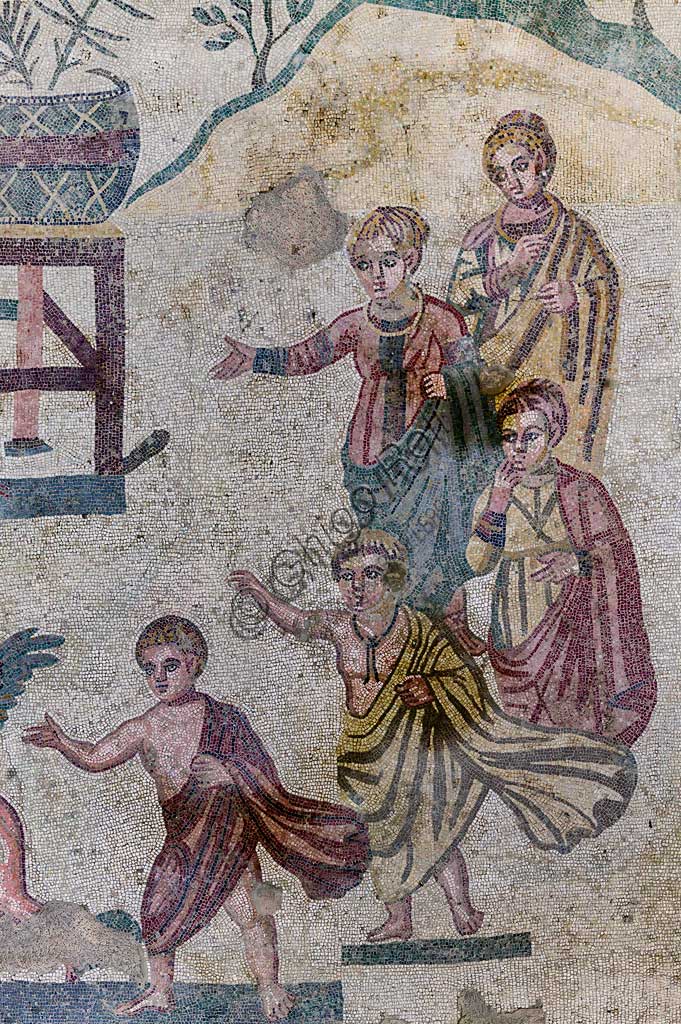
Piazza Armerina, Roman Villa of Casale, which was probably a...
add to lightbox
20232_719.jpg
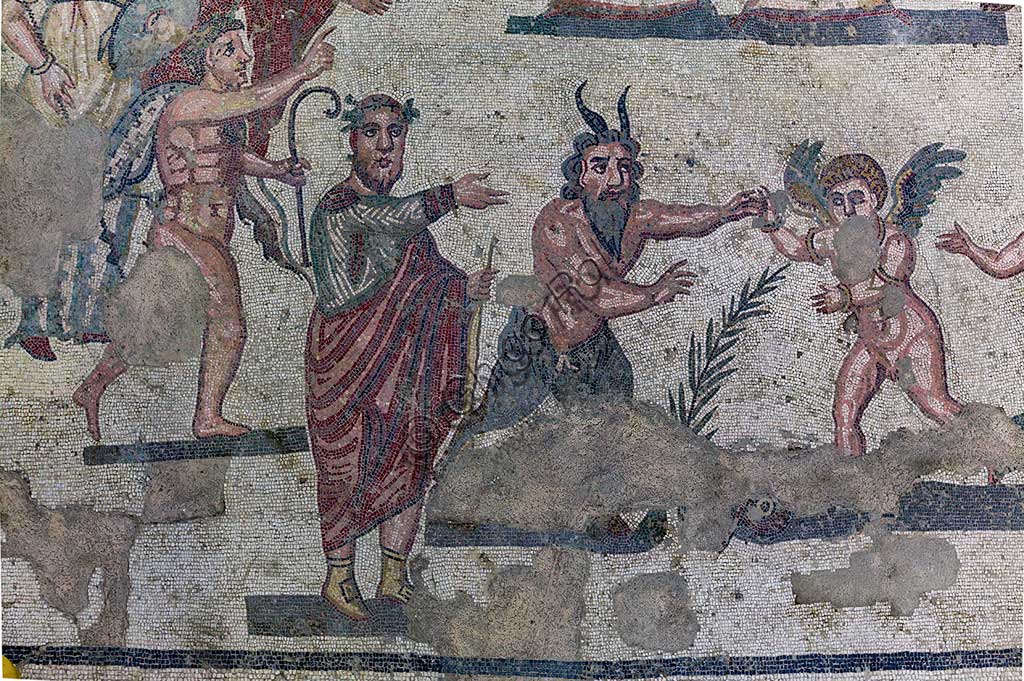
Piazza Armerina, Roman Villa of Casale, which was probably a...
add to lightbox
20232_718.jpg
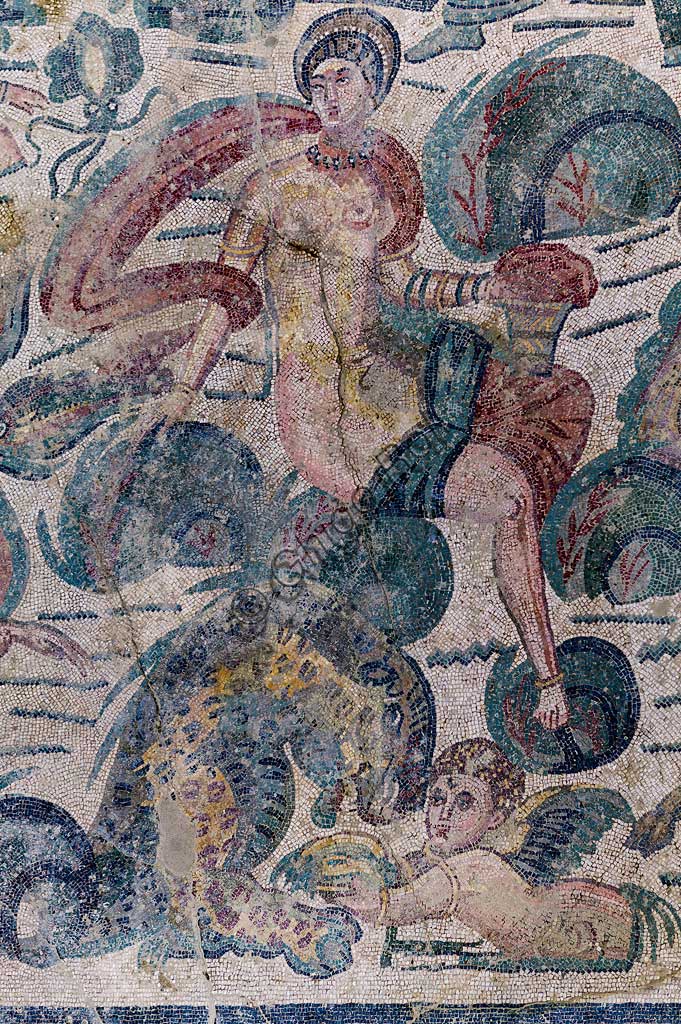
Piazza Armerina, Roman Villa of Casale, which was probably a...
add to lightbox
20232_717.jpg
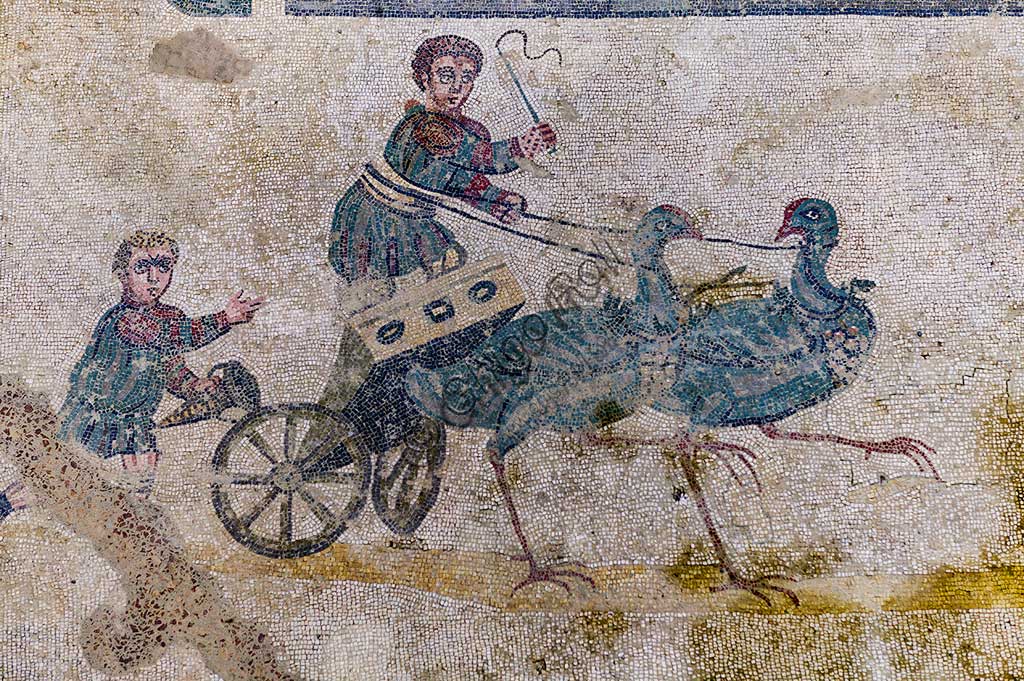
Piazza Armerina, Roman Villa of Casale, which was probably a...
add to lightbox
20232_716.jpg
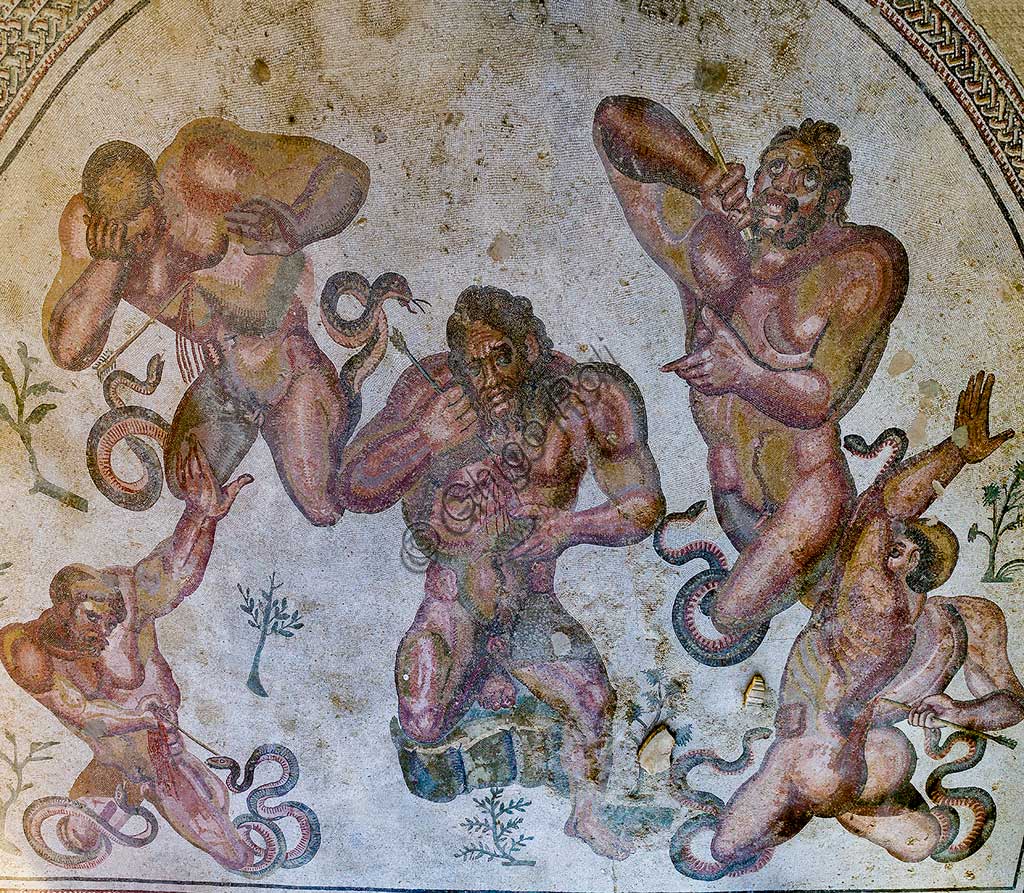
Piazza Armerina, Roman Villa of Casale, which was probably a...
add to lightbox
20232_713.jpg
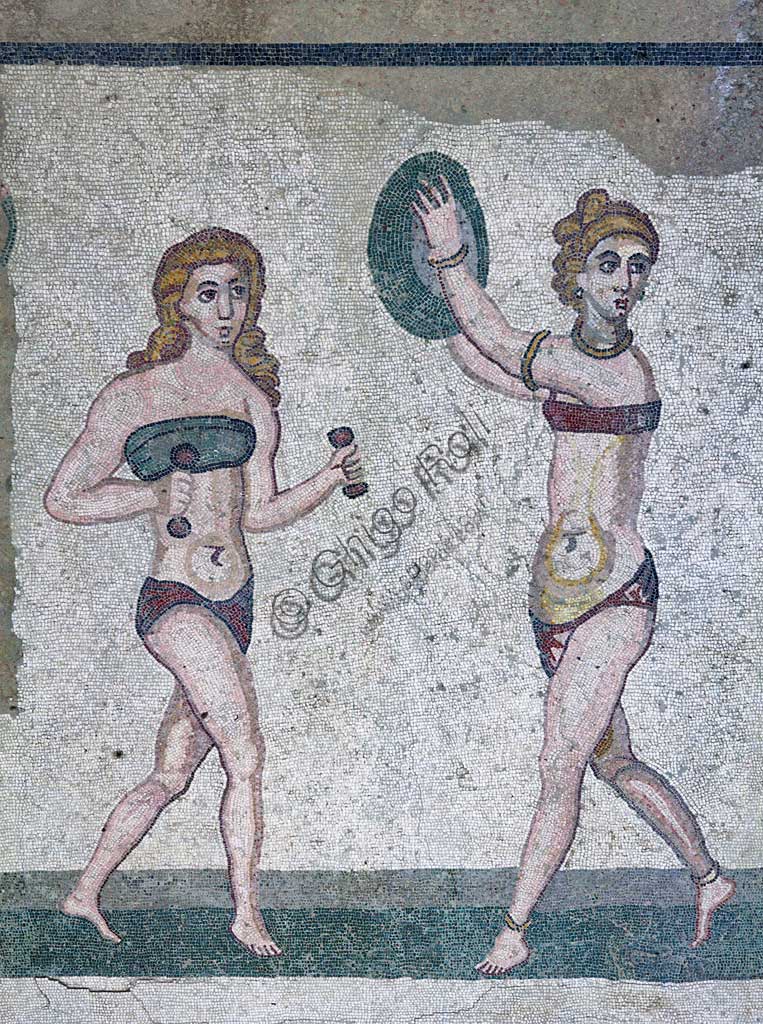
Piazza Armerina, Roman Villa of Casale, which was probably a...
add to lightbox
20232_711.jpg
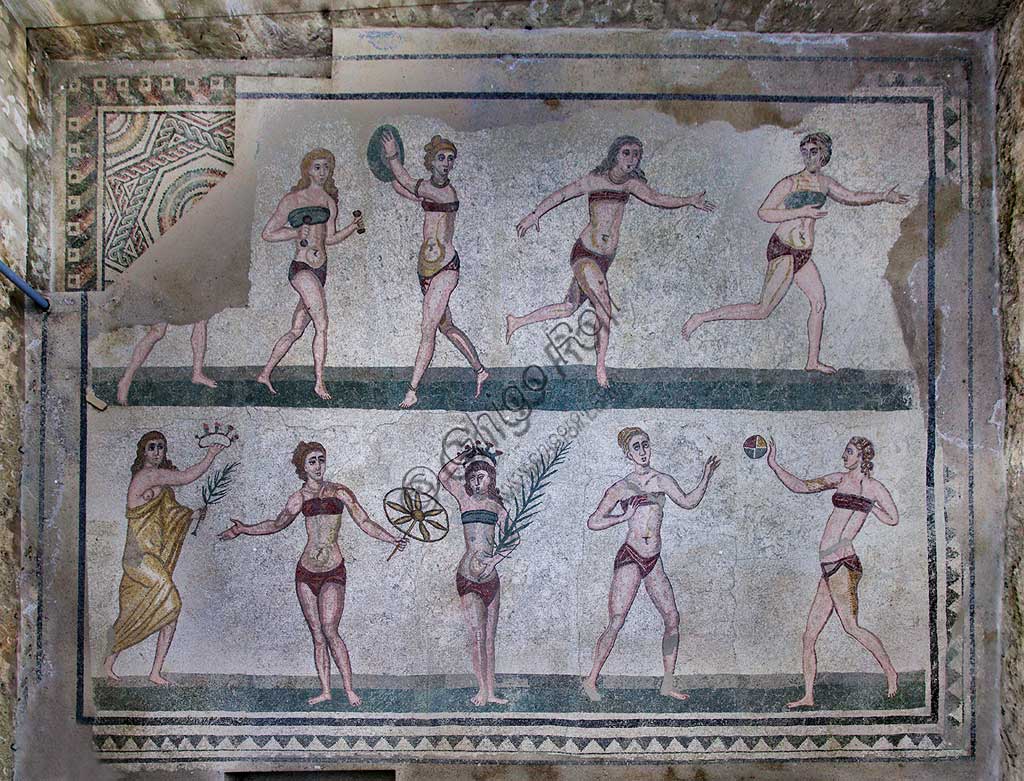
Piazza Armerina, Roman Villa of Casale, which was probably a...
add to lightbox
20232_710.jpg
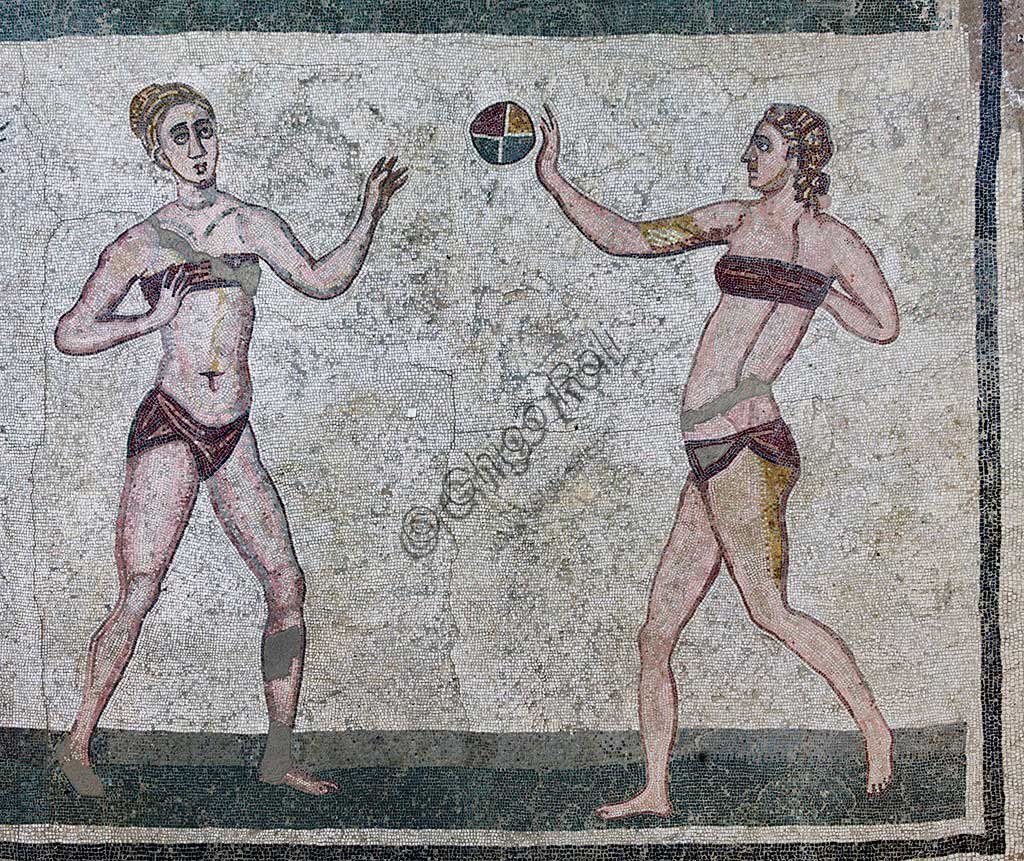
Piazza Armerina, Roman Villa of Casale, which was probably a...
add to lightbox
20232_709.jpg
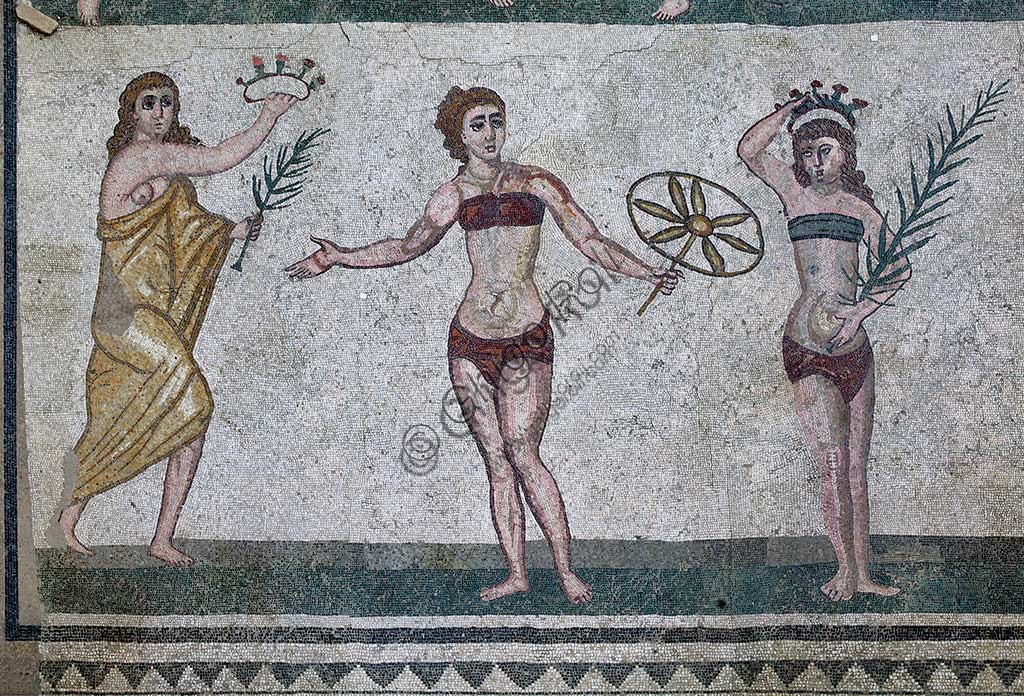
Piazza Armerina, Roman Villa of Casale, which was probably a...
add to lightbox
20232_709-10.jpg
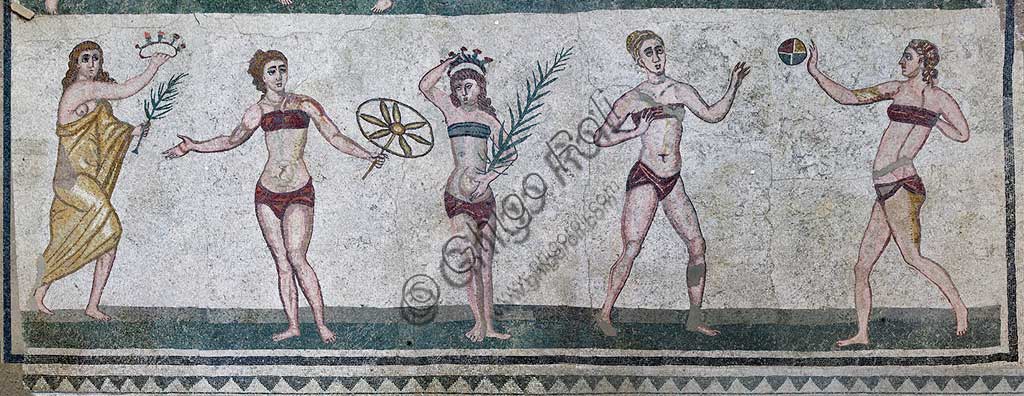
Piazza Armerina, Roman Villa of Casale, which was probably a...
add to lightbox
20232_708.jpg
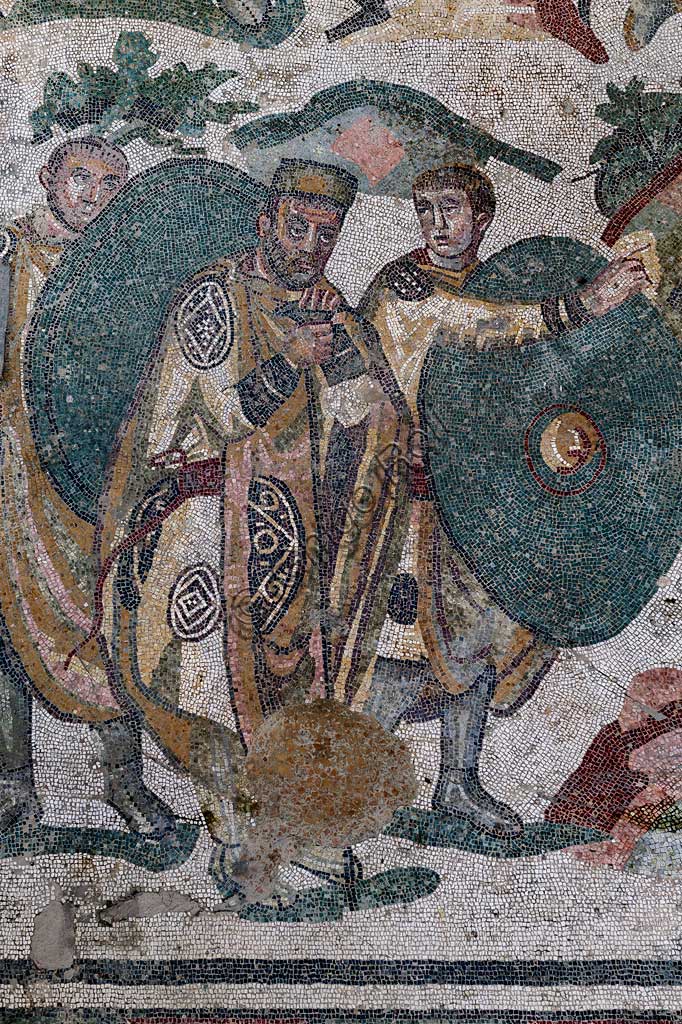
Piazza Armerina, Roman Villa of Casale, which was probably a...
add to lightbox
20232_707.jpg
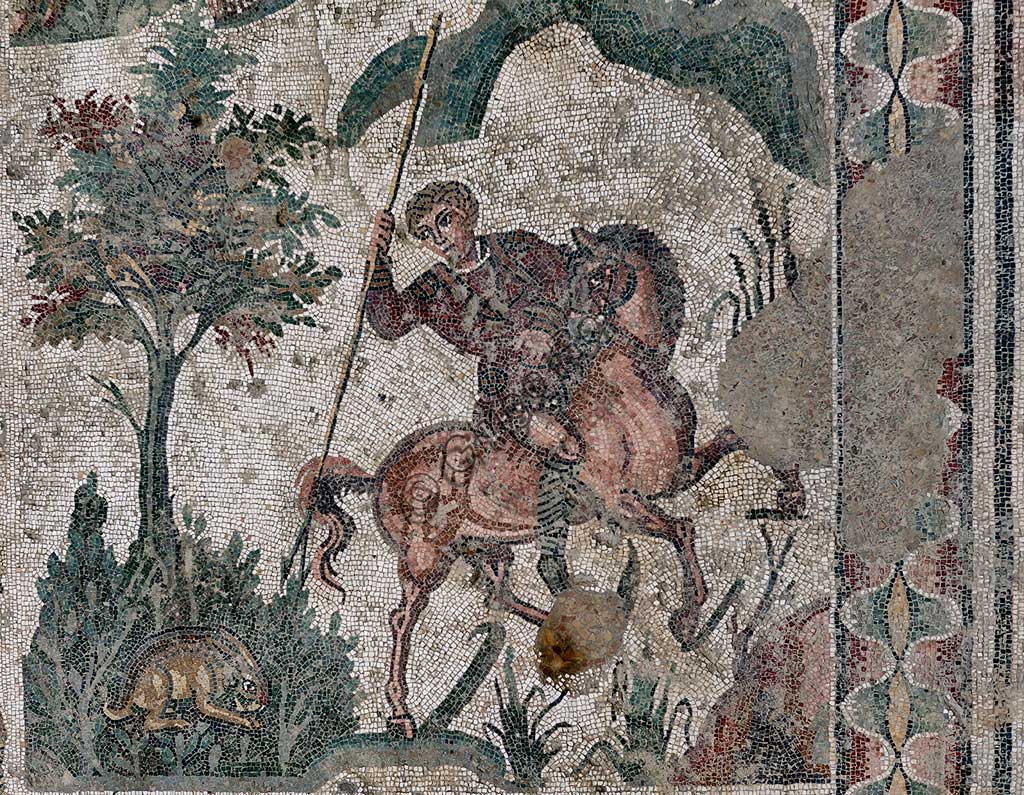
Piazza Armerina, Roman Villa of Casale, which was probably a...
add to lightbox
20232_706.jpg
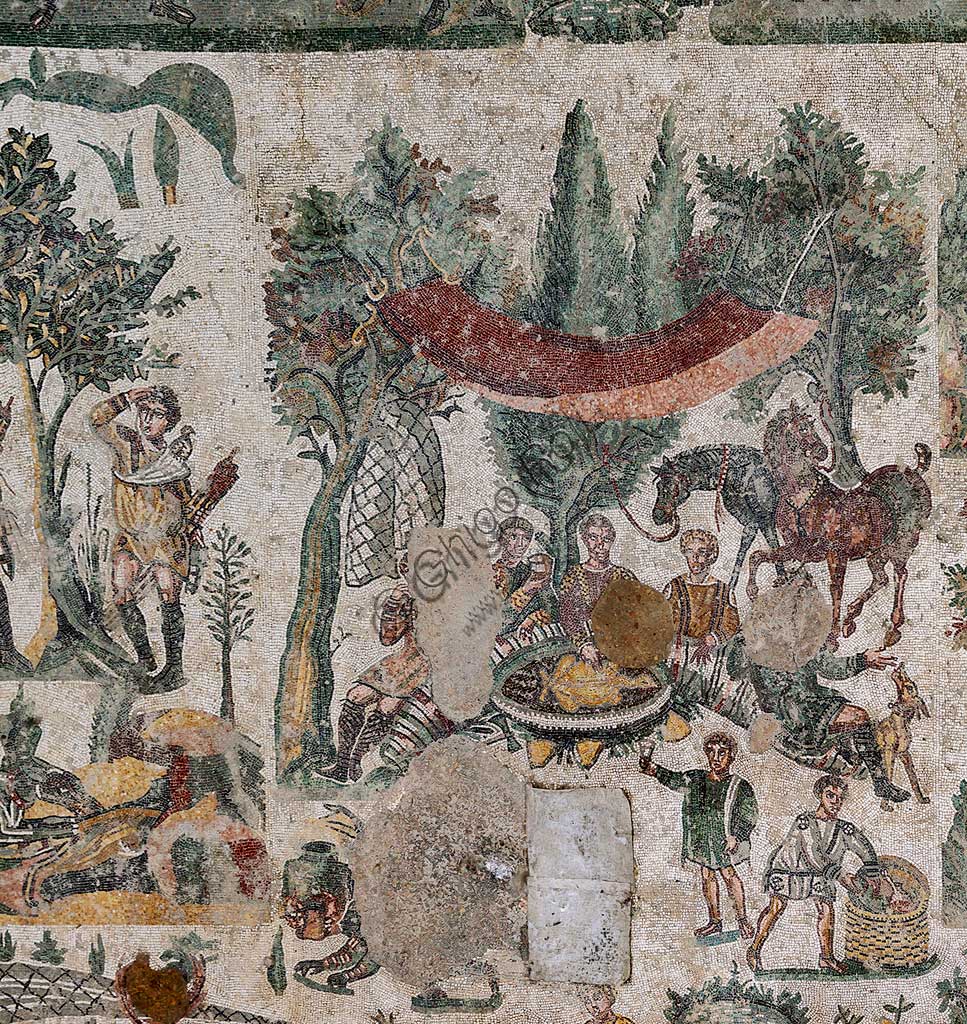
Piazza Armerina, Roman Villa of Casale, which was probably a...
add to lightbox
20232_705.jpg
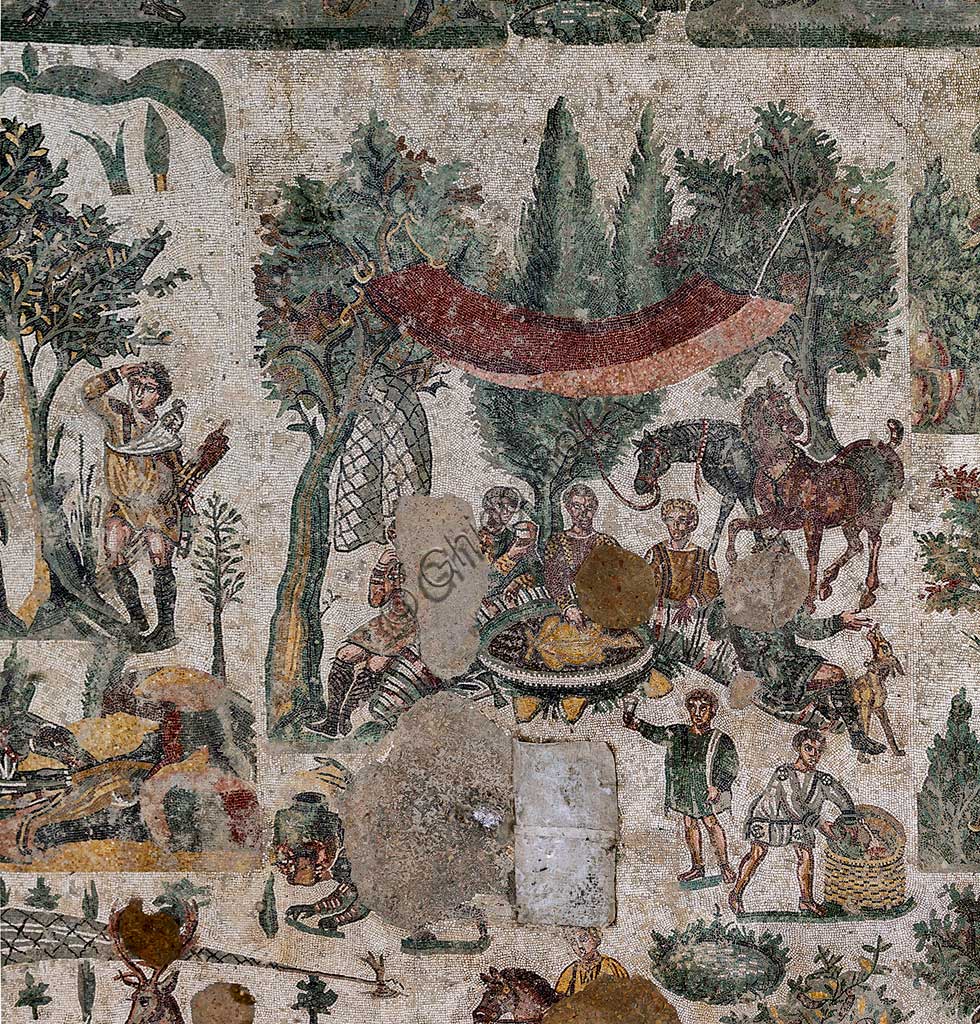
Piazza Armerina, Roman Villa of Casale, which was probably a...
add to lightbox
20232_704.jpg
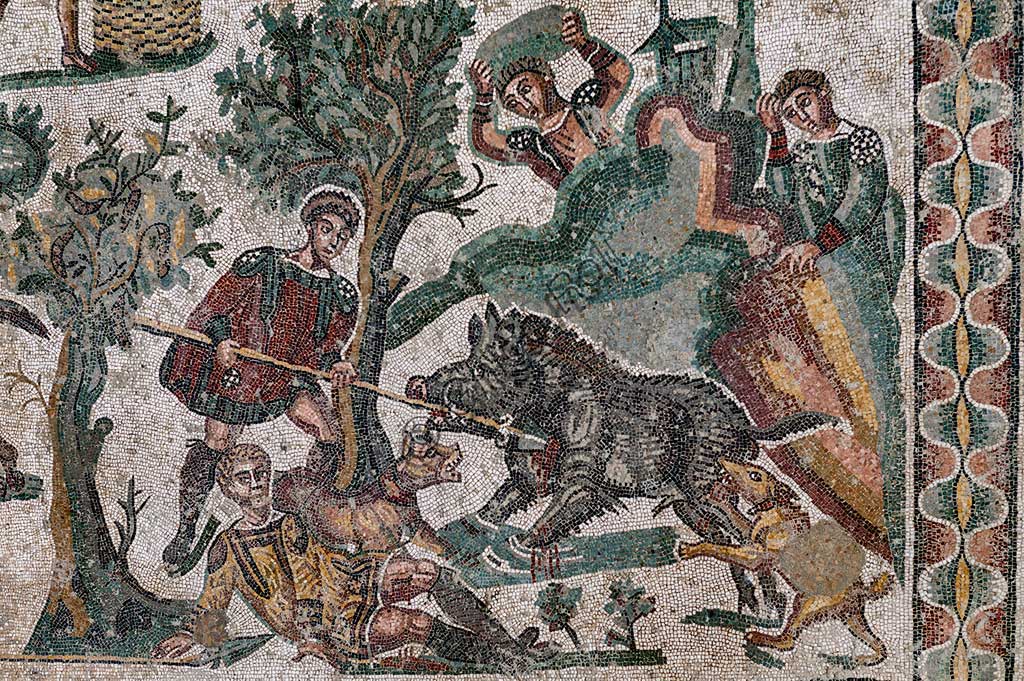
Piazza Armerina, Roman Villa of Casale, which was probably a...
add to lightbox
20232_703.jpg
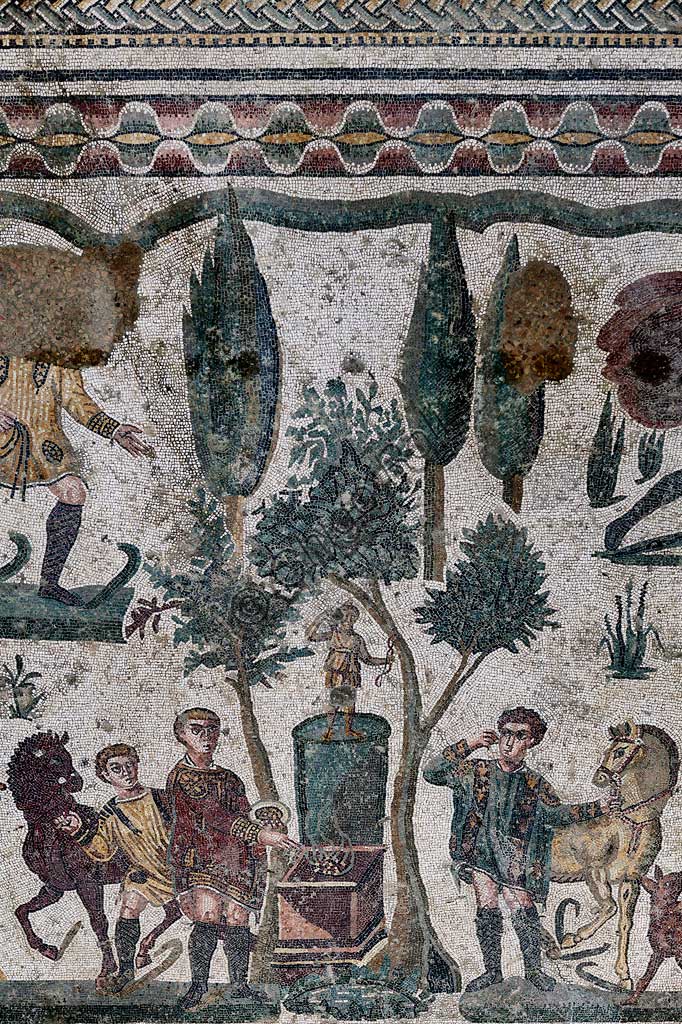
Piazza Armerina, Roman Villa of Casale, which was probably a...
add to lightbox
20232_702.jpg
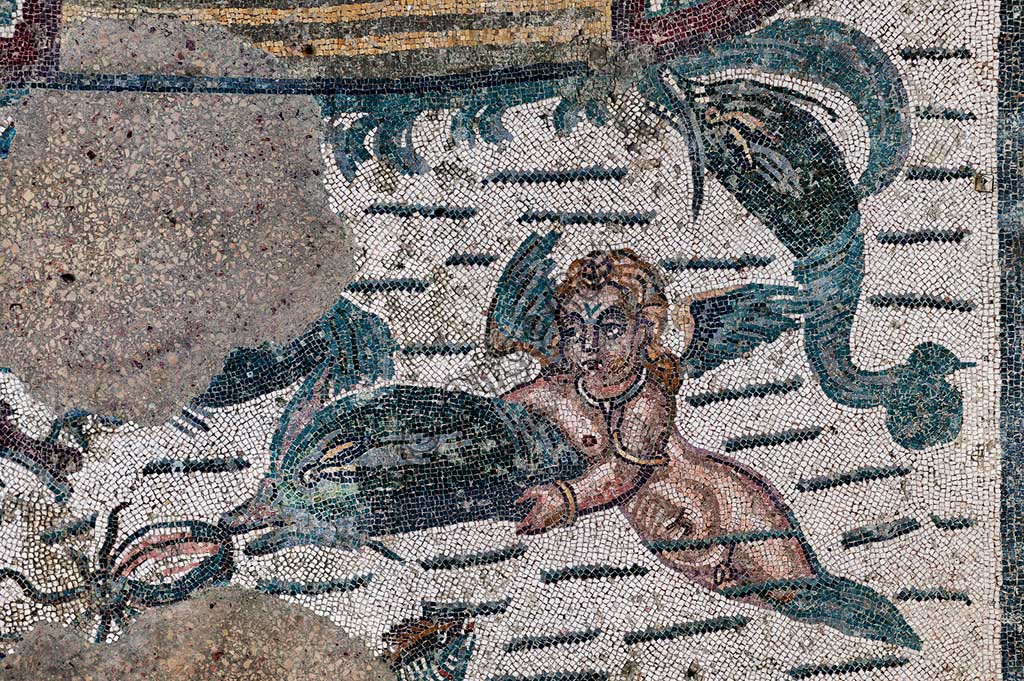
Piazza Armerina, Roman Villa of Casale, which was probably a...
add to lightbox
20232_701.jpg
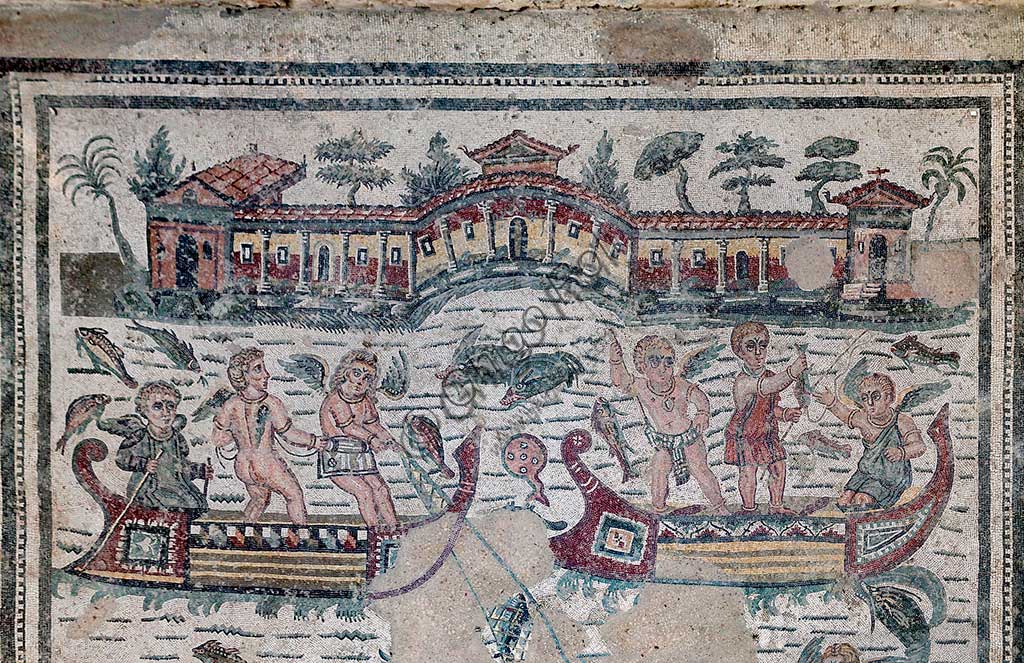
Piazza Armerina, Roman Villa of Casale, which was probably a...
add to lightbox
20232_700.jpg
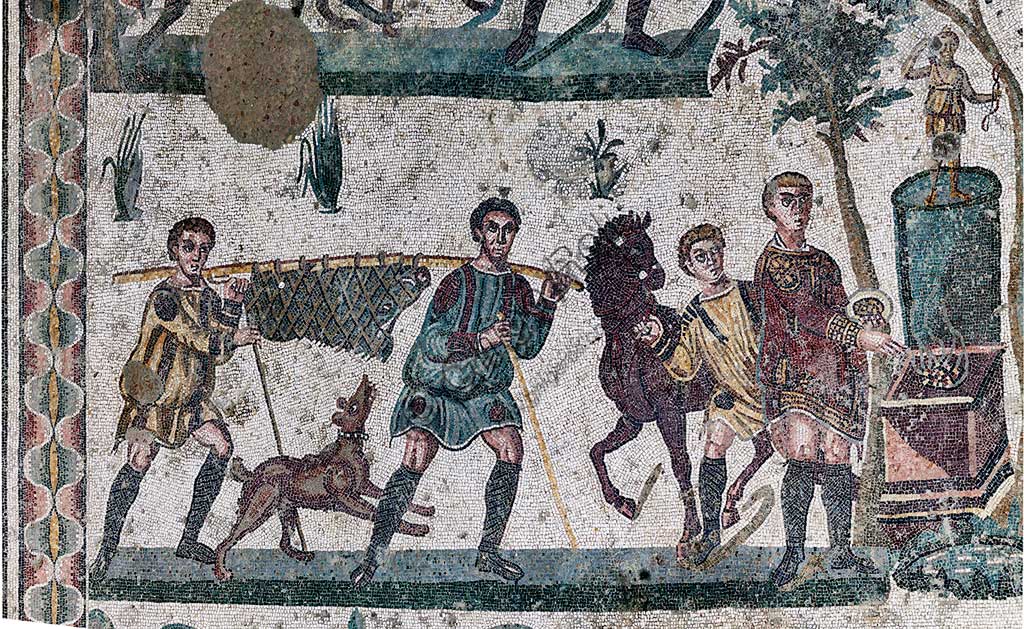
Piazza Armerina, Roman Villa of Casale, which was probably a...
add to lightbox
20232_699.jpg
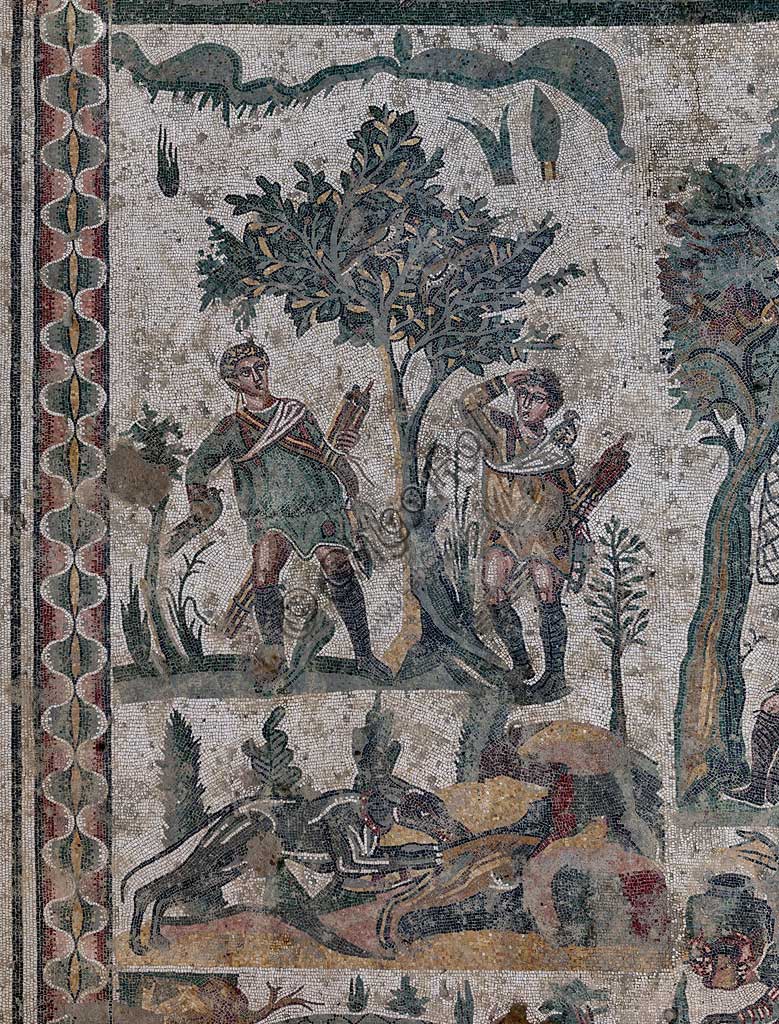
Piazza Armerina, Roman Villa of Casale, which was probably a...
add to lightbox
20232_698.jpg
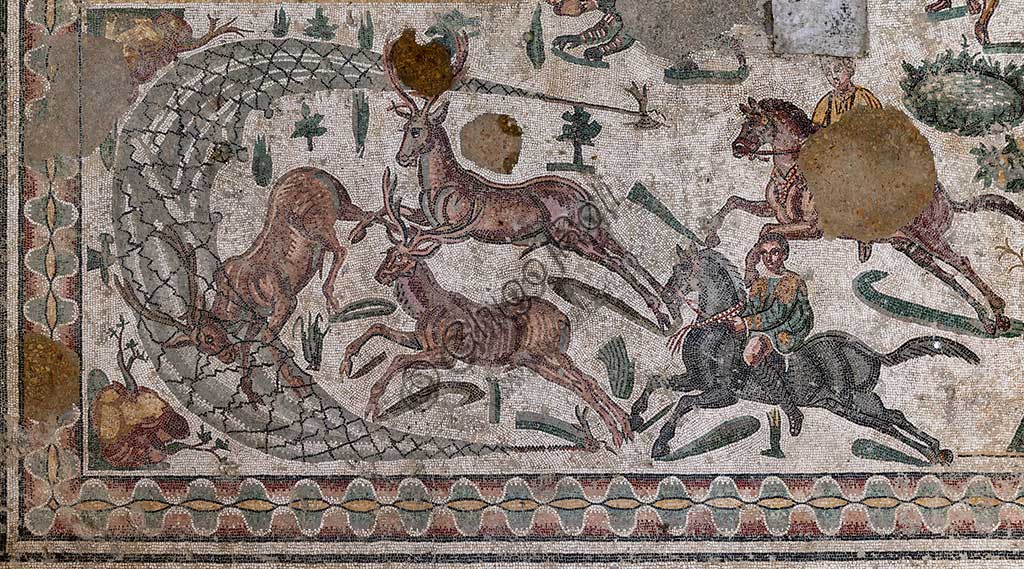
Piazza Armerina, Roman Villa of Casale, which was probably a...
add to lightbox
20232_697.jpg
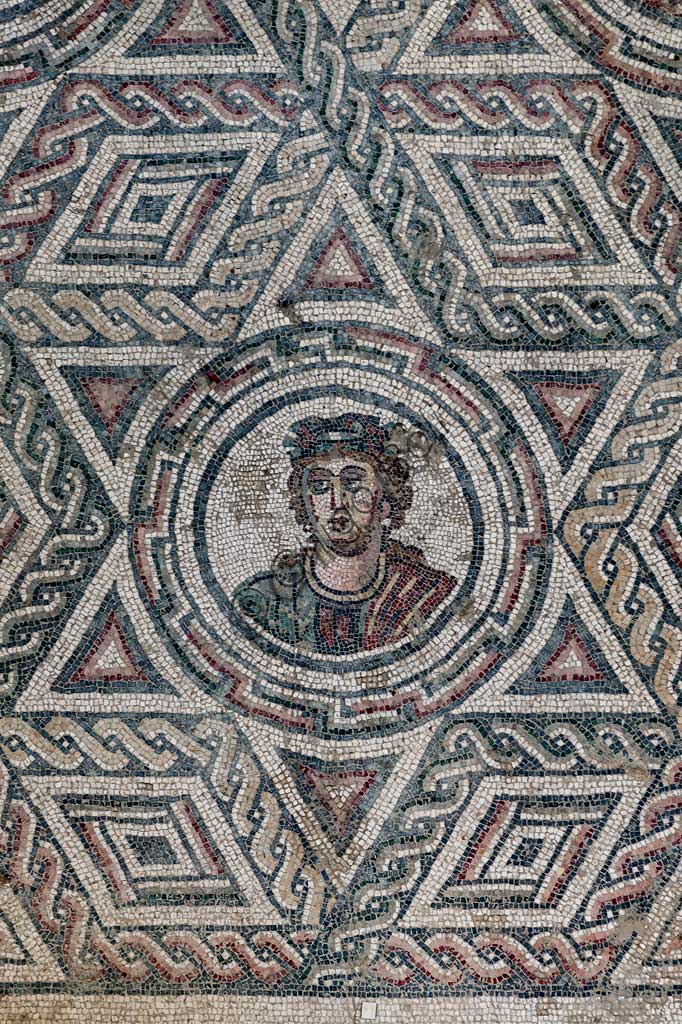
Piazza Armerina, Roman Villa of Casale, which was probably a...
add to lightbox
20232_696.jpg
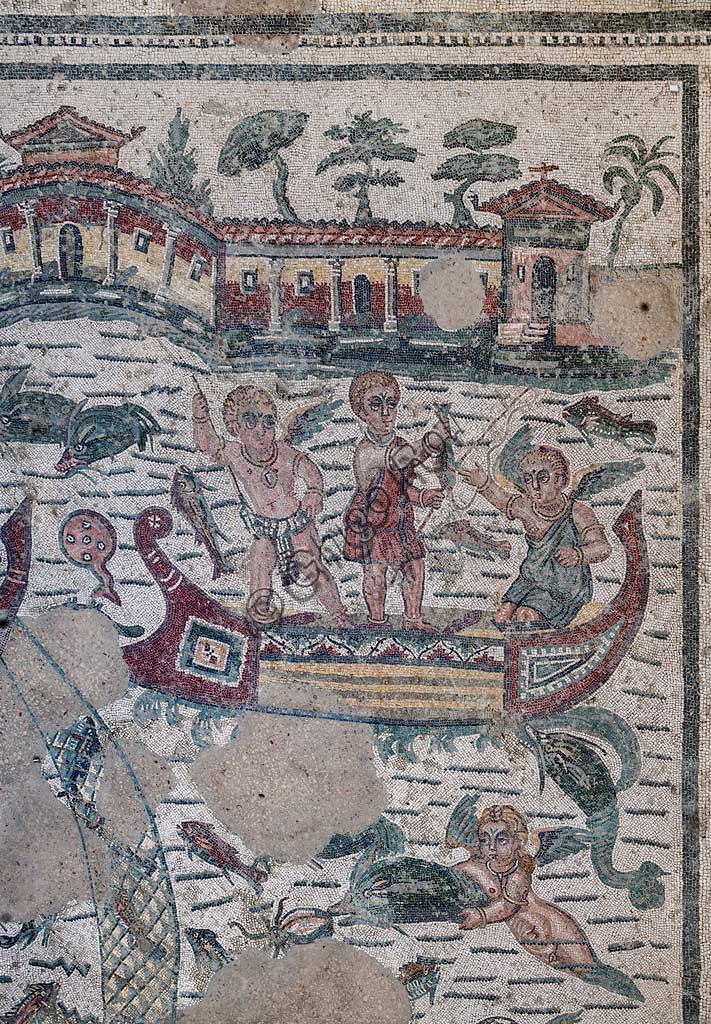
Piazza Armerina, Roman Villa of Casale, which was probably a...
add to lightbox
20232_695.jpg
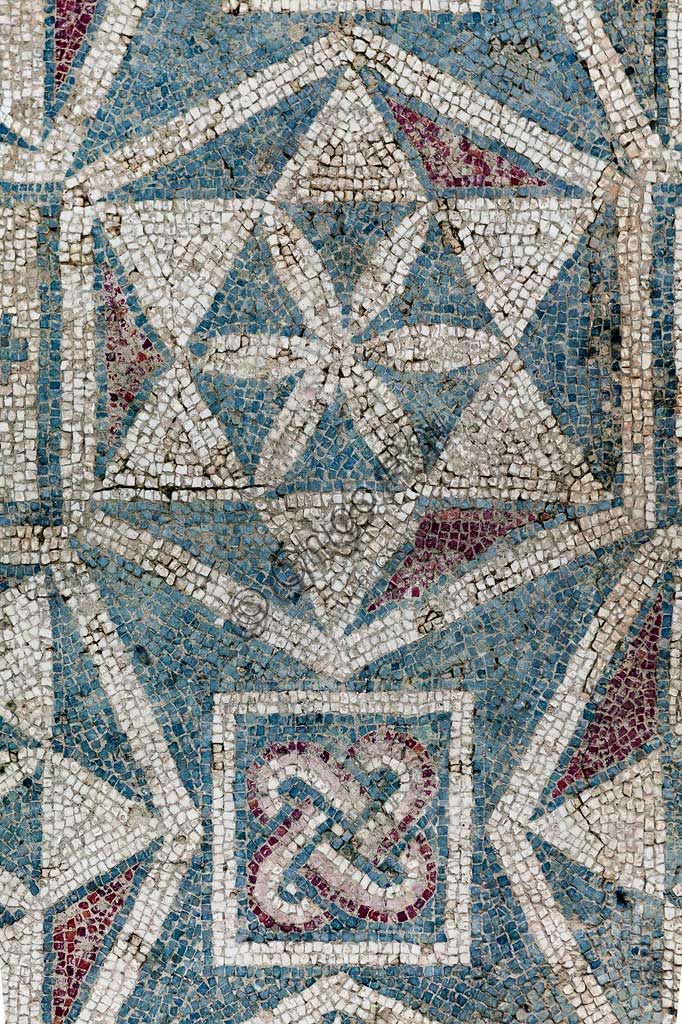
Piazza Armerina, Roman Villa of Casale, which was probably a...
add to lightbox
20232_694.jpg
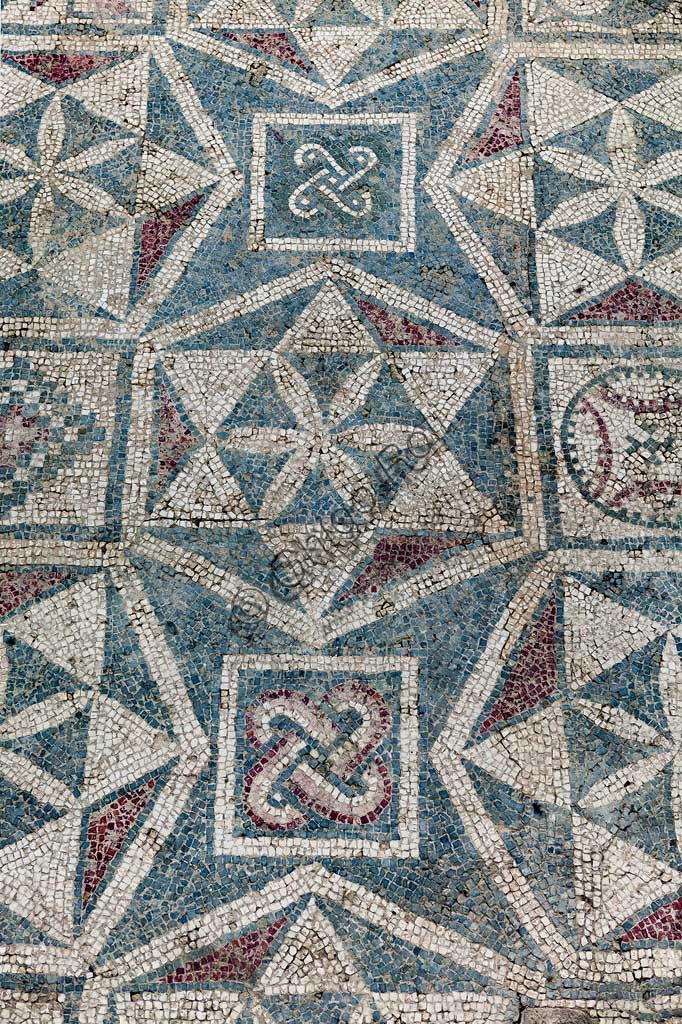
Piazza Armerina, Roman Villa of Casale, which was probably a...
add to lightbox
20232_693.jpg
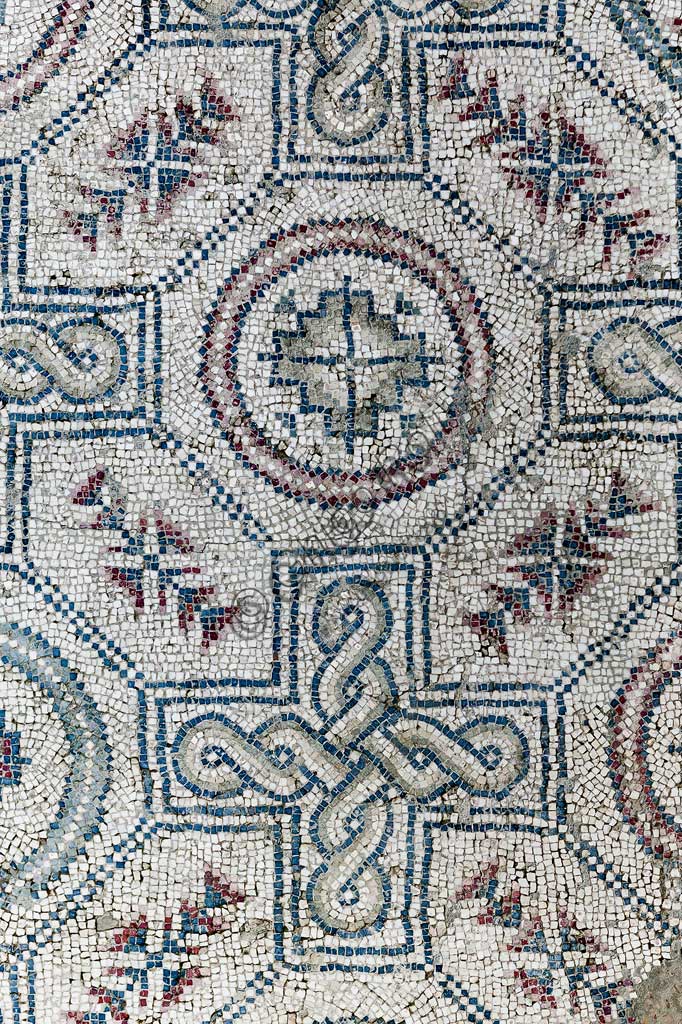
Piazza Armerina, Roman Villa of Casale, which was probably a...
add to lightbox
20232_692.jpg
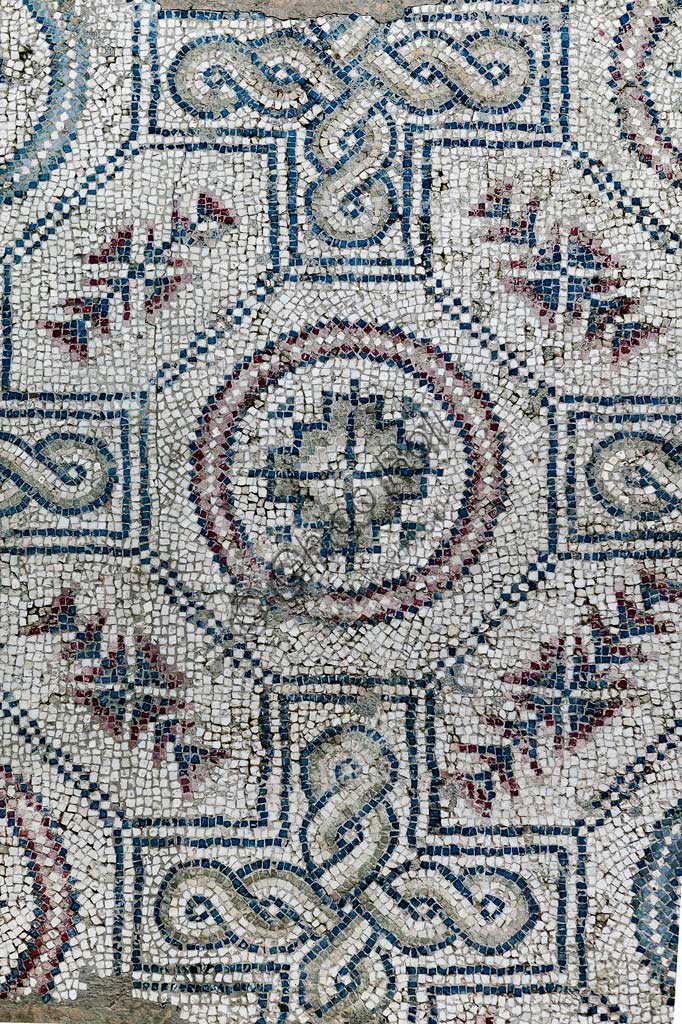
Piazza Armerina, Roman Villa of Casale, which was probably a...
add to lightbox
20232_691.jpg
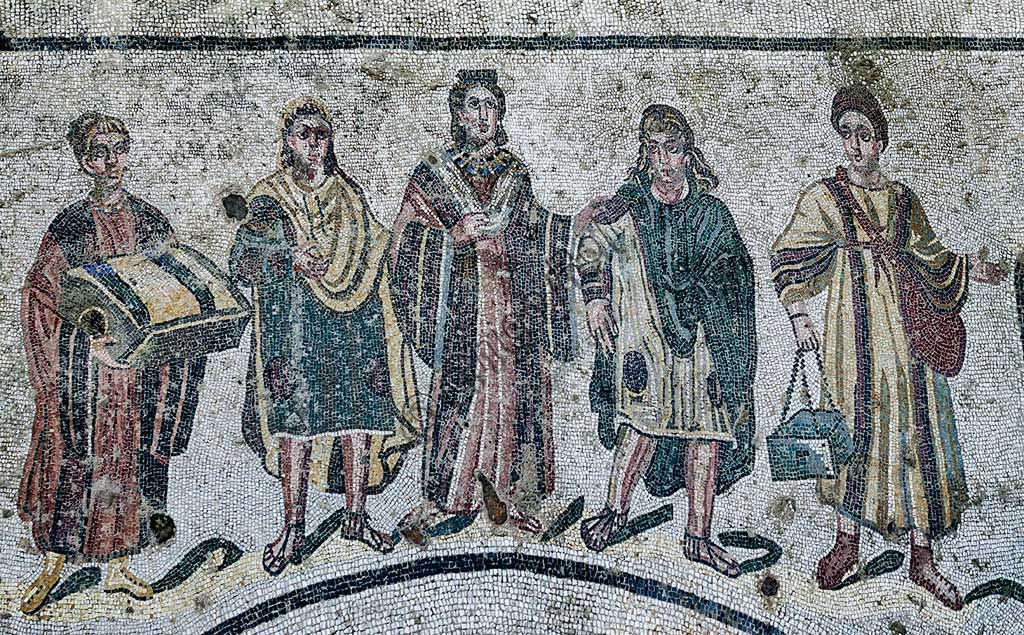
Piazza Armerina, Roman Villa of Casale, which was probably a...
add to lightbox
20232_688.jpg
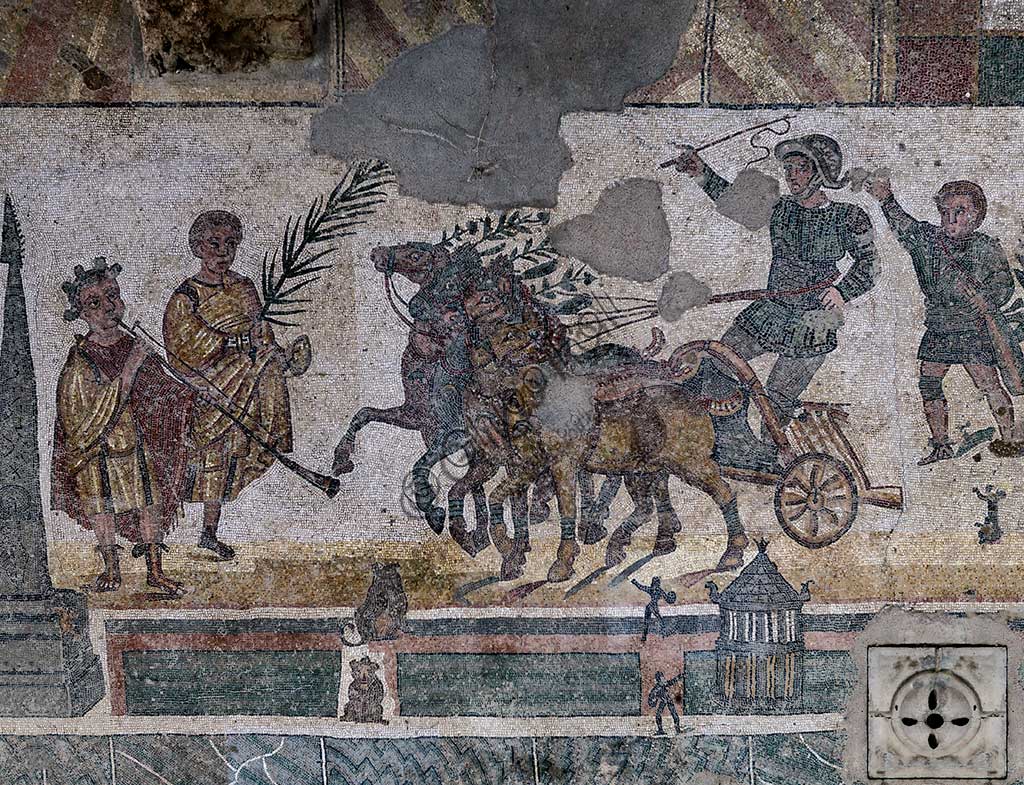
Piazza Armerina, Roman Villa of Casale, which was probably a...
add to lightbox
20232_685.jpg
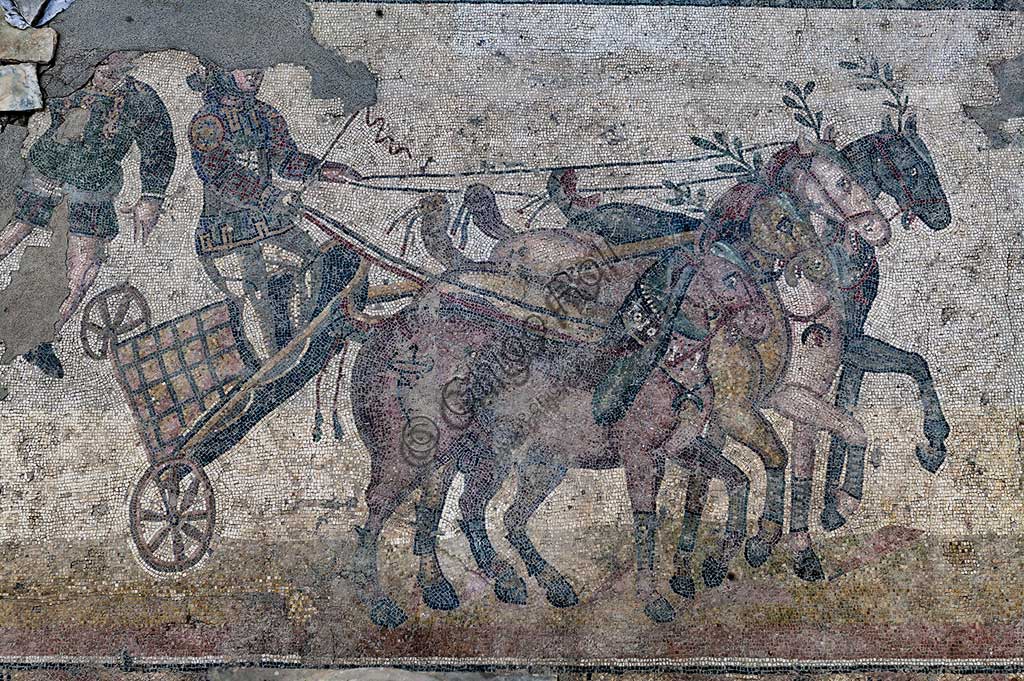
Piazza Armerina, Roman Villa of Casale, which was probably a...
add to lightbox
20232_682.jpg
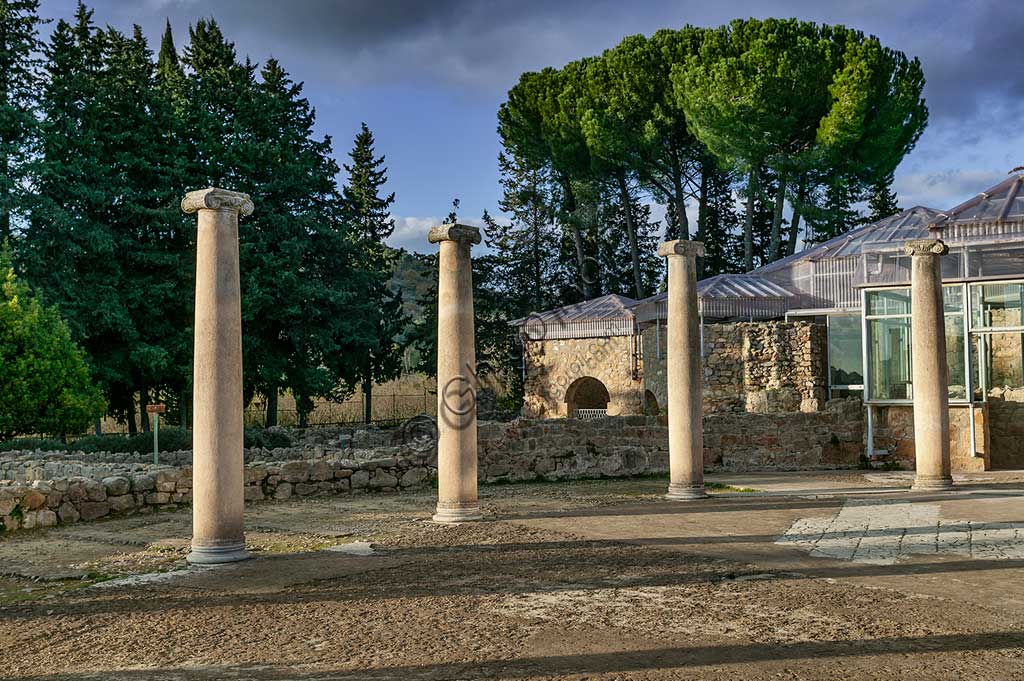
Piazza Armerina, Roman Villa of Casale: view of columns of t...
add to lightbox
20232_681.jpg
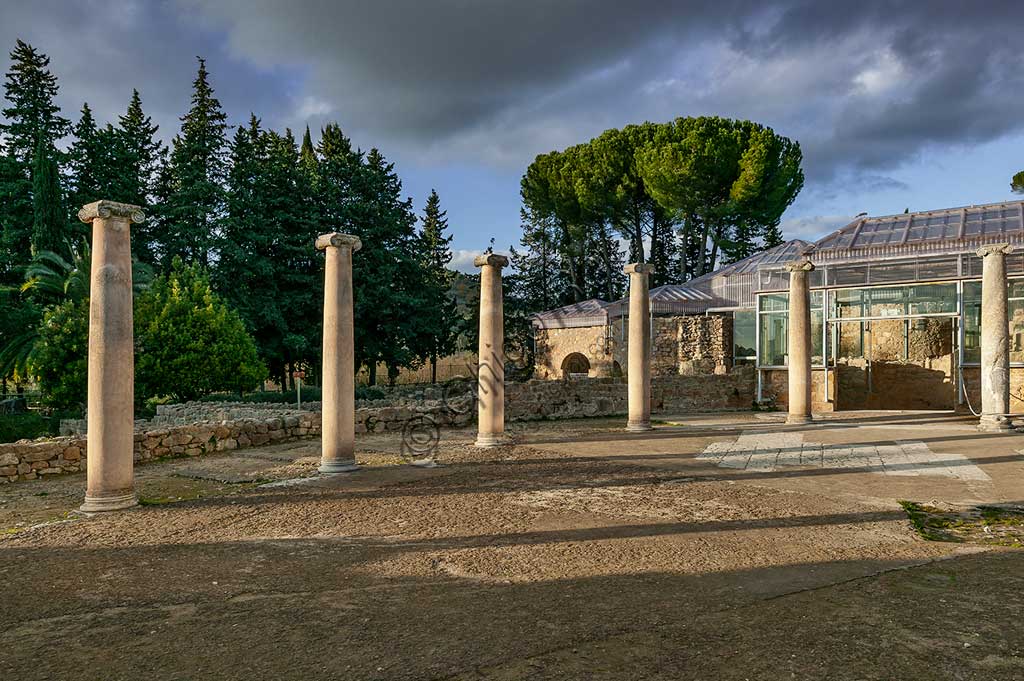
Piazza Armerina, Roman Villa of Casale: view of columns of t...
add to lightbox
20232_680.jpg
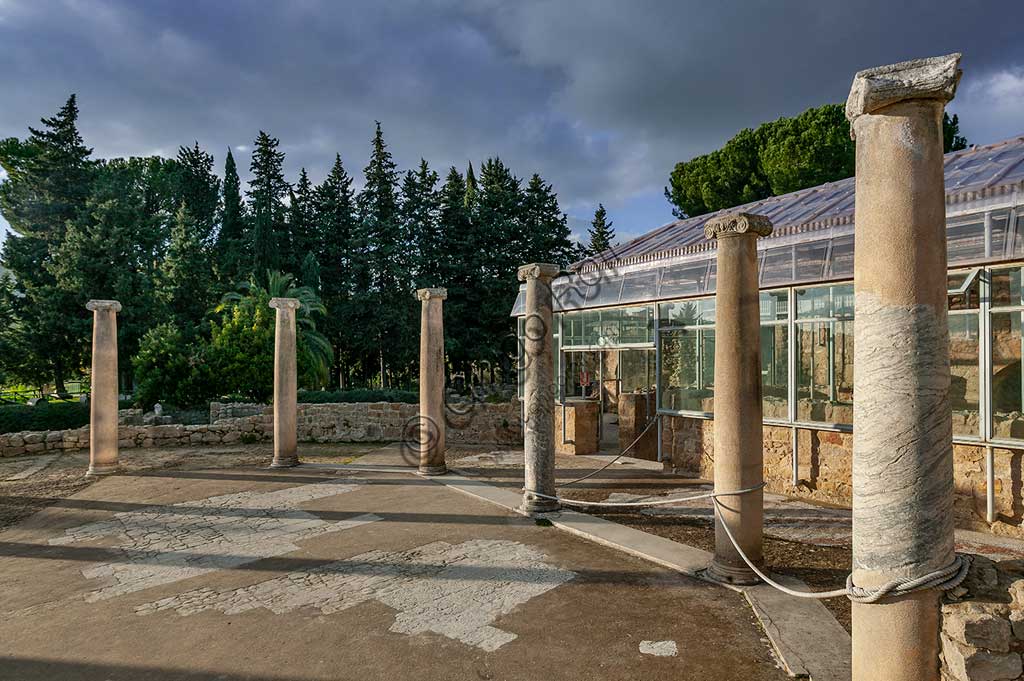
Piazza Armerina, Roman Villa of Casale: view of columns of t...
add to lightbox
20232_678.jpg
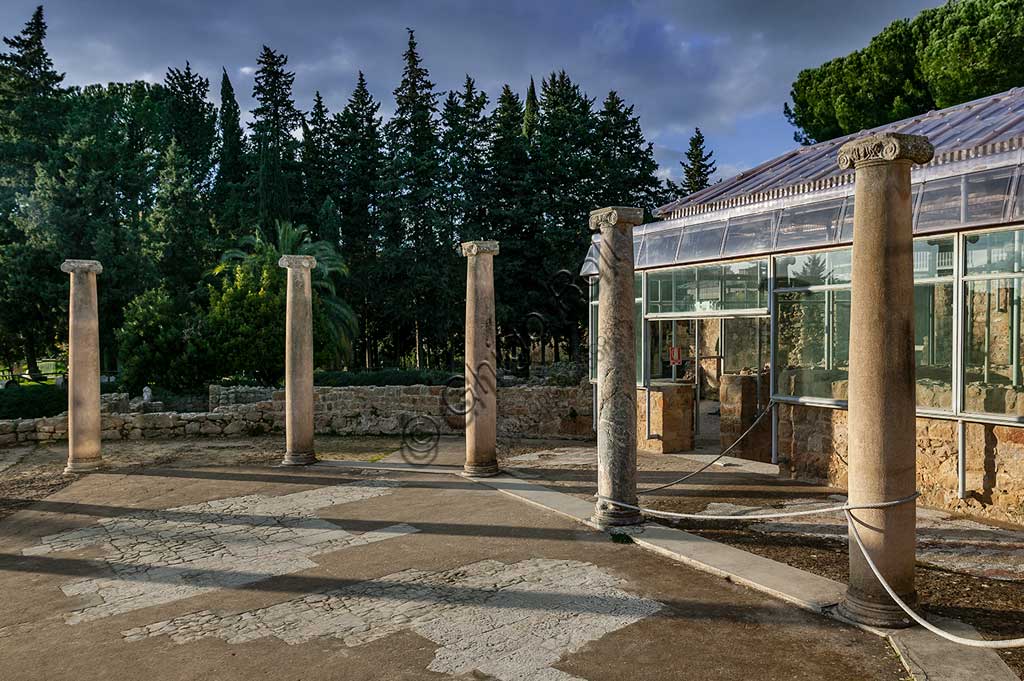
Piazza Armerina, Roman Villa of Casale: view of columns of t...
add to lightbox
20232_676.jpg
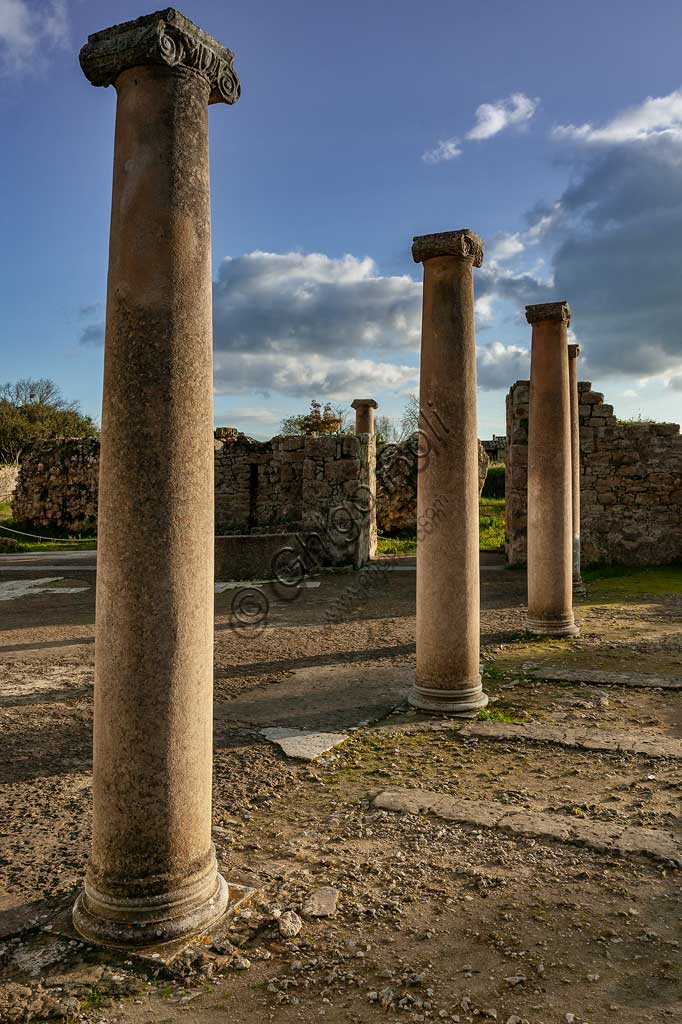
Piazza Armerina, Roman Villa of Casale: view of columns of t...
add to lightbox
20232_674.jpg
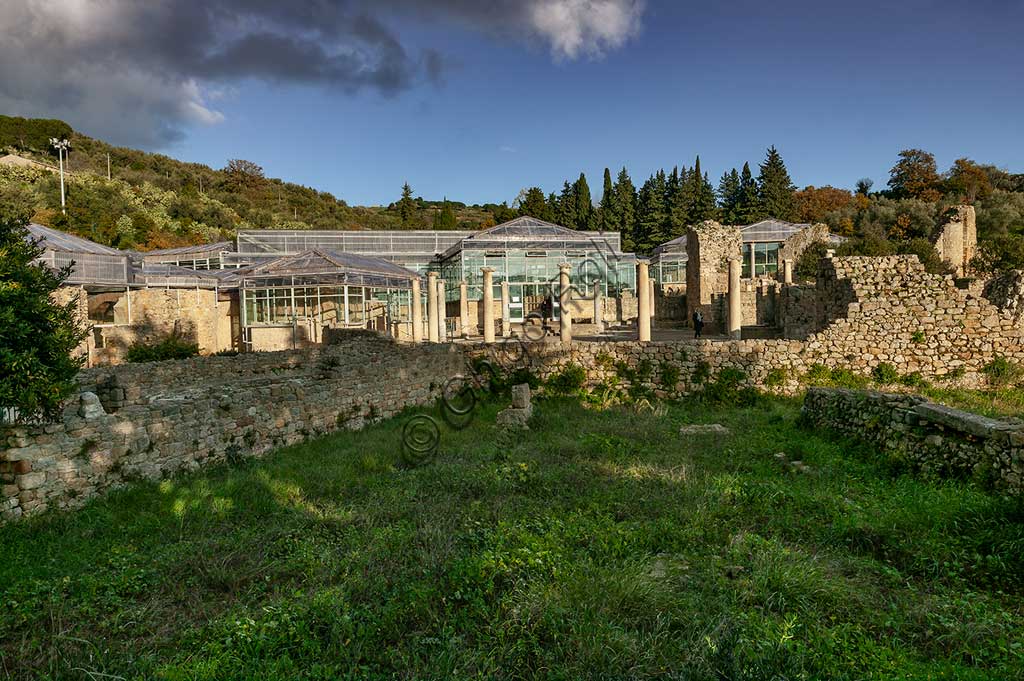
Piazza Armerina, Roman Villa of Casale: view of the villa, w...
add to lightbox
20232_669.jpg
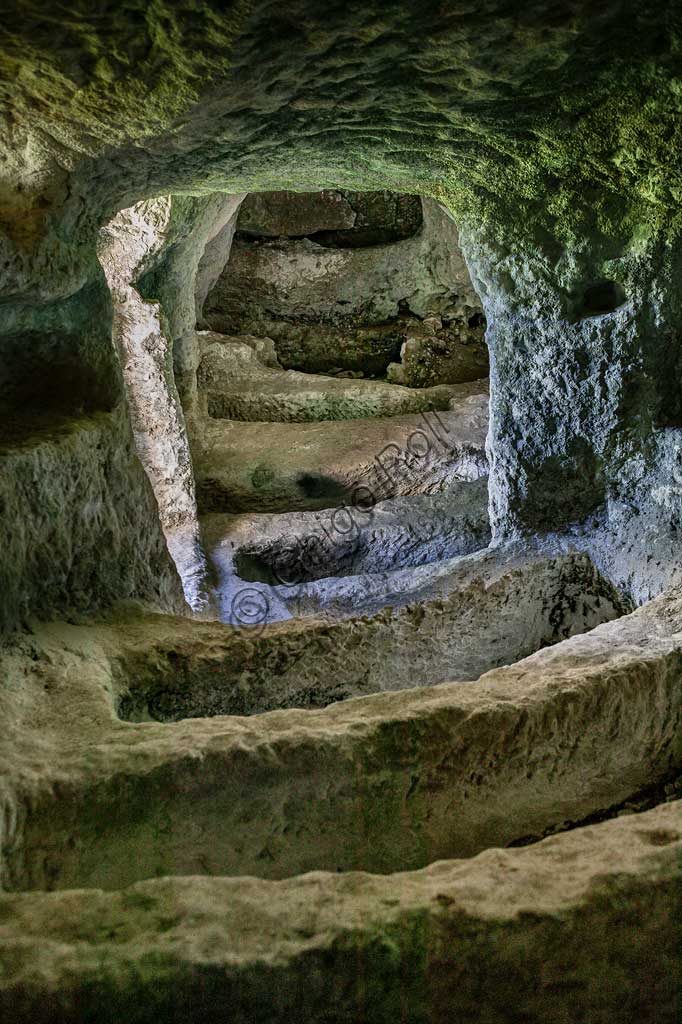
Palazzolo Acreide, The archaeological site of Akrai: view o...
add to lightbox
20232_659.jpg
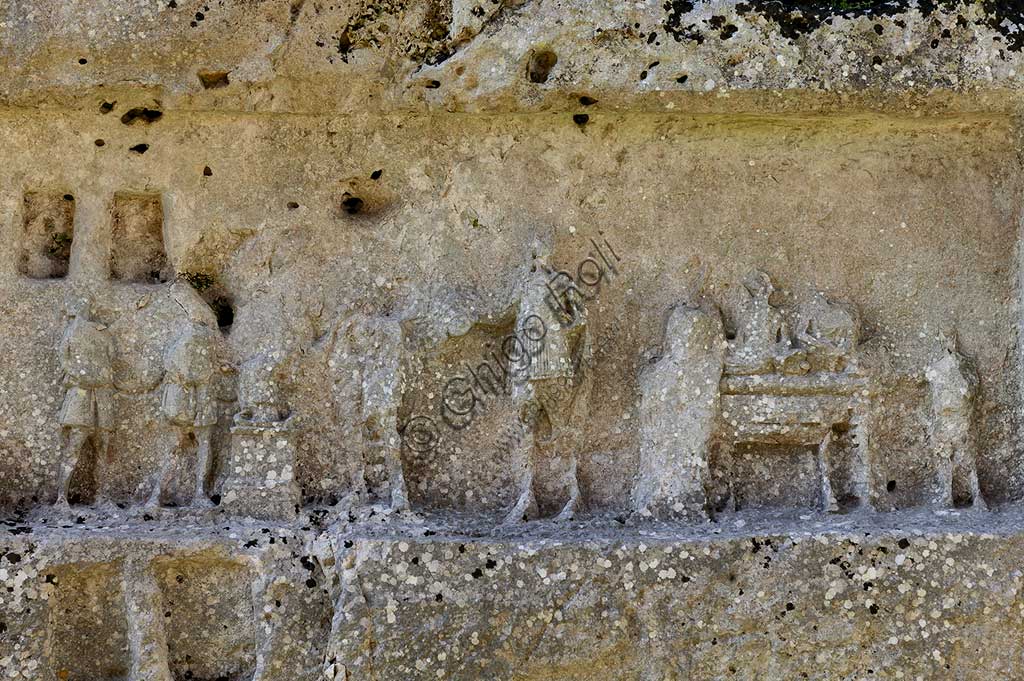
Palazzolo Acreide, The archaeological site of Akrai: detail...
add to lightbox
20232_656.jpg
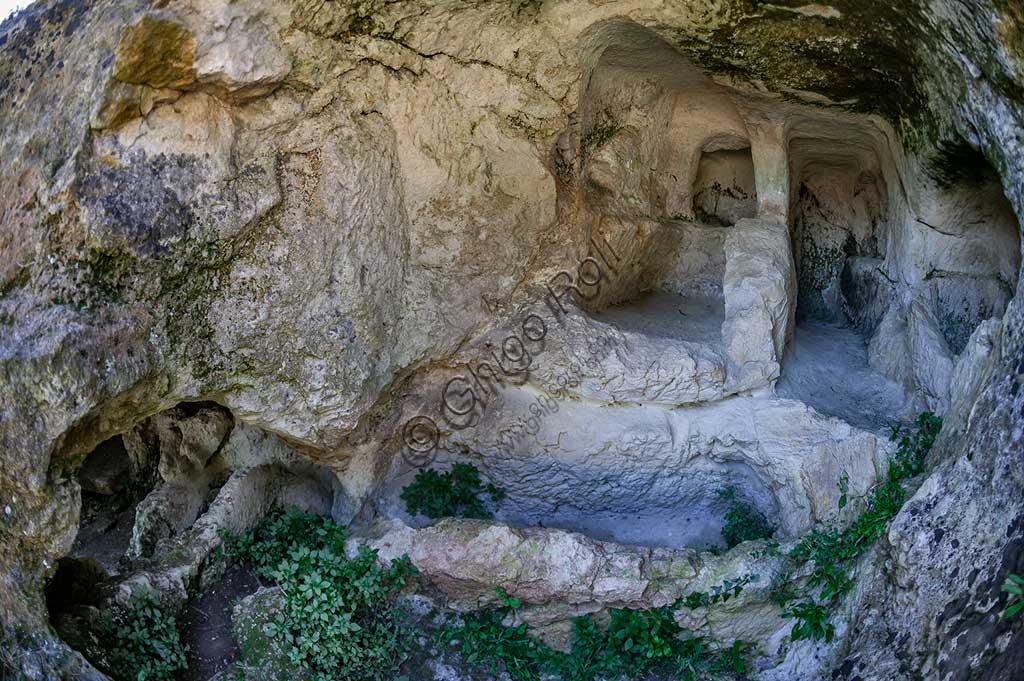
Palazzolo Acreide, The archaeological site of Akrai: view o...
add to lightbox
20232_655.jpg
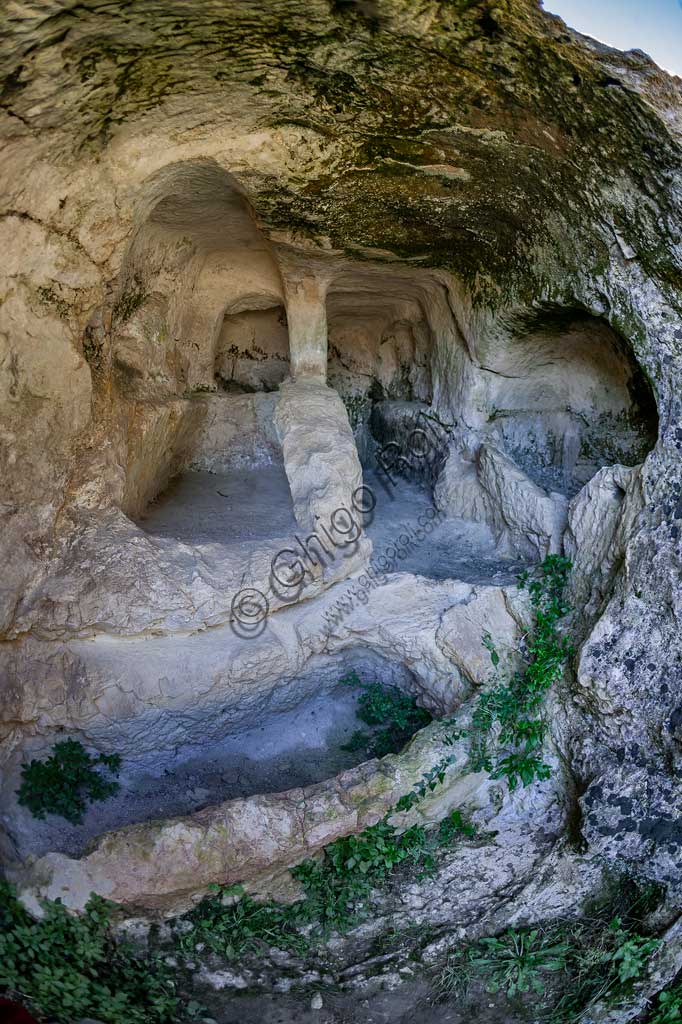
Palazzolo Acreide, The archaeological site of Akrai: view o...
add to lightbox
20232_653.jpg
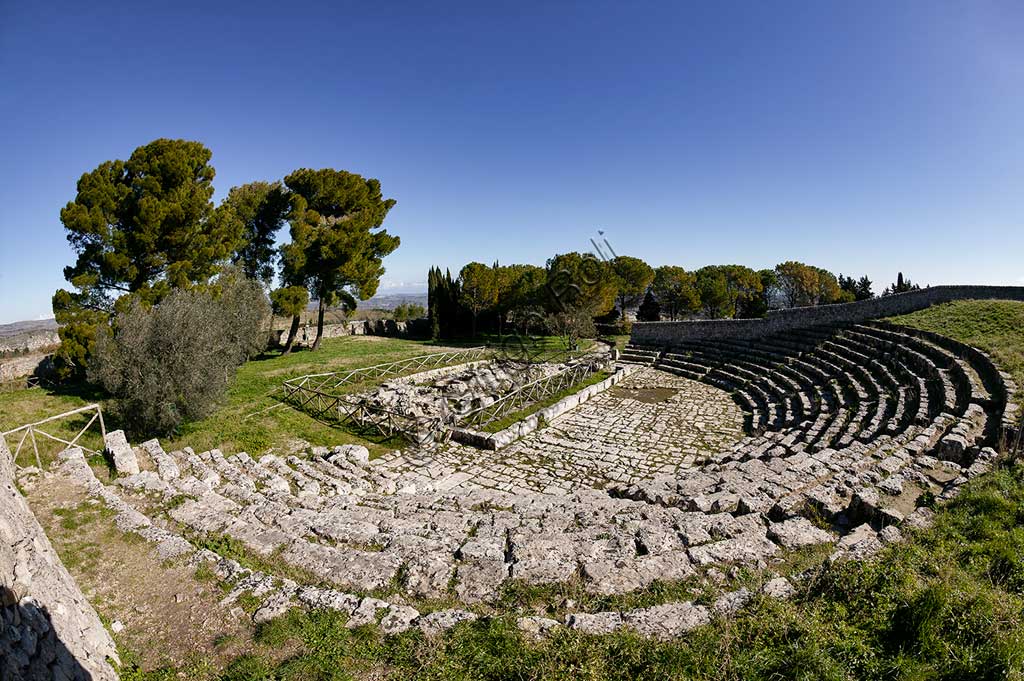
Palazzolo Acreide, The archaeological site of Akrai: view o...
add to lightbox
20232_652.jpg
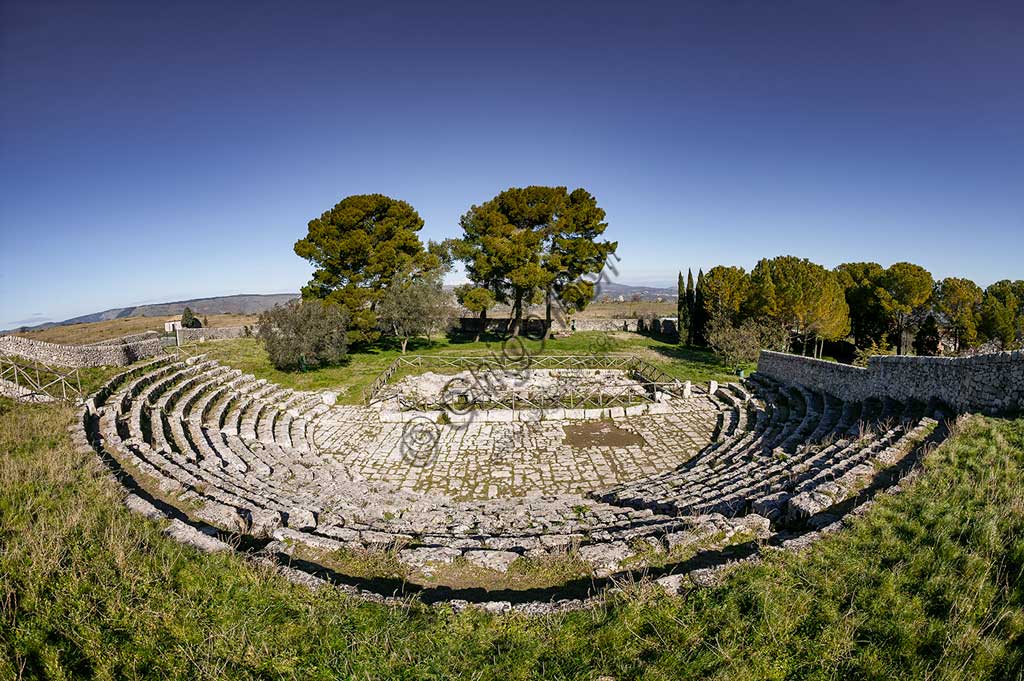
Palazzolo Acreide, The archaeological site of Akrai: view o...
add to lightbox
20232_650.jpg
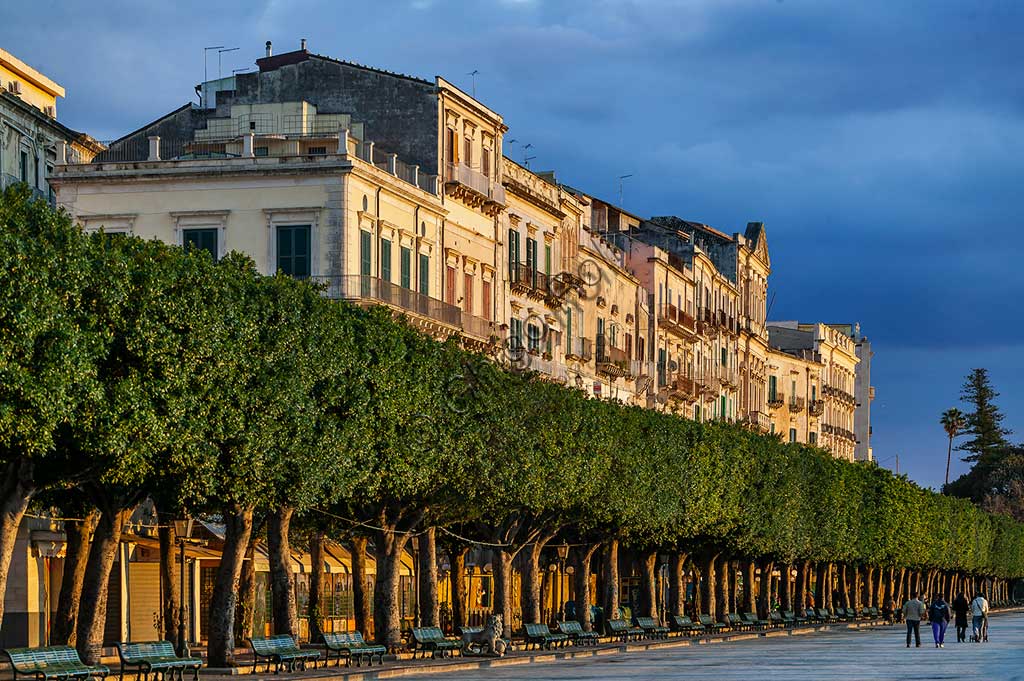
Syracuse, Island of Ortigia: view of the Vittorio Emanuele i...
add to lightbox
20232_646.jpg
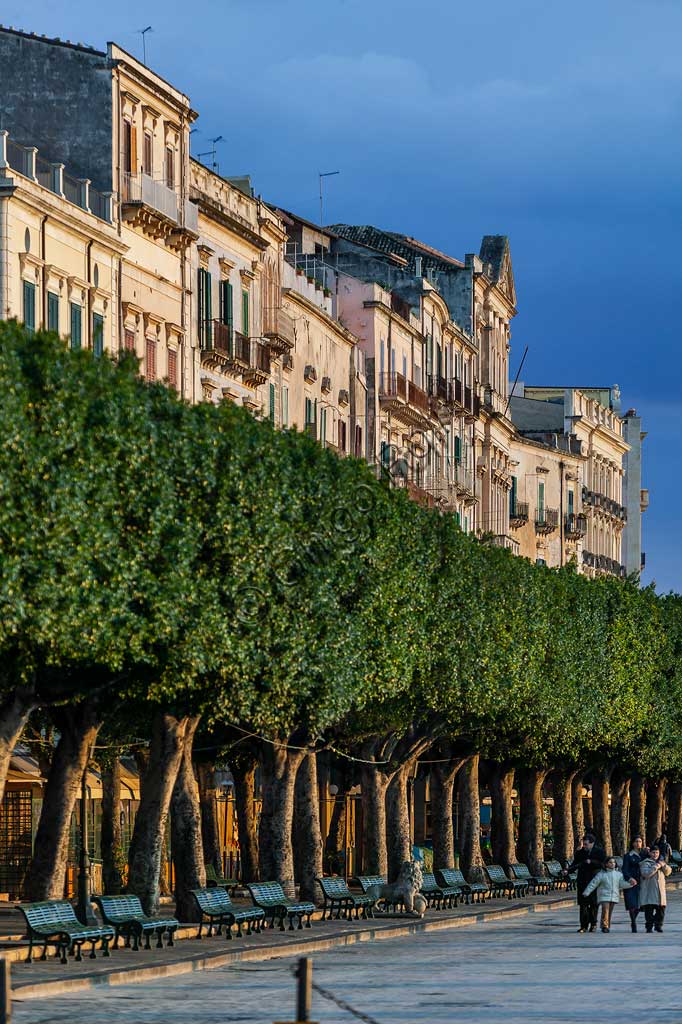
Syracuse, Island of Ortigia: view of the Vittorio Emanuele i...
add to lightbox
20232_618.jpg
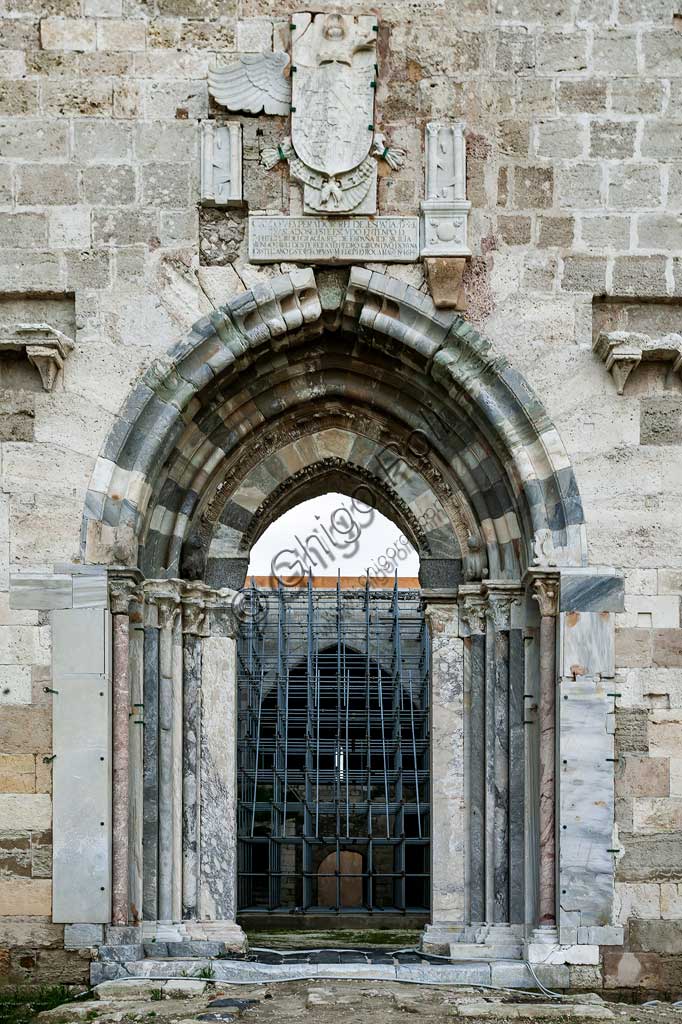
Syracuse, Island of Ortigia, the Maniace Castle: the door, w...
add to lightbox
20232_609.jpg
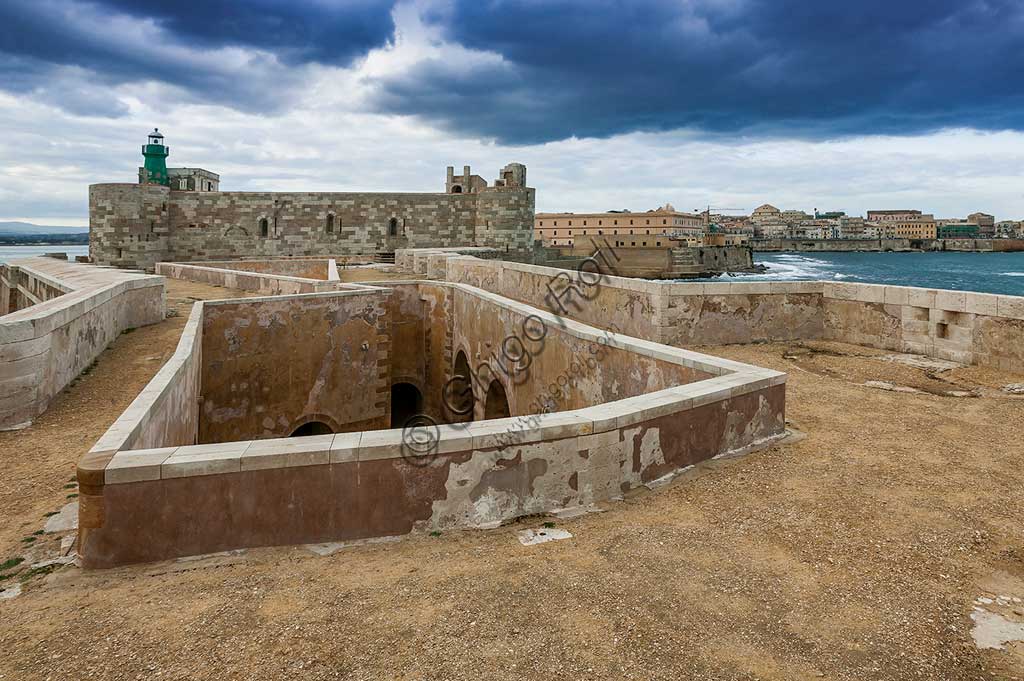
Syracuse: bastions of the Maniace Castle on the island of Or...
add to lightbox
20232_608.jpg
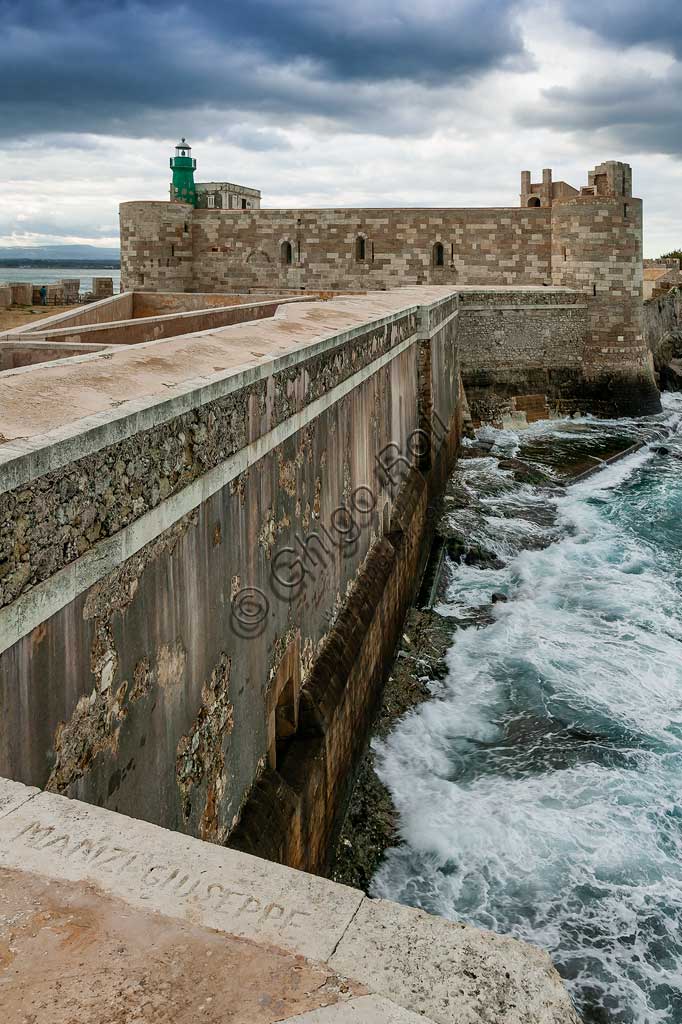
Syracuse: bastions of the Maniace Castle on the island of Or...
add to lightbox
20232_600.jpg
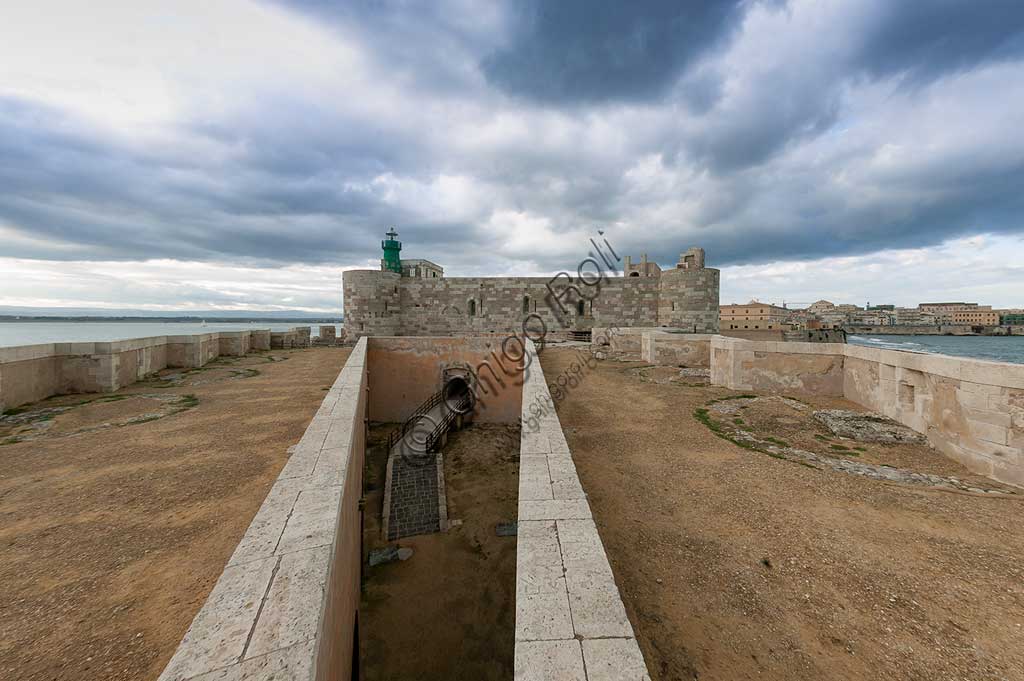
Syracuse: bastions of the Maniace Castle on the island of Or...
add to lightbox
20232_598.jpg
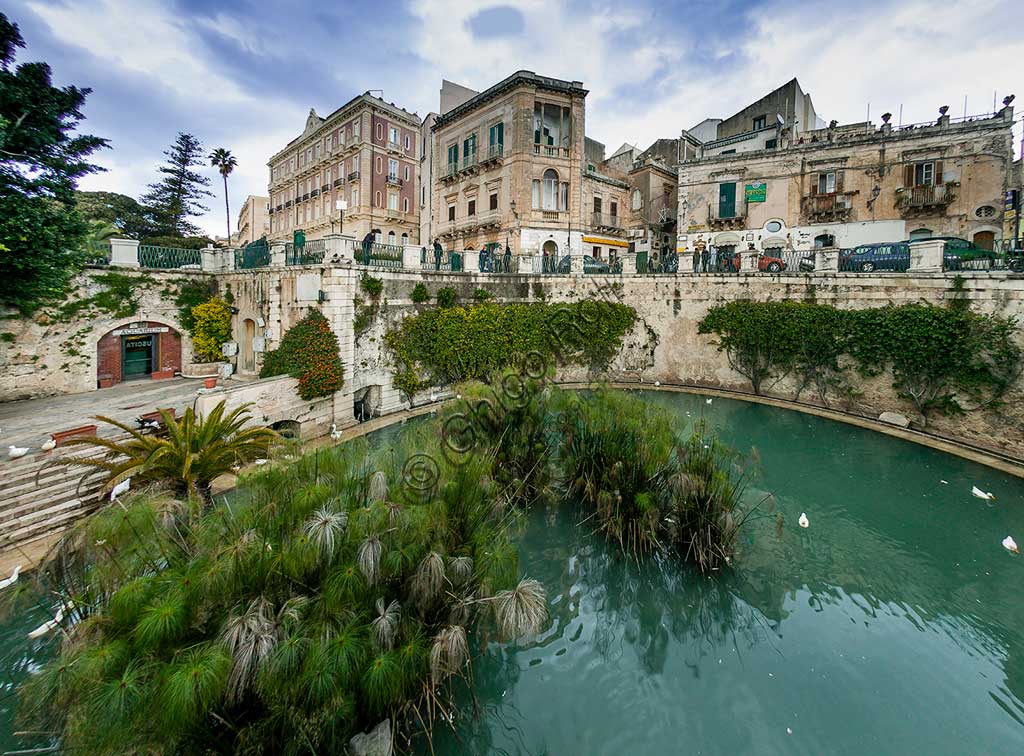
Syracuse: view of Aretusa Spring on the island of Ortigia,...
add to lightbox
20232_598-2.jpg
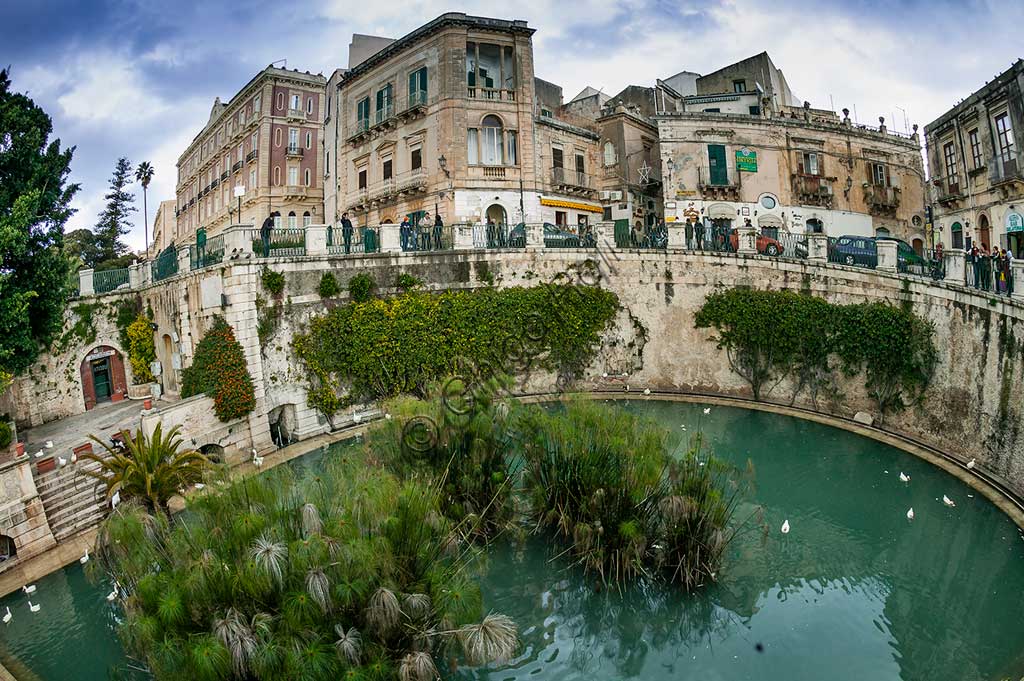
Syracuse: view of Aretusa Spring on the island of Ortigia,...
add to lightbox
20232_597.jpg
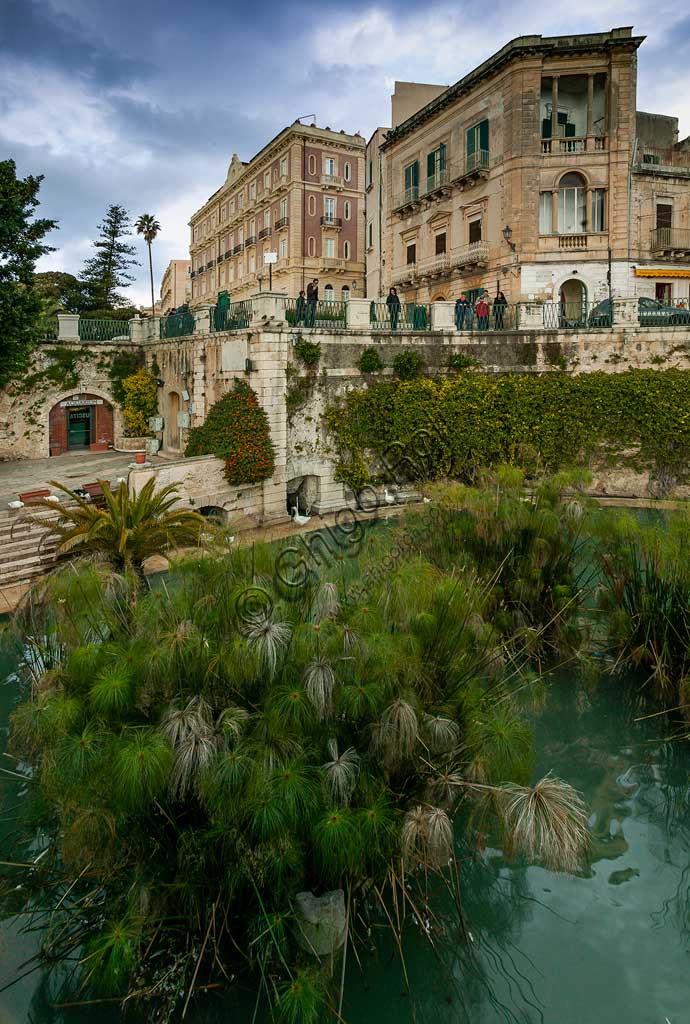
Syracuse: view of Aretusa Spring on the island of Ortigia,...
add to lightbox
20232_592.jpg
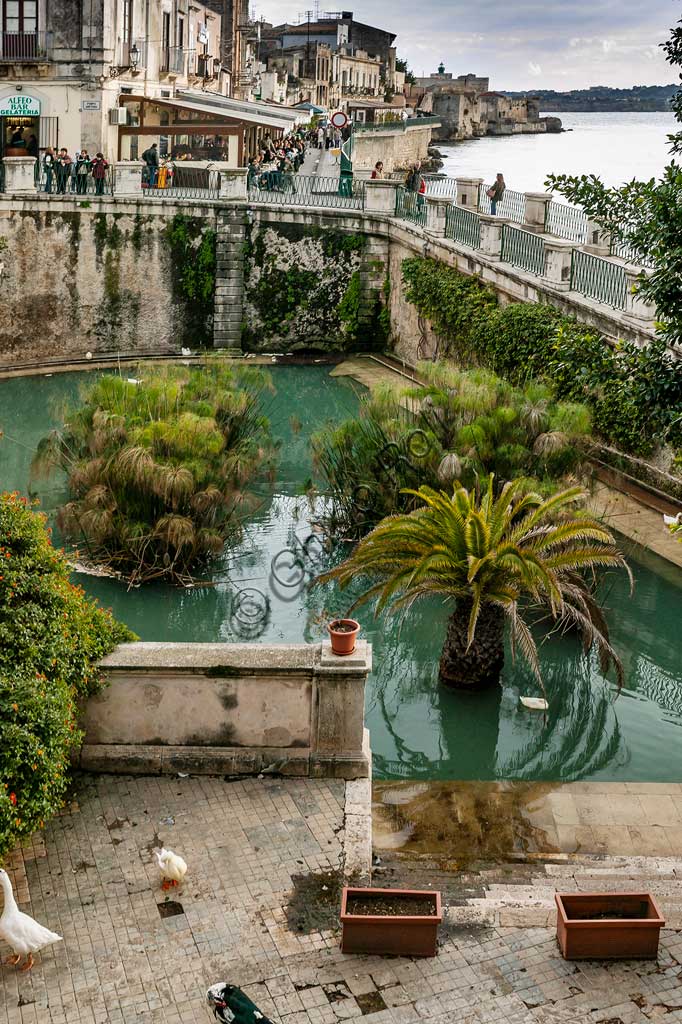
Syracuse: view of Aretusa Spring on the island of Ortigia,...
add to lightbox
20232_586.jpg
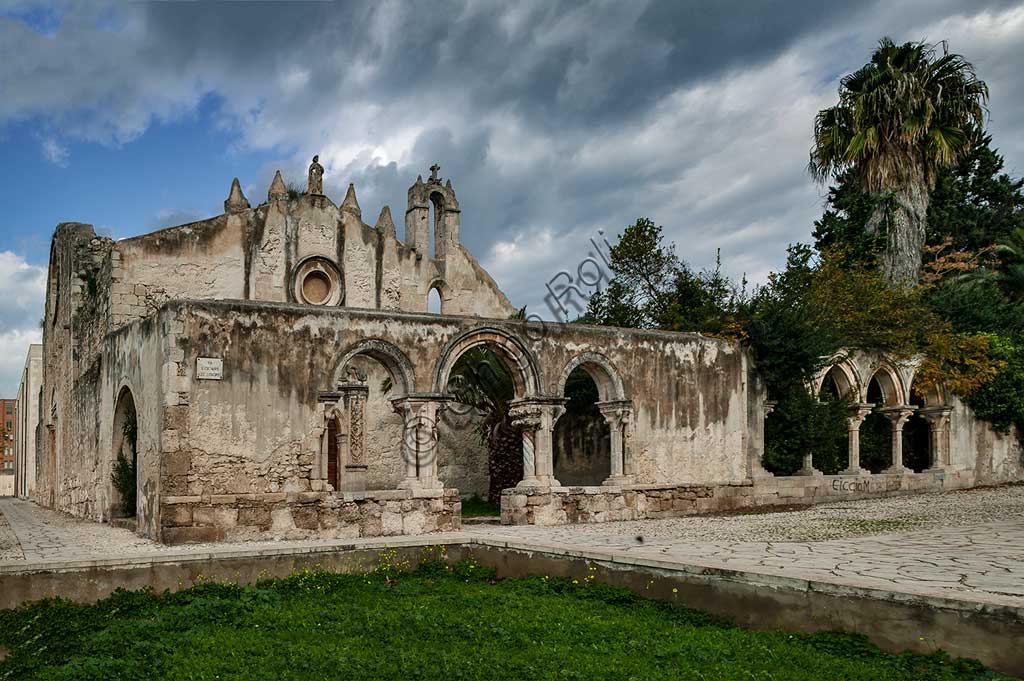
Syracuse: view of the Church of St John at the catacombs.
add to lightbox
20232_584.jpg
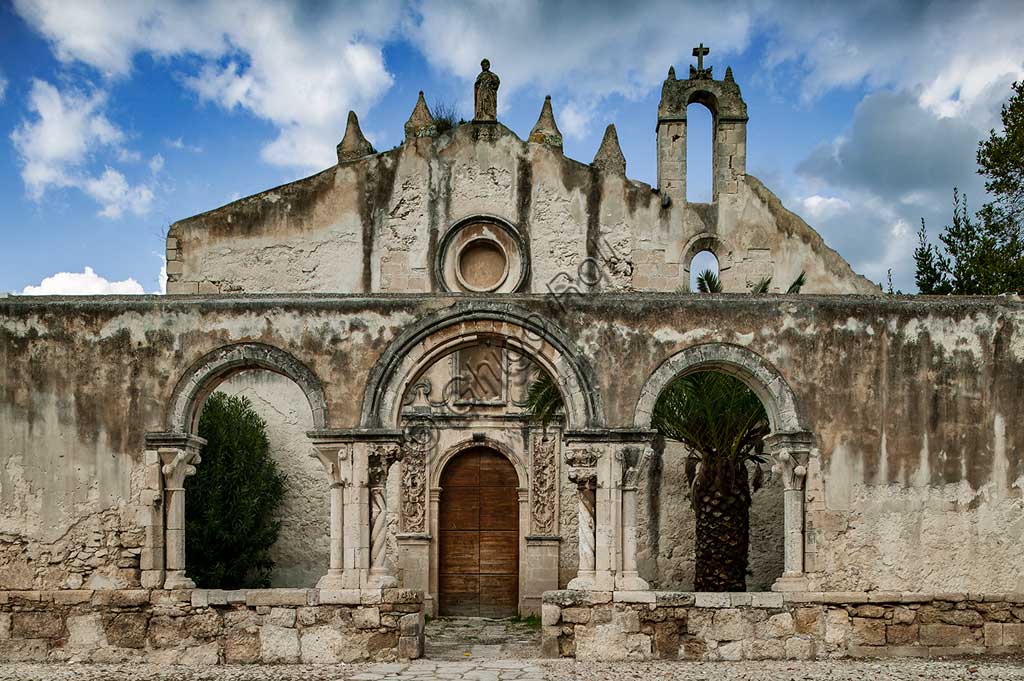
Syracuse: view of the Church of St John at the catacombs.
add to lightbox
20232_581.jpg
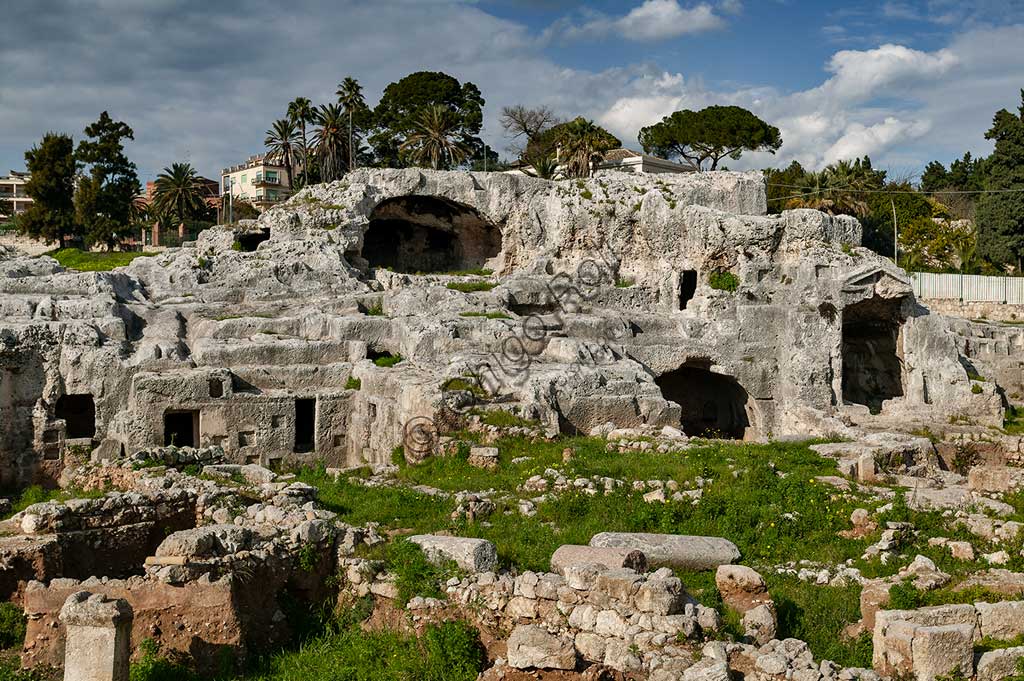
Syracuse, The Archaeological Park of the Neapolis of Syracus...
add to lightbox
20232_580.jpg
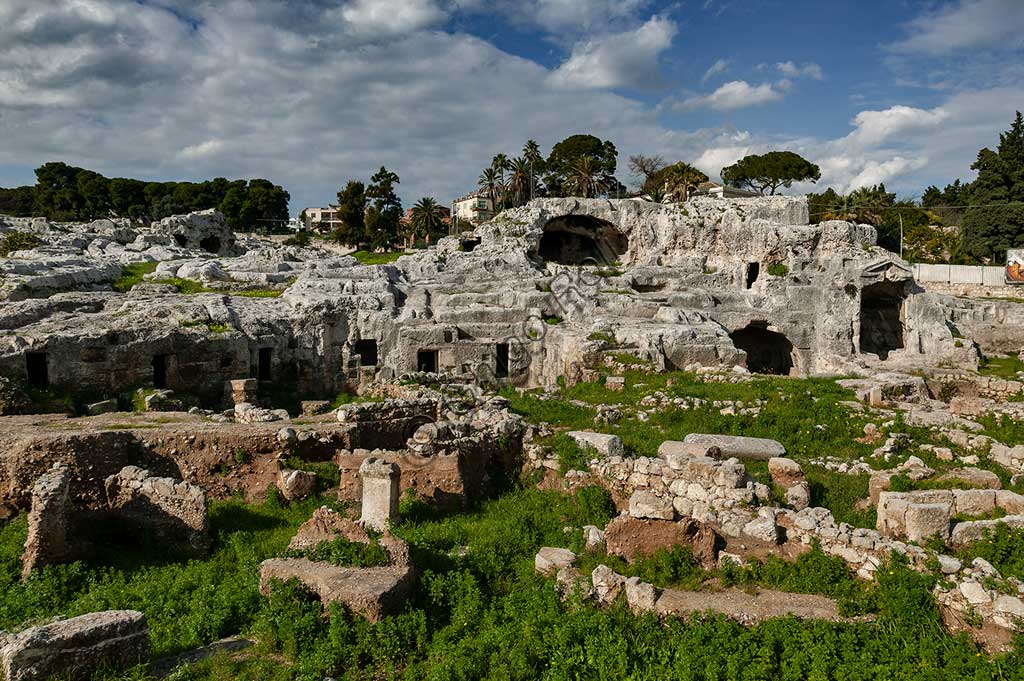
Syracuse, The Archaeological Park of the Neapolis of Syracus...
add to lightbox
20232_574.jpg
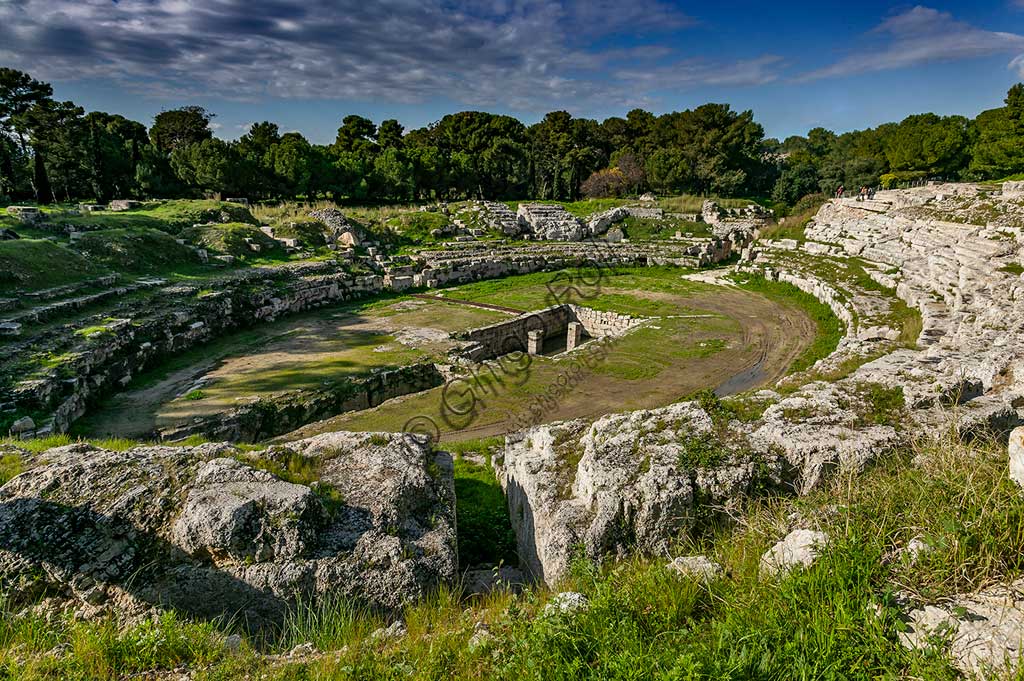
Syracuse, The Archaeological Park of the Neapolis of Syracus...
add to lightbox
20232_567-2.jpg
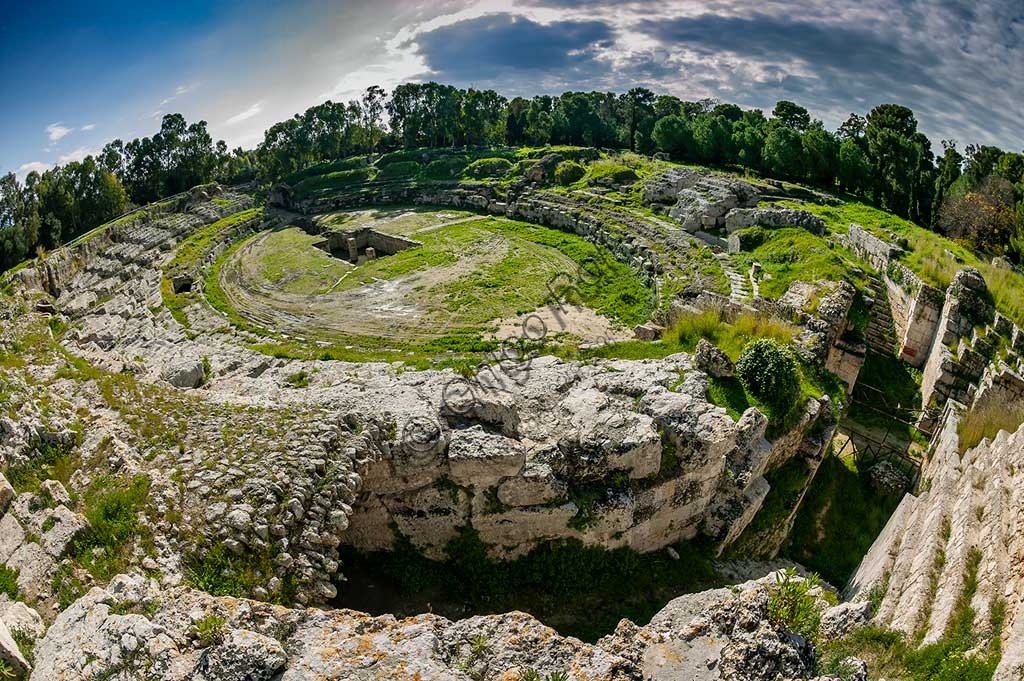
Syracuse, The Archaeological Park of the Neapolis of Syracus...
add to lightbox
20232_553.jpg
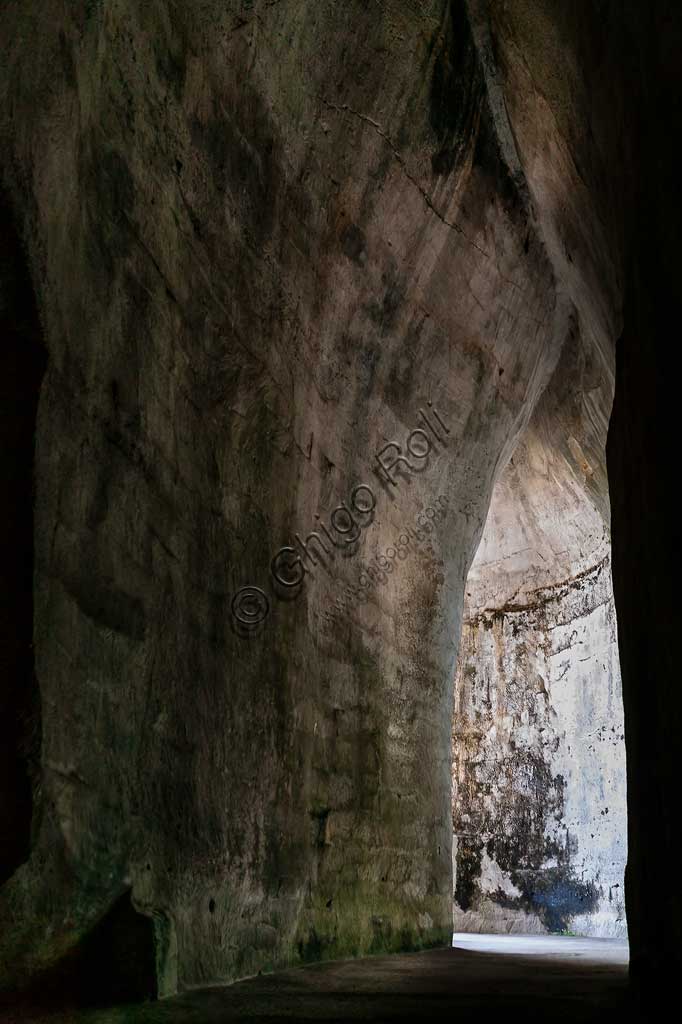
Syracuse, The Archaeological Park of the Neapolis of Syracus...
add to lightbox
20232_547.jpg
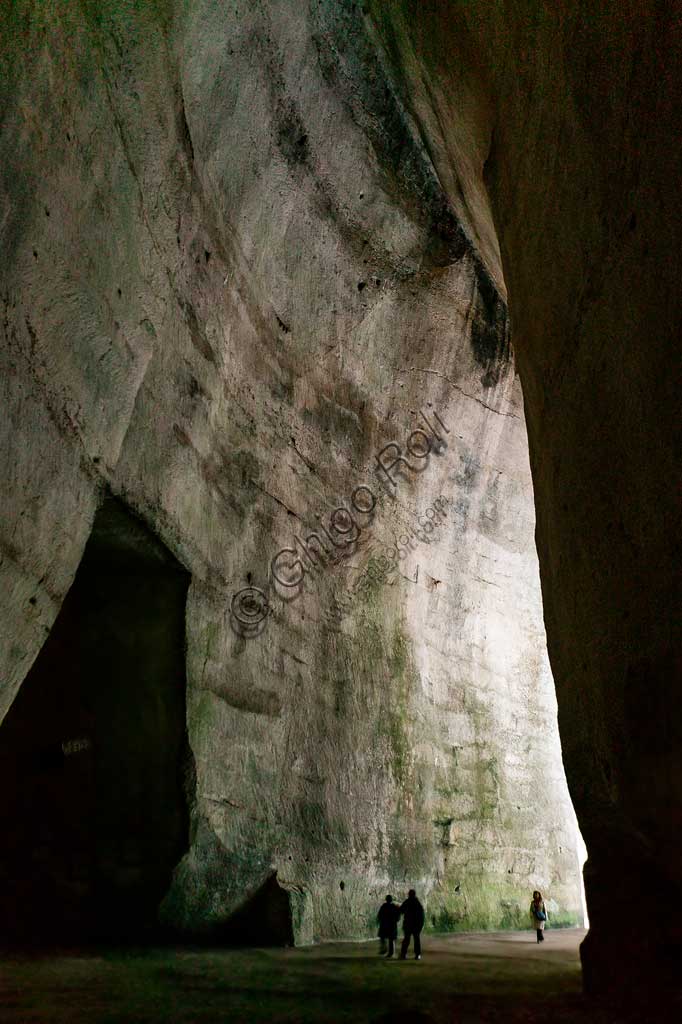
Syracuse, The Archaeological Park of the Neapolis of Syracus...
add to lightbox
20232_533_A.jpg
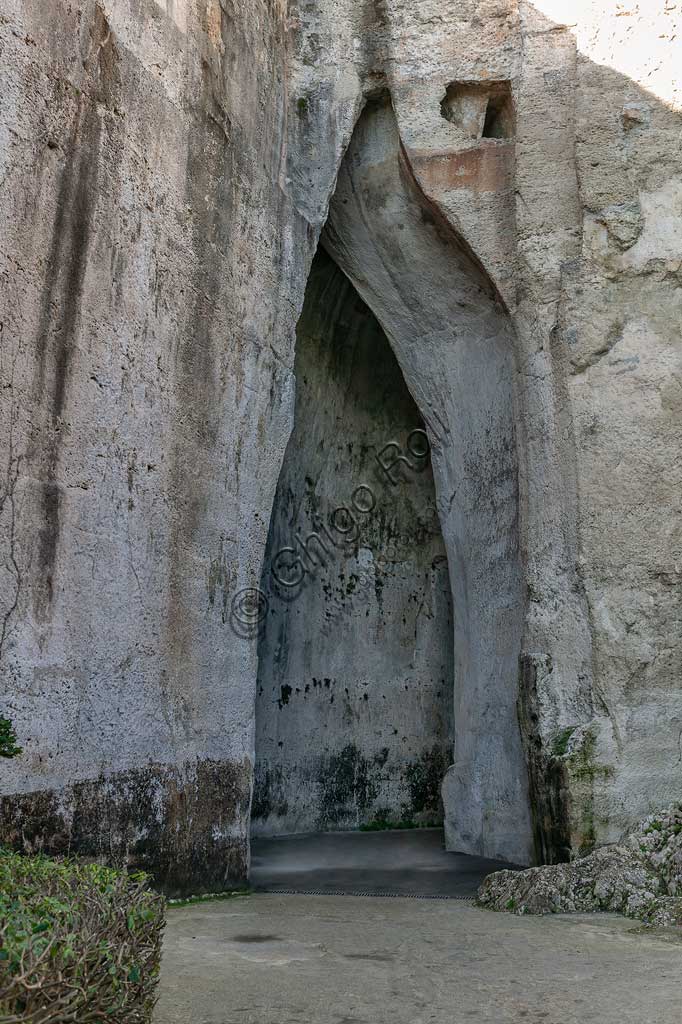
Syracuse, The Archaeological Park of the Neapolis of Syracus...
add to lightbox
20232_533.jpg
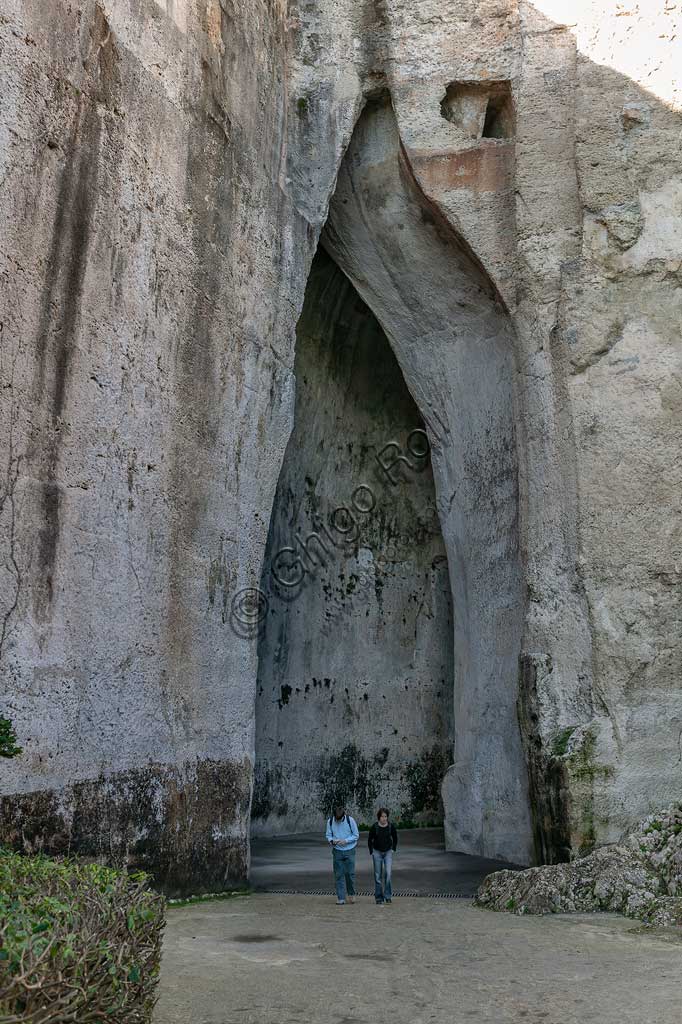
Syracuse, The Archaeological Park of the Neapolis of Syracus...
add to lightbox
20232_532.jpg
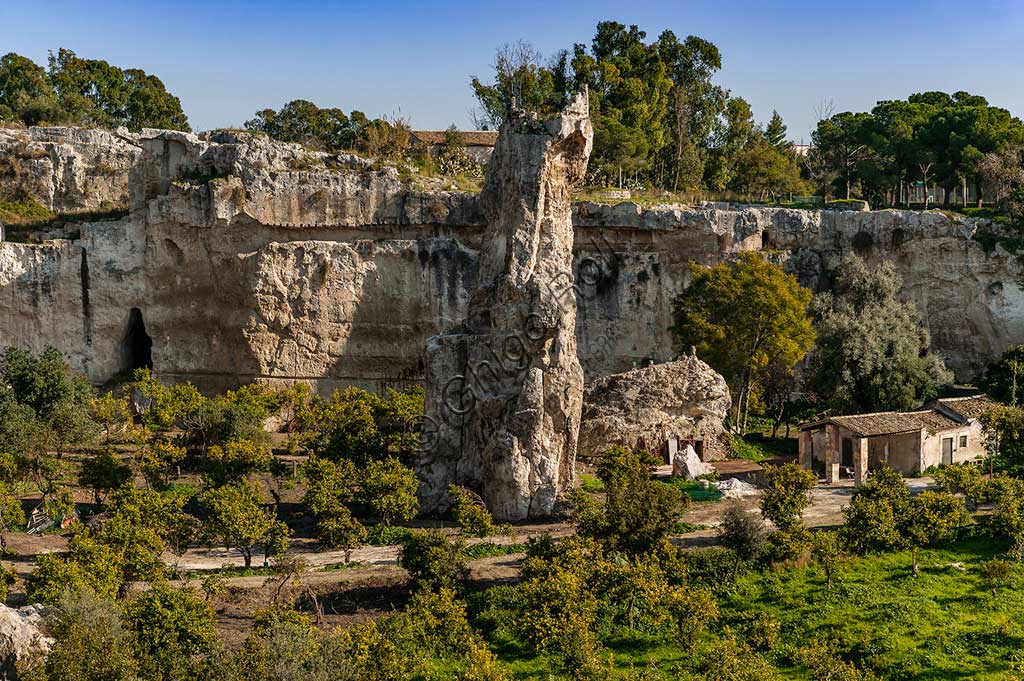
Syracuse, The Archaeological Park of the Neapolis of Syracus...
add to lightbox
20232_526.jpg
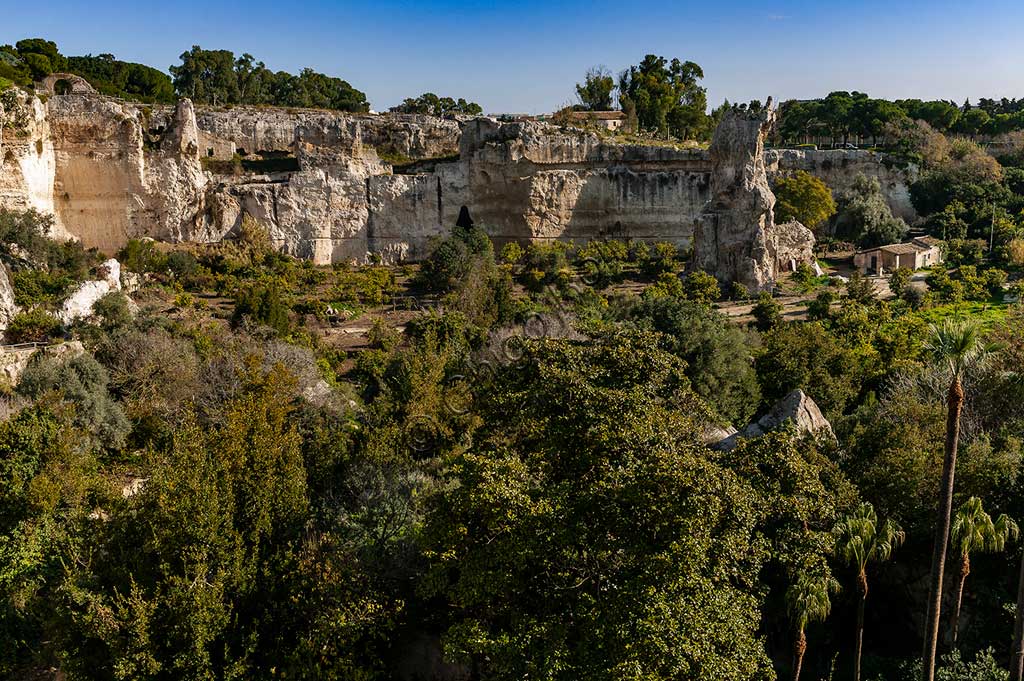
Syracuse, The Archaeological Park of the Neapolis of Syracus...
add to lightbox
20232_520-2.jpg
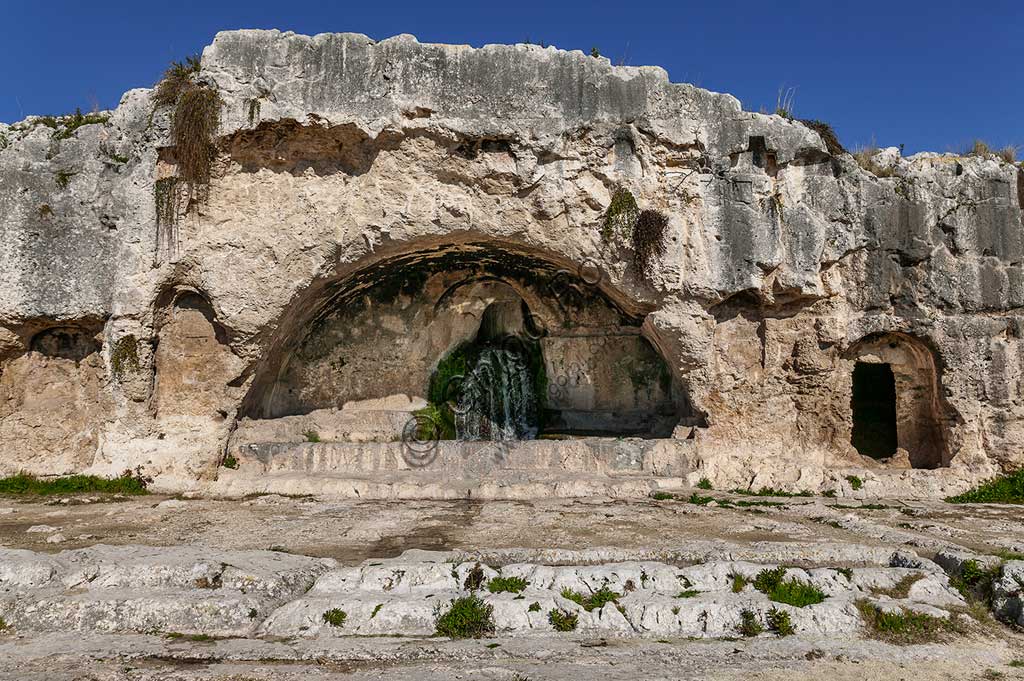
Syracuse, The Archaeological Park of the Neapolis of Syracus...
add to lightbox
20232_518.jpg
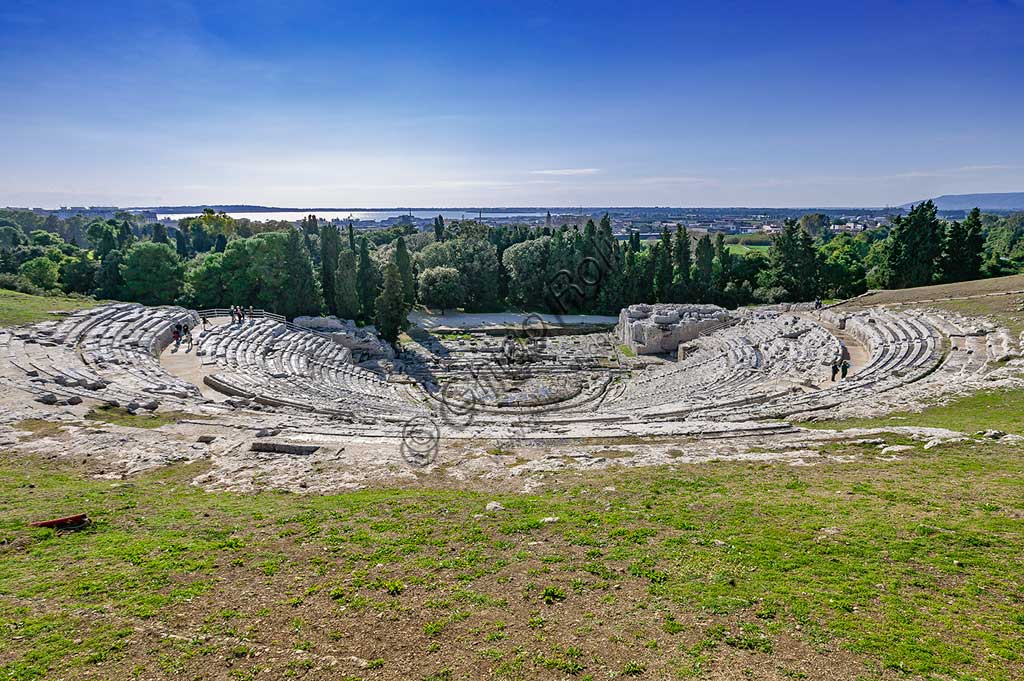
Syracuse, The Archaeological Park of the Neapolis of Syracus...
add to lightbox
20232_516.jpg
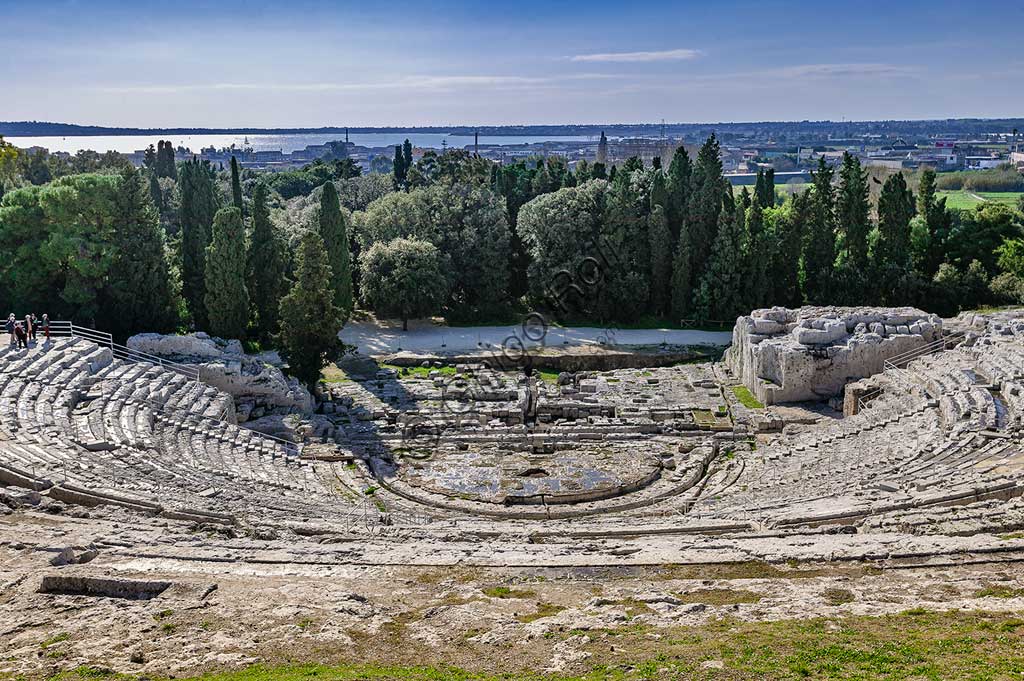
Syracuse, The Archaeological Park of the Neapolis of Syracus...
add to lightbox
20232_515.jpg
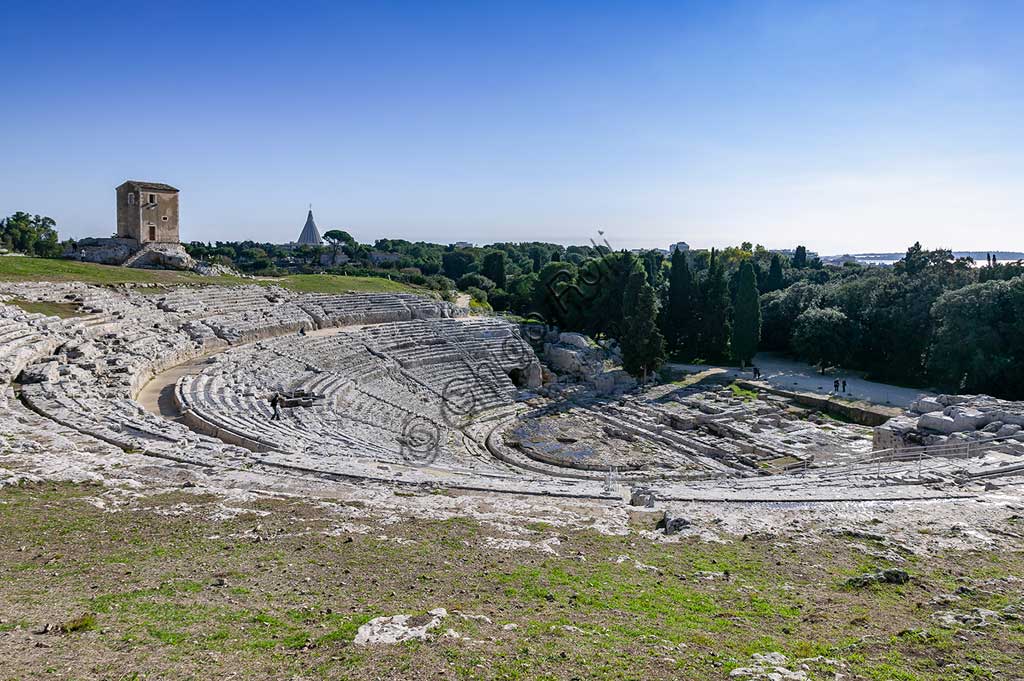
Syracuse, The Archaeological Park of the Neapolis of Syracus...
add to lightbox
20232_512.jpg
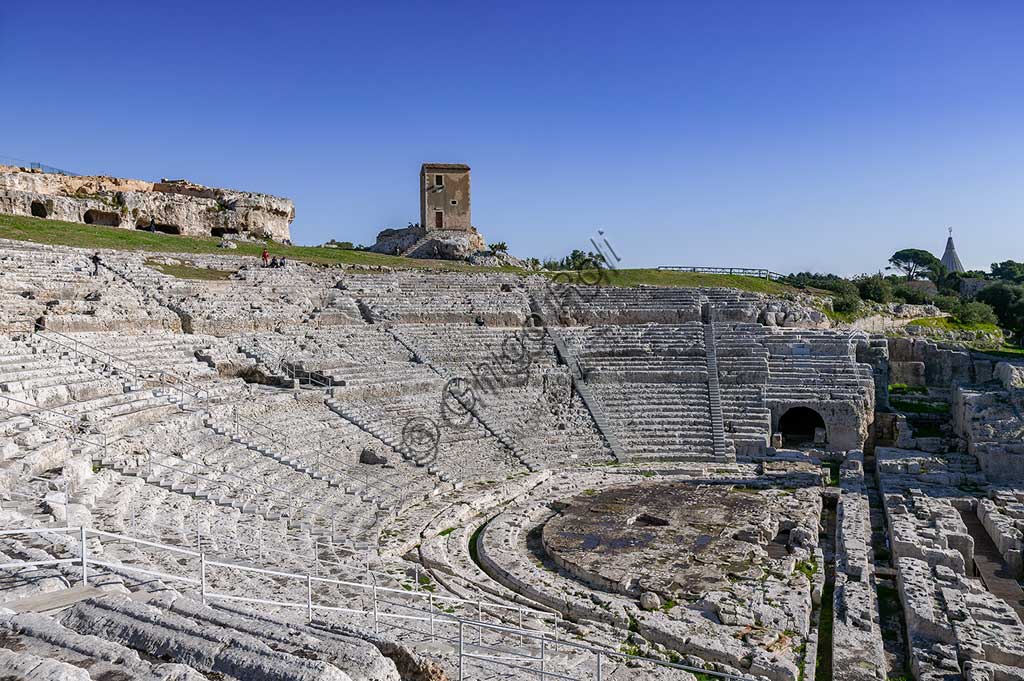
Syracuse, The Archaeological Park of the Neapolis of Syracus...
add to lightbox
20232_511.jpg
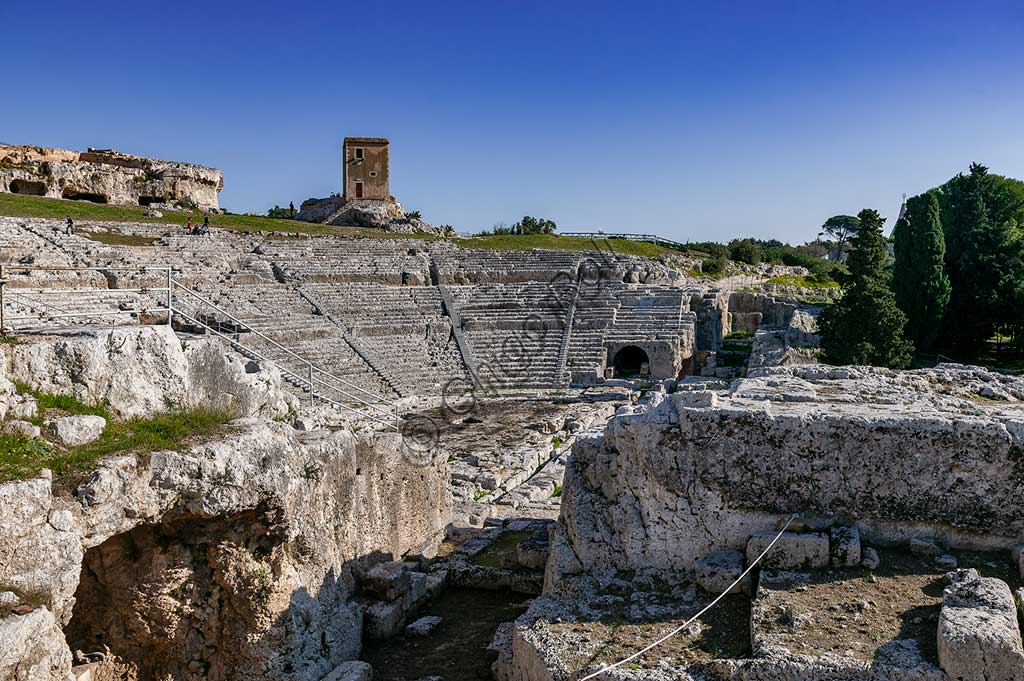
Syracuse, The Archaeological Park of the Neapolis of Syracus...
add to lightbox
20232_509.jpg
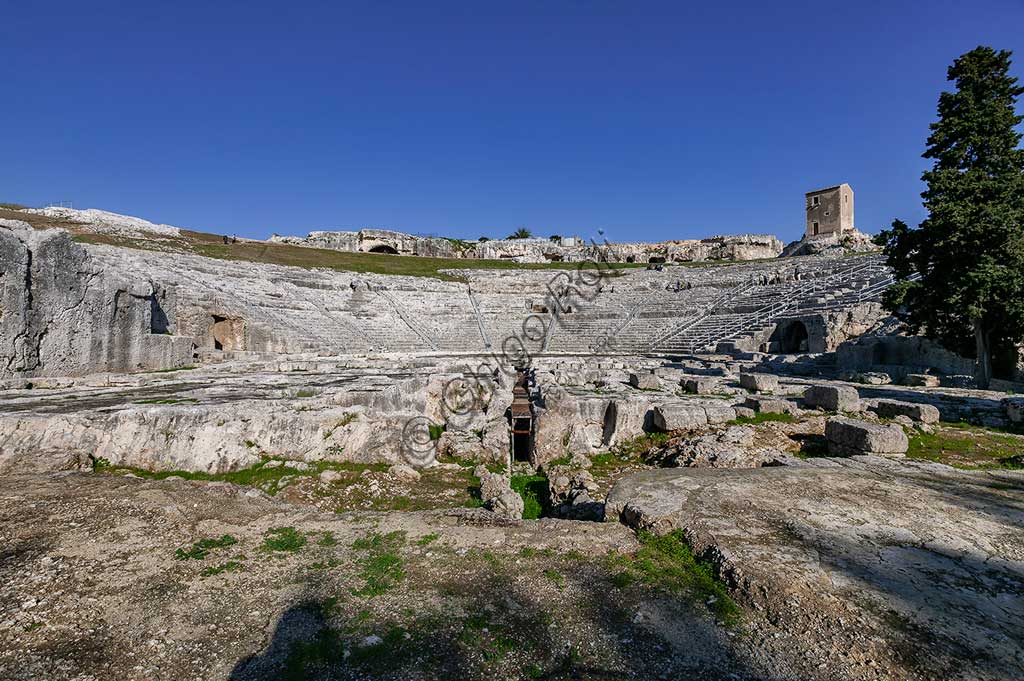
Syracuse, The Archaeological Park of the Neapolis of Syracus...
add to lightbox
20232_498.jpg
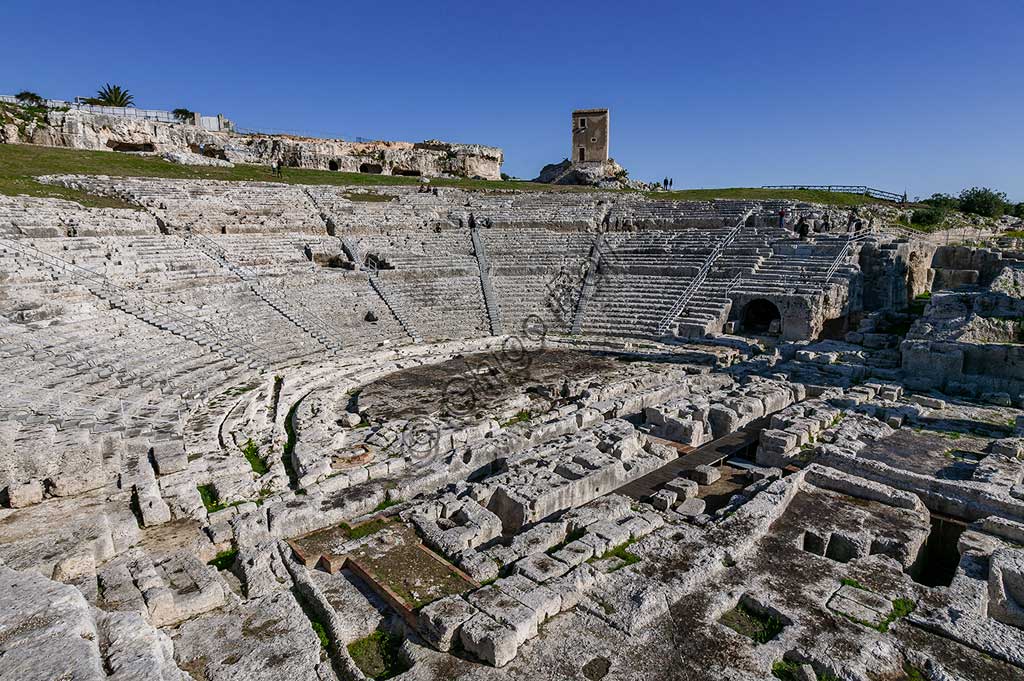
Syracuse, The Archaeological Park of the Neapolis of Syracus...
add to lightbox
20232_492.jpg
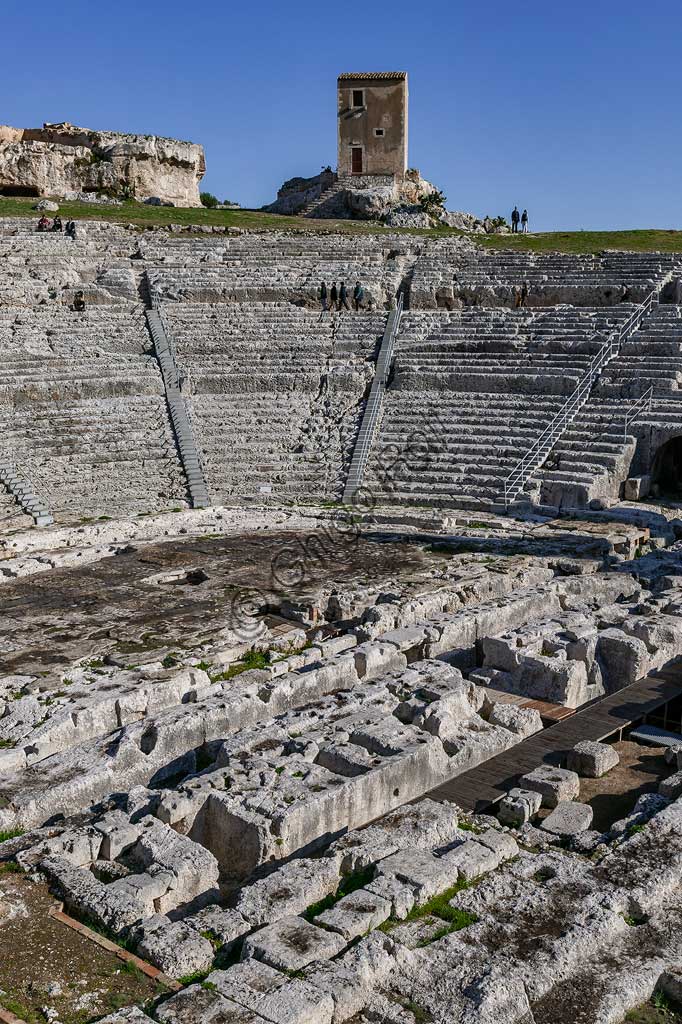
Syracuse, The Archaeological Park of the Neapolis of Syracus...
add to lightbox
20232_472.jpg
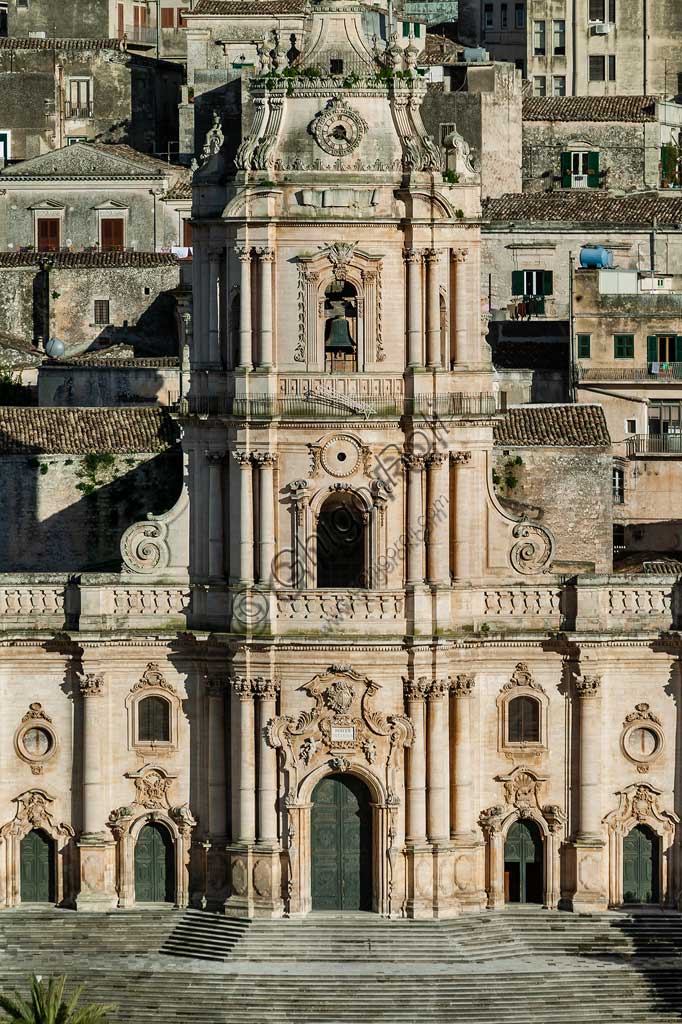
Modica: view of the Cathedral of St GeorgeThe Cathedral of S...
add to lightbox
20232_470.jpg
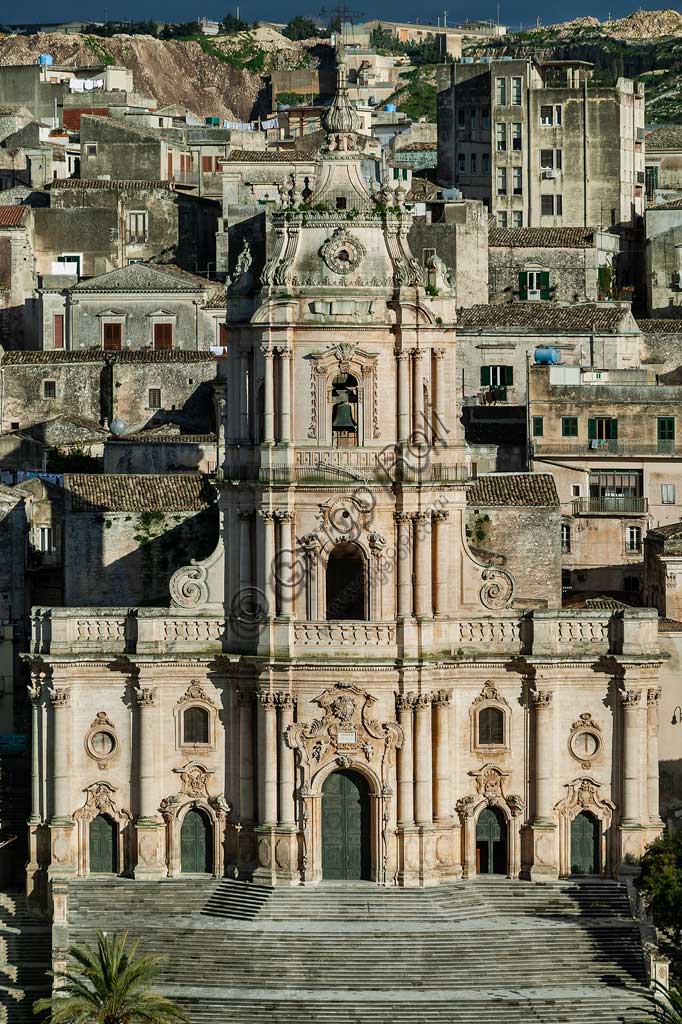
Modica: view of the Cathedral of St GeorgeThe Cathedral of S...
add to lightbox
20232_462.jpg
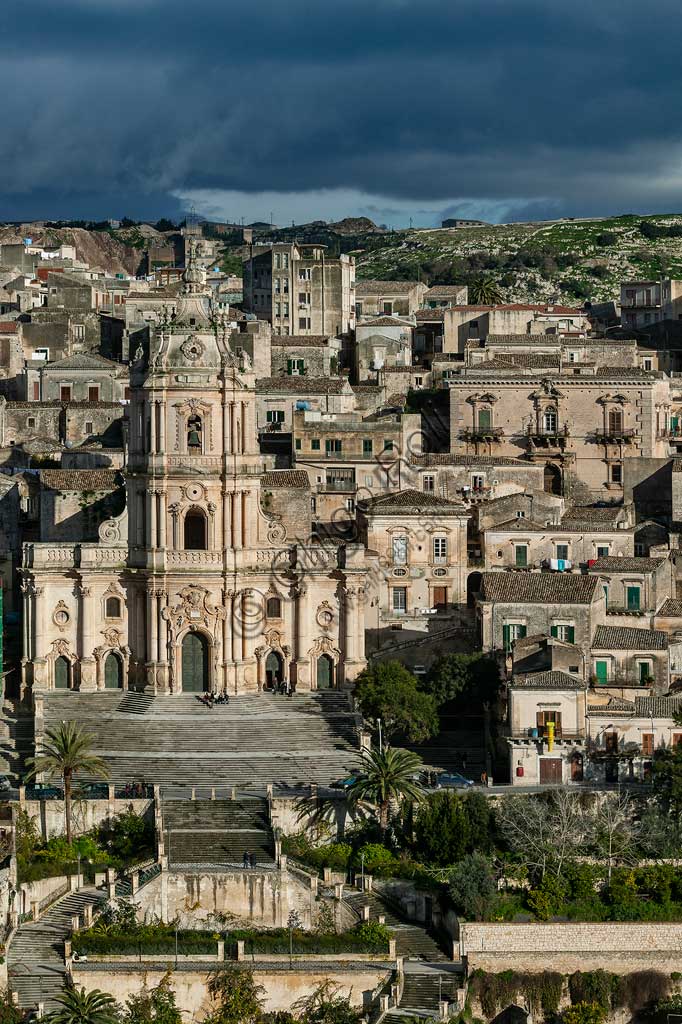
Modica: view of the Cathedral of St GeorgeThe Cathedral of S...
add to lightbox
20232_457.jpg
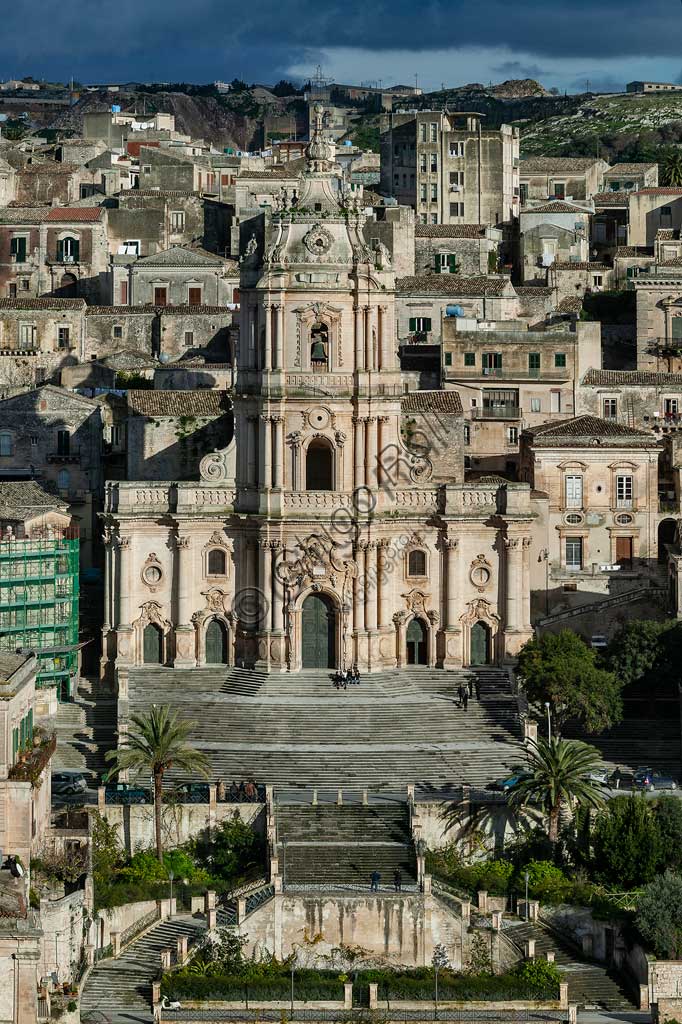
Modica: view of the Cathedral of St GeorgeThe Cathedral of S...
add to lightbox
20232_454.jpg
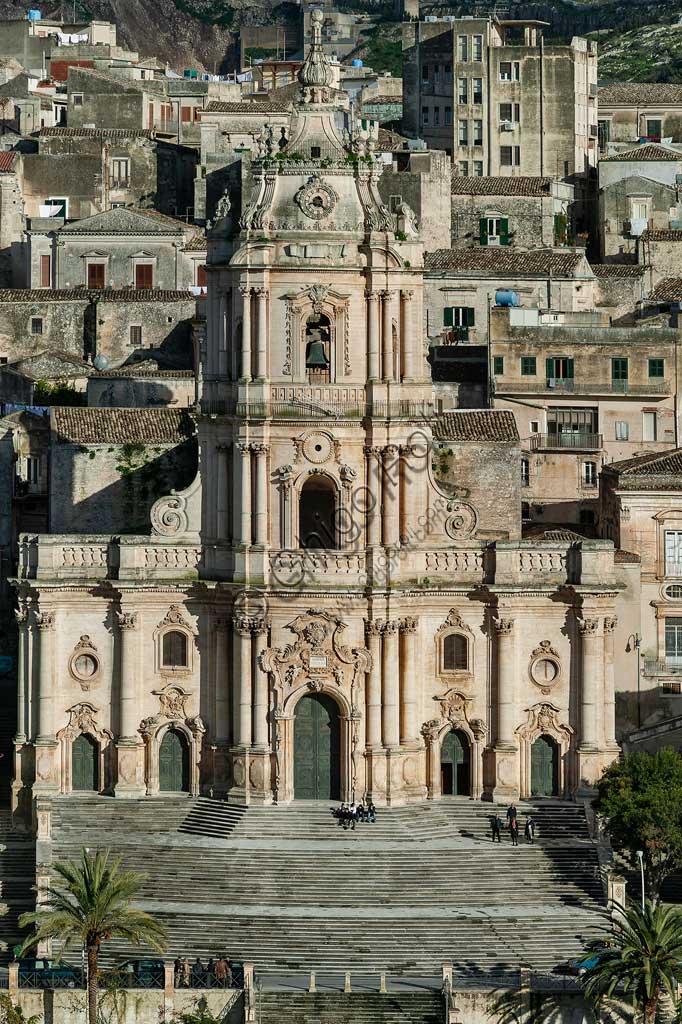
Modica: view of the Cathedral of St GeorgeThe Cathedral of S...
add to lightbox
20232_437-442.jpg
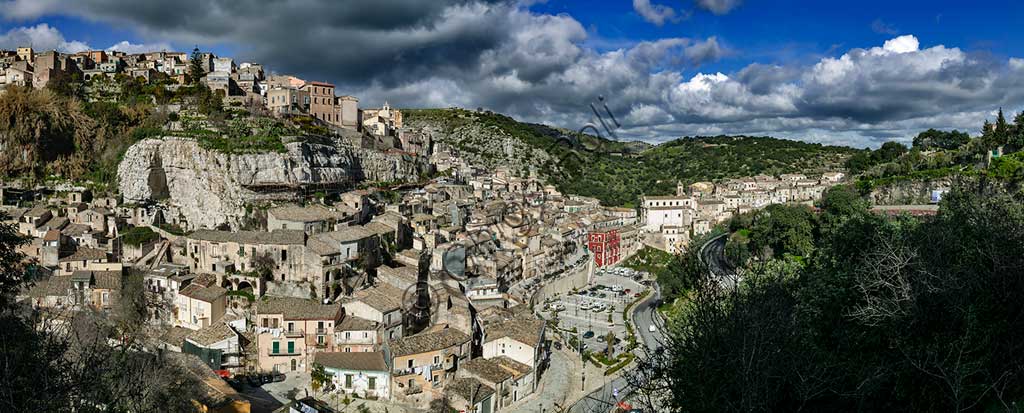
Modica: view of the town.
add to lightbox
20232_430.jpg
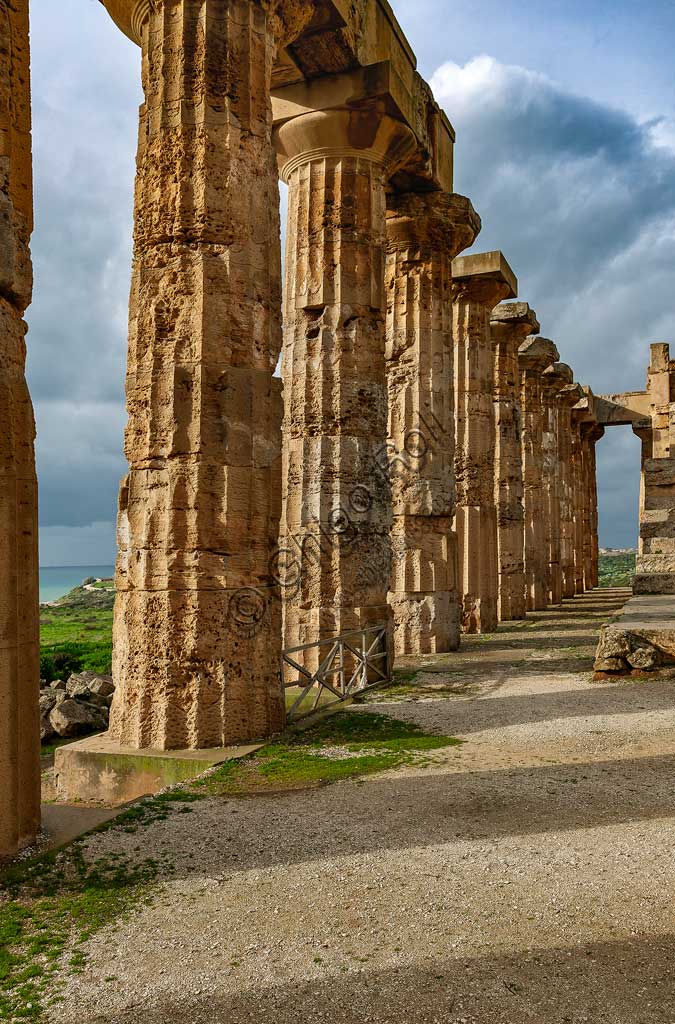
Selinunte, Selinunte and Cave di Cusa Archaeological Park:...
add to lightbox
20232_426.jpg
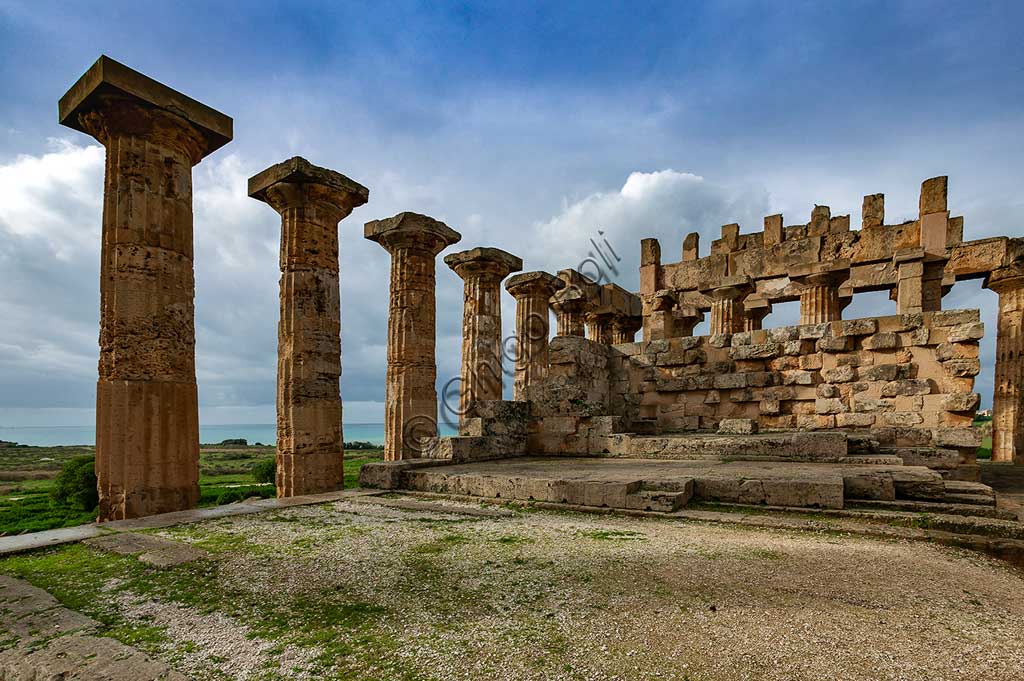
Selinunte, Selinunte and Cave di Cusa Archaeological Park:...
add to lightbox
20232_413.jpg
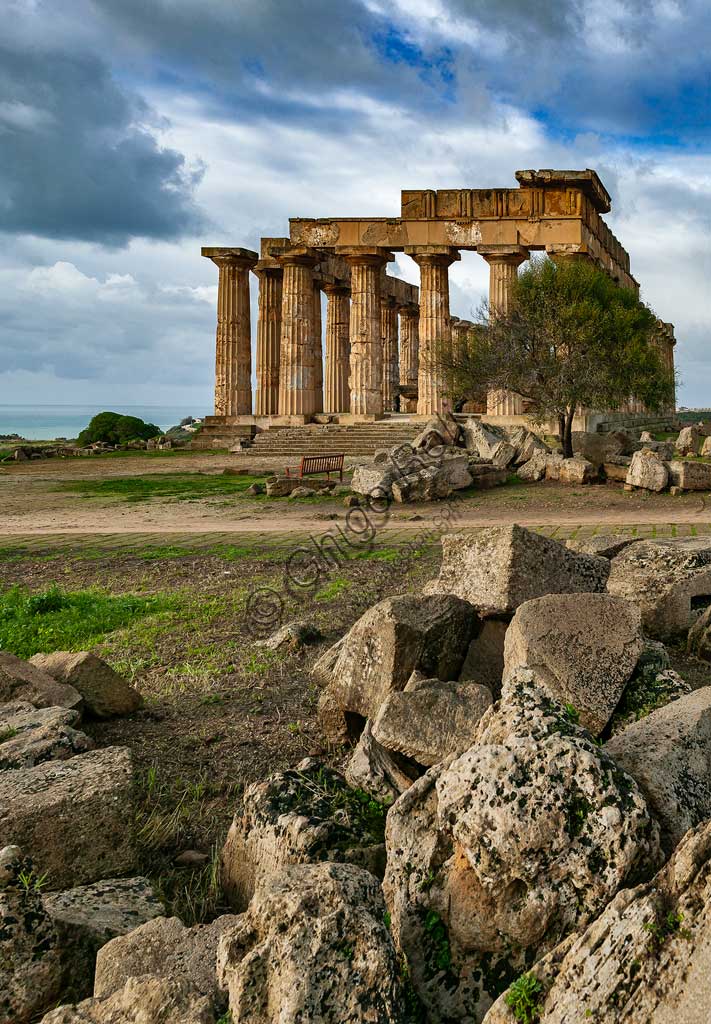
Selinunte, Selinunte and Cave di Cusa Archaeological Park:...
add to lightbox
20232_408.jpg
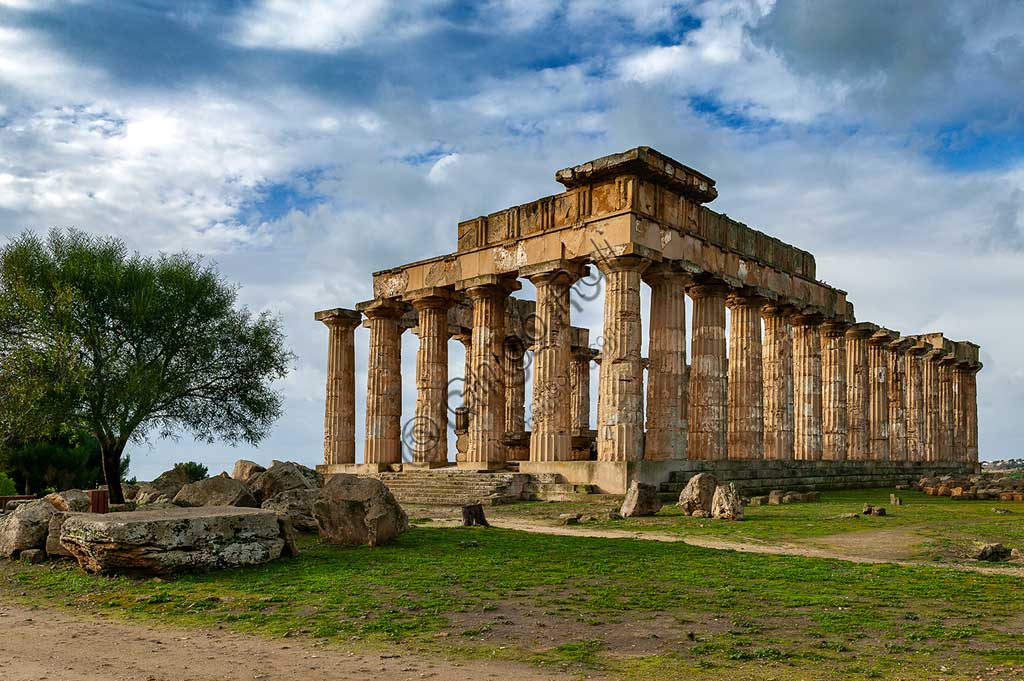
Selinunte, Selinunte and Cave di Cusa Archaeological Park:...
add to lightbox
20232_403.jpg
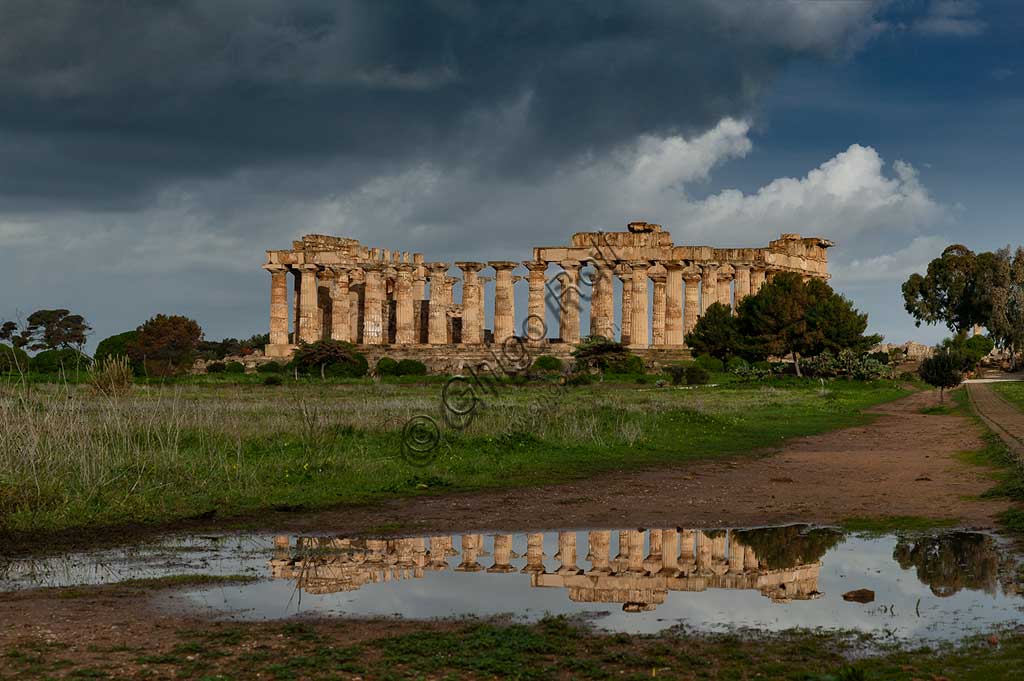
Selinunte, Selinunte and Cave di Cusa Archaeological Park:...
add to lightbox
20232_396.jpg
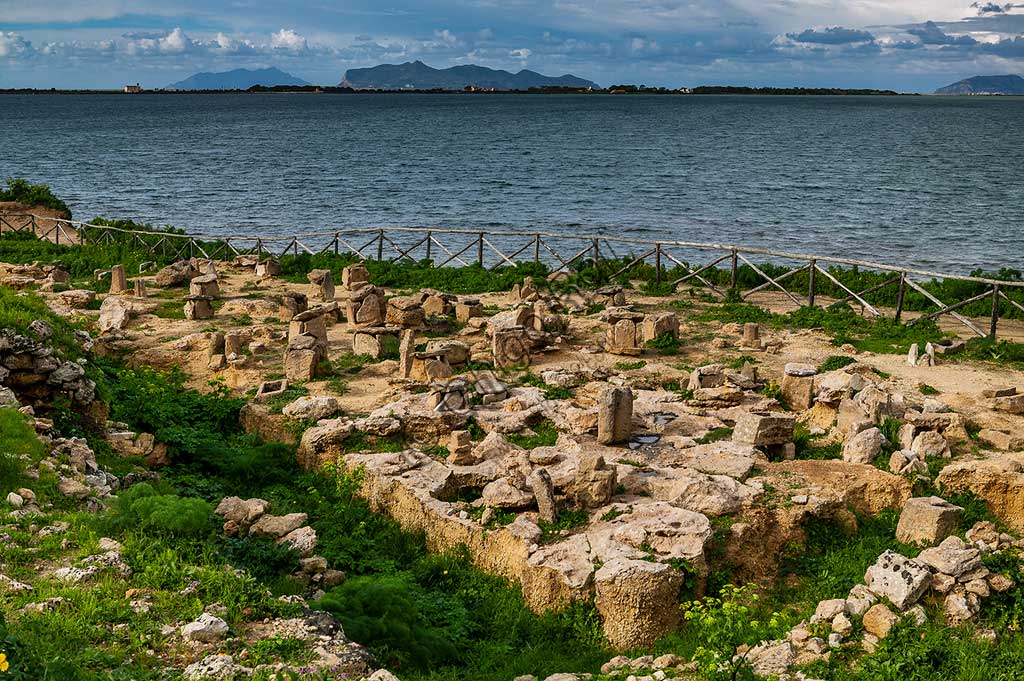
Island of San Pantaleo, Motya, Whitaker Museum: view of the...
add to lightbox
20232_394.jpg
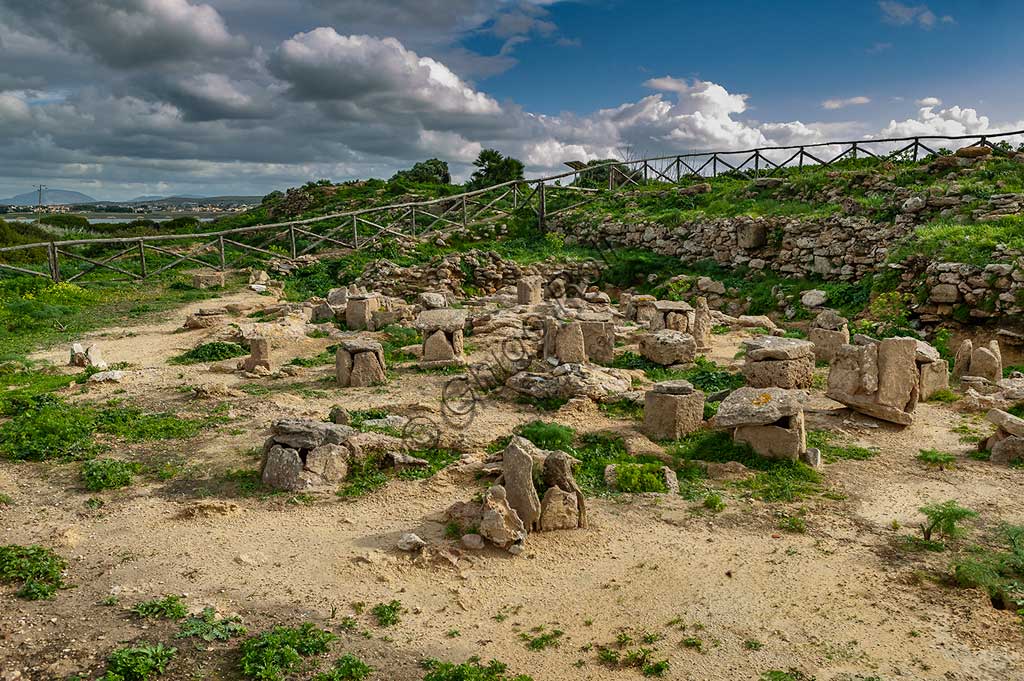
Island of San Pantaleo, Motya, Whitaker Museum: view of the...
add to lightbox
20232_393.jpg
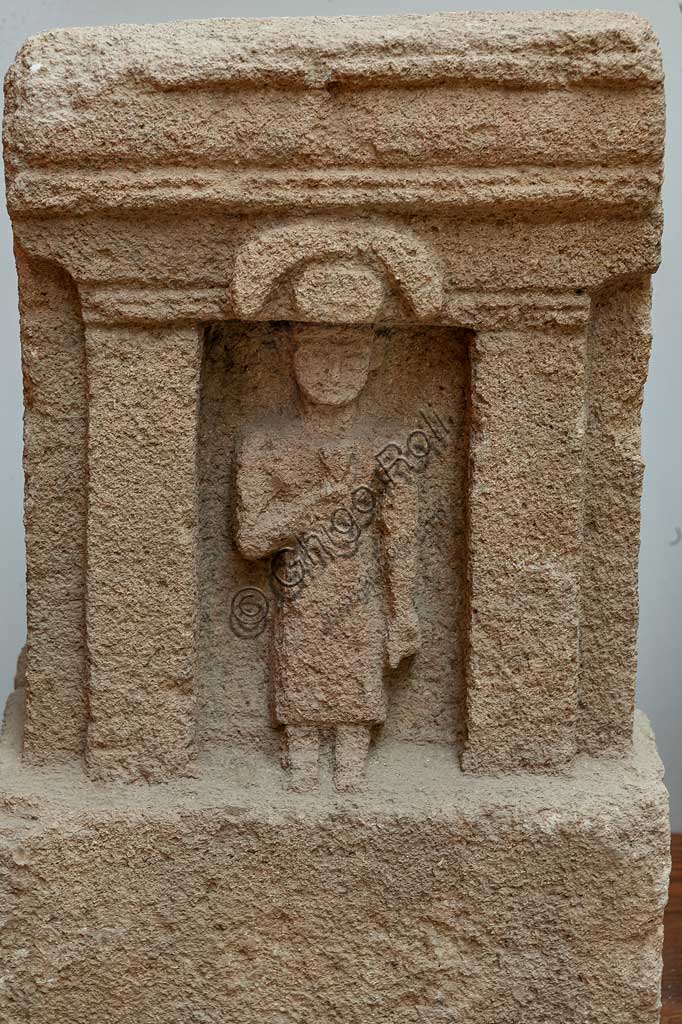
Island of San Pantaleo, Motya, Whitaker Museum: phoenician s...
add to lightbox
20232_392.jpg
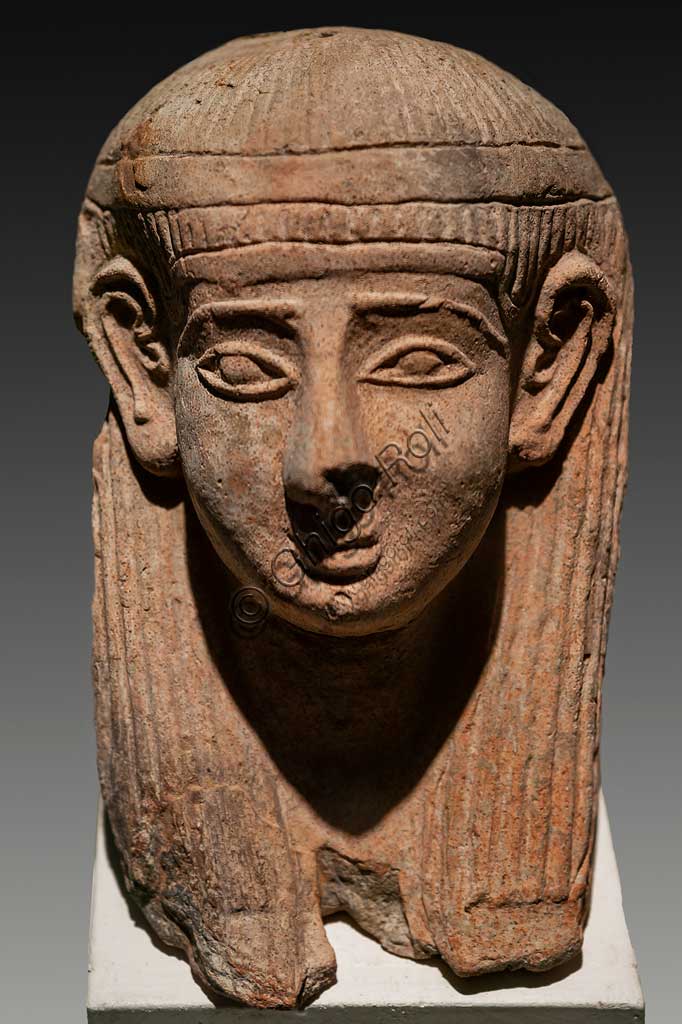
Island of San Pantaleo, Motya, Whitaker Museum: phoenician m...
add to lightbox
20232_391.jpg
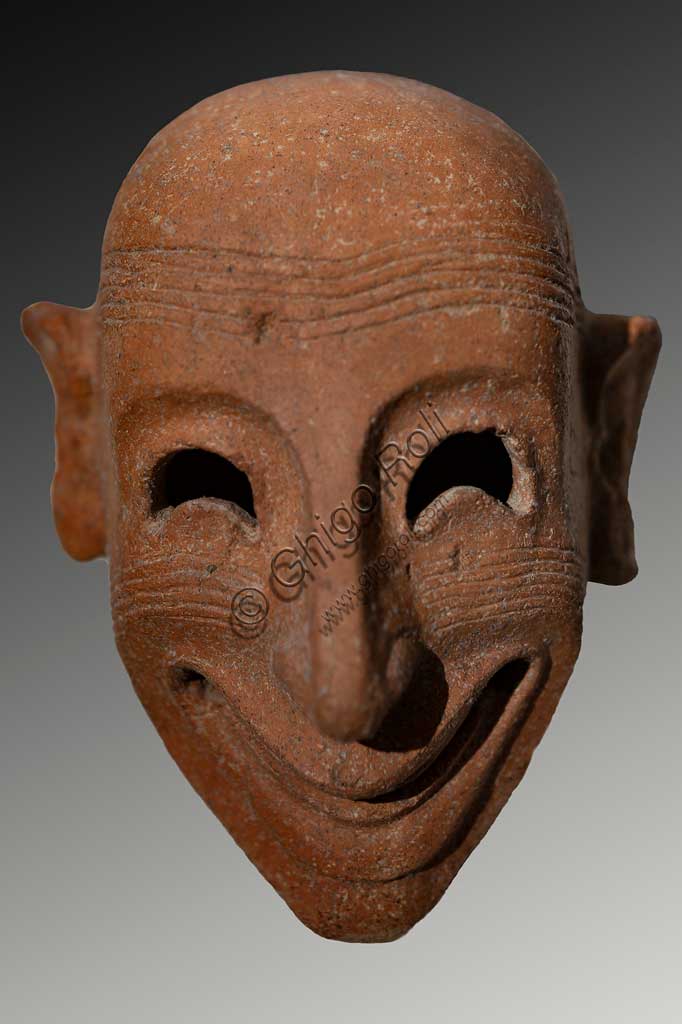
Island of San Pantaleo, Motya, Whitaker Museum: phoenician m...
add to lightbox
20232_385_A.jpg
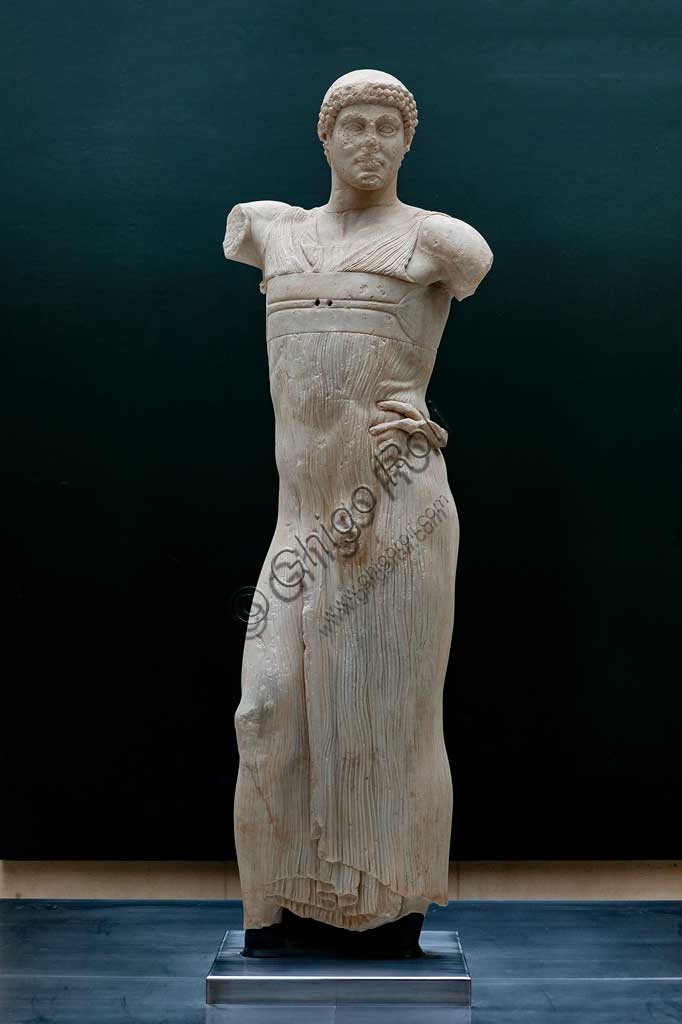
Island of San Pantaleo, Motya, Whitaker Museum: the Motya Ch...
add to lightbox
20232_385.jpg
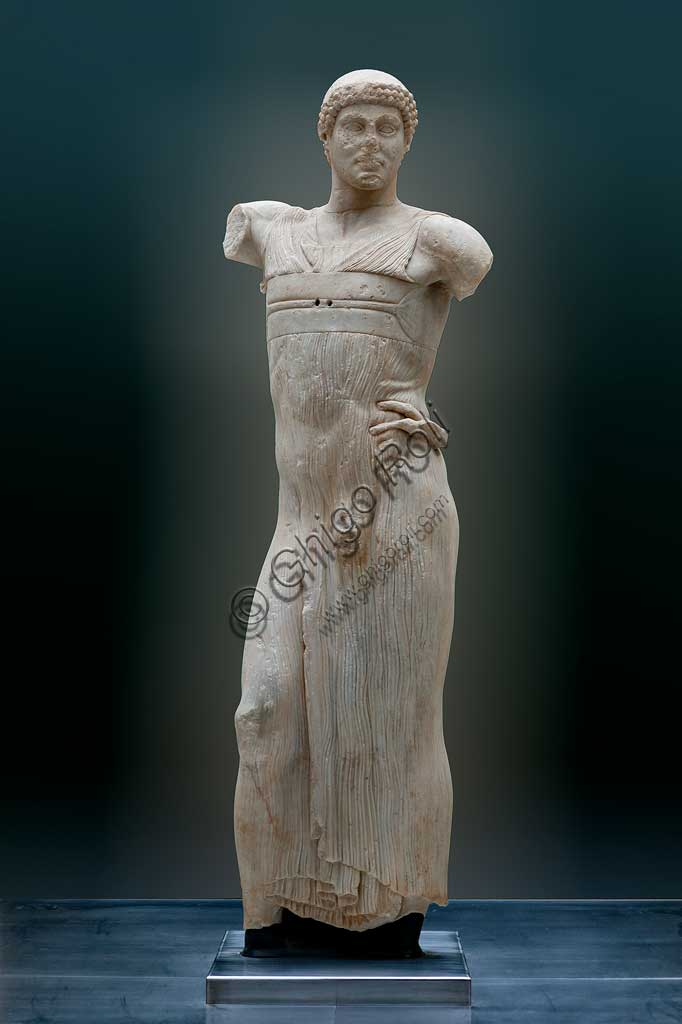
Island of San Pantaleo, Motya, Whitaker Museum: the Motya Ch...
add to lightbox
20232_380.jpg
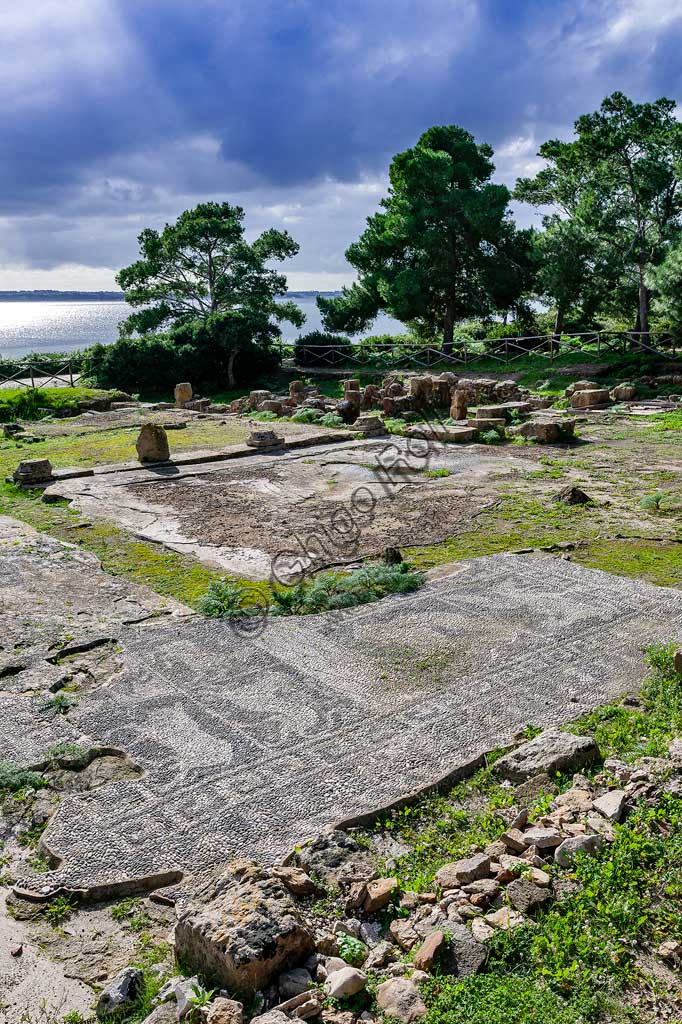
Island of San Pantaleo, Motya: view of the "House of Mosaics...
add to lightbox
20232_376.jpg
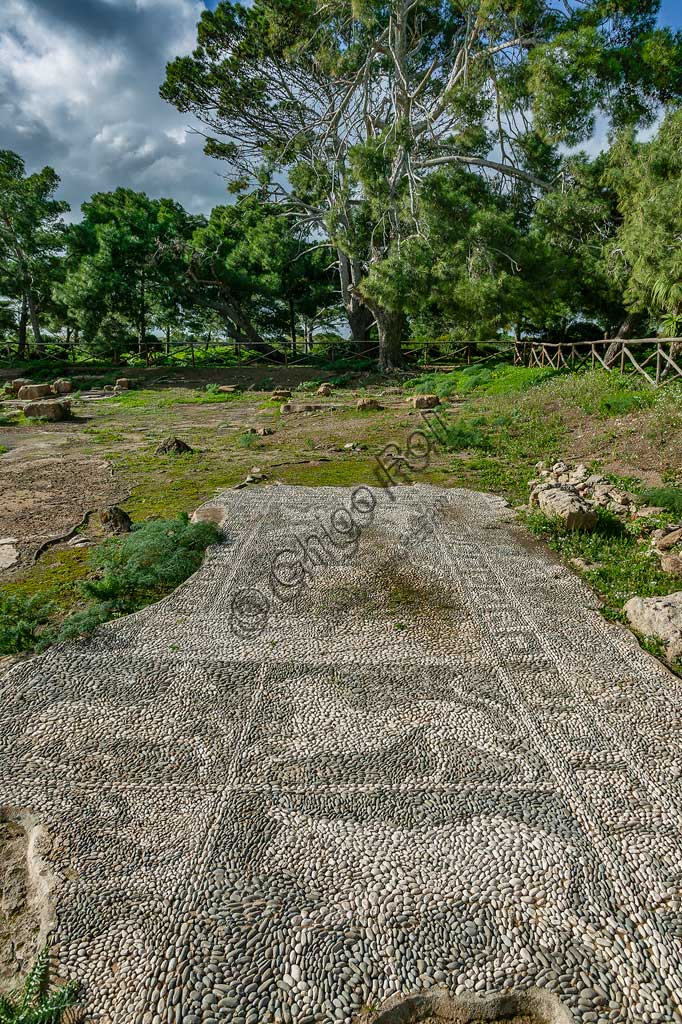
Island of San Pantaleo, Motya: view of the "House of Mosaics...
add to lightbox
20232_370.jpg
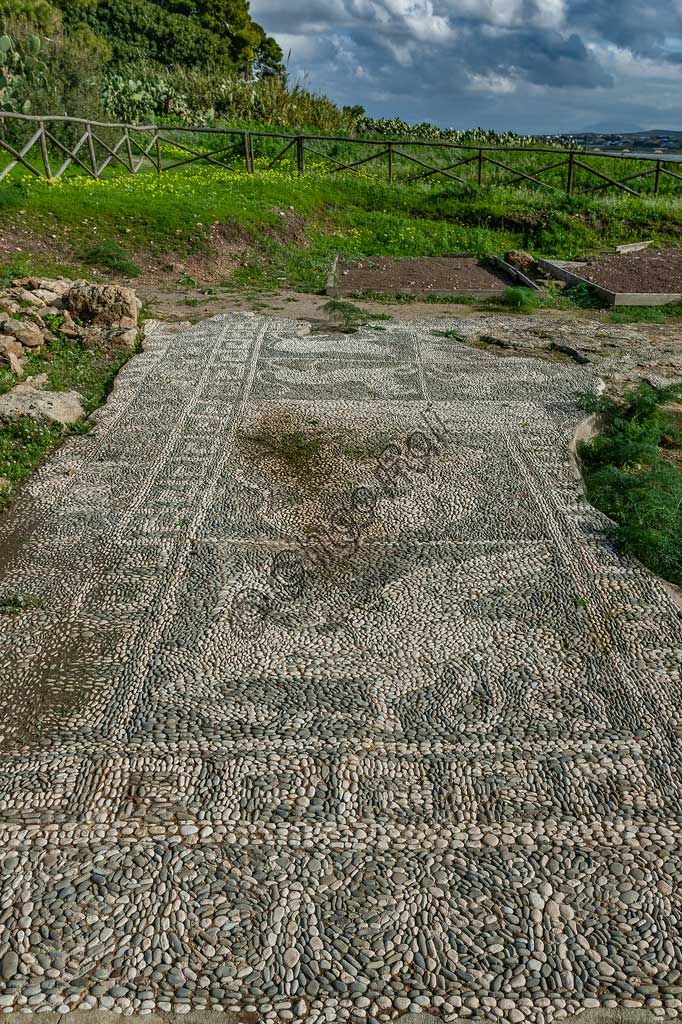
Island of San Pantaleo, Motya: view of the "House of Mosaics...
add to lightbox
20232_368.jpg
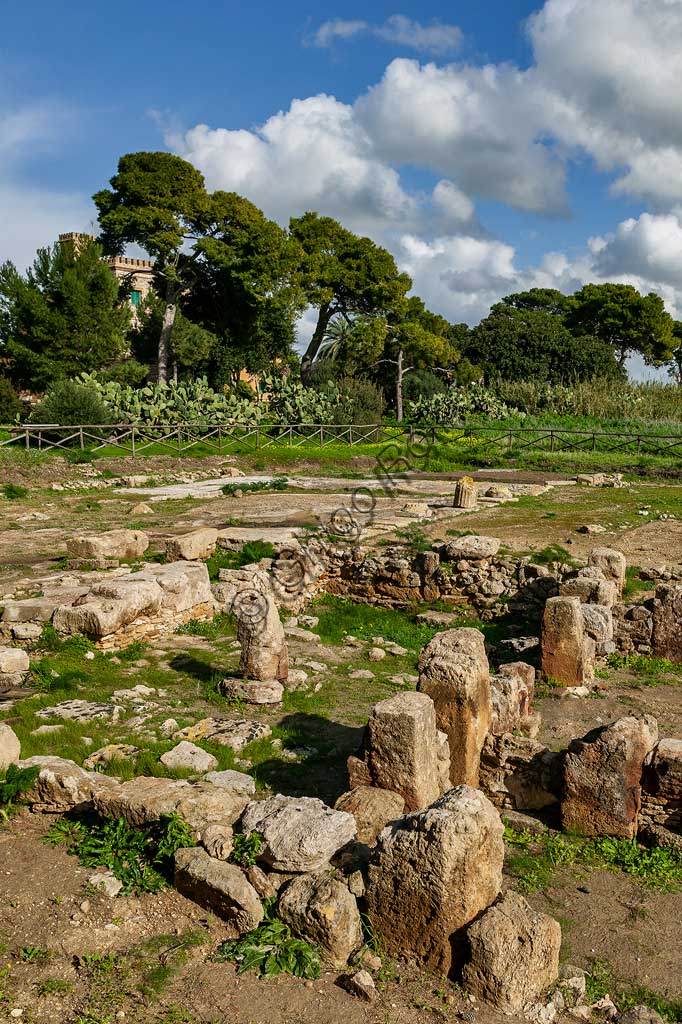
Island of San Pantaleo, Motya: view of the "House of Mosaics...
add to lightbox
20232_366.jpg
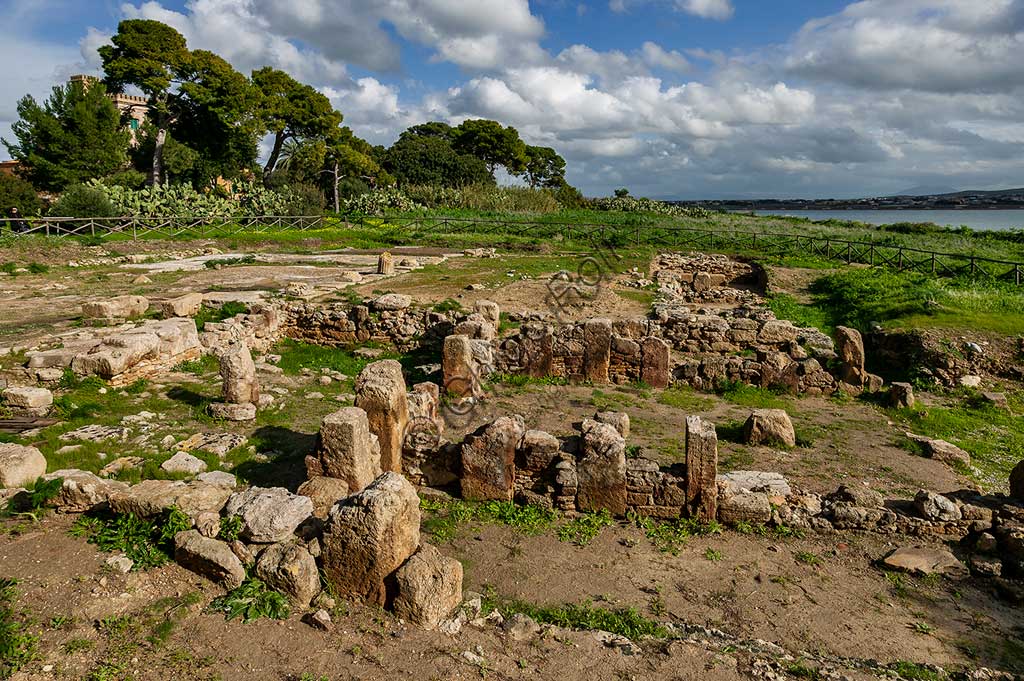
Island of San Pantaleo, Motya: view of the "House of Mosaics...
add to lightbox
20232_358.jpg
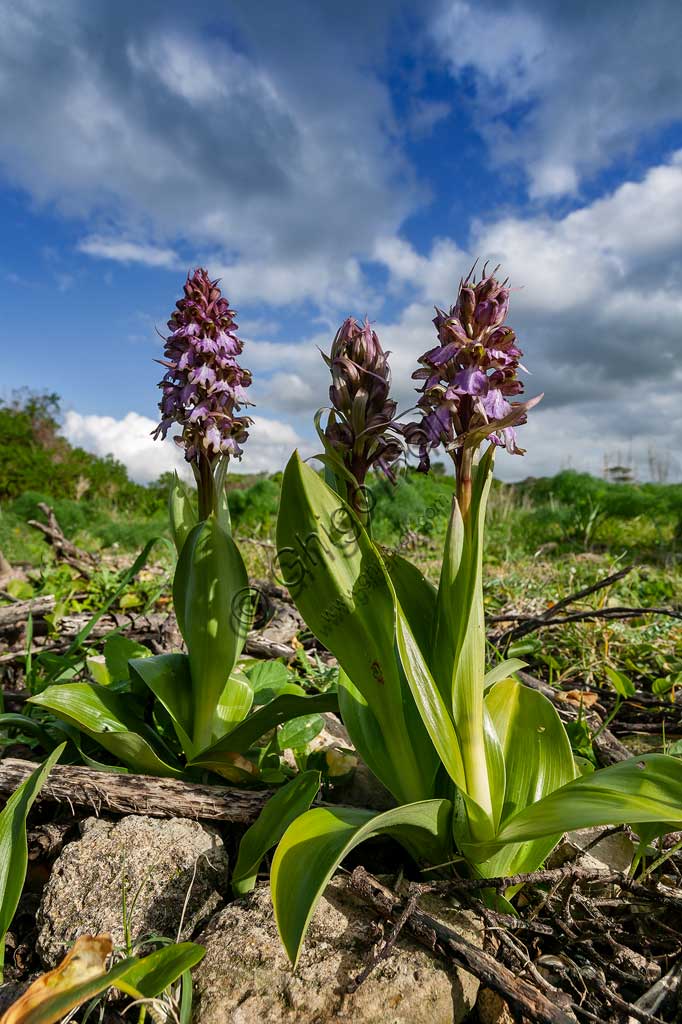
Island of San Pantaleo, Motya: flowering of wild orchids.
add to lightbox
20232_353.jpg
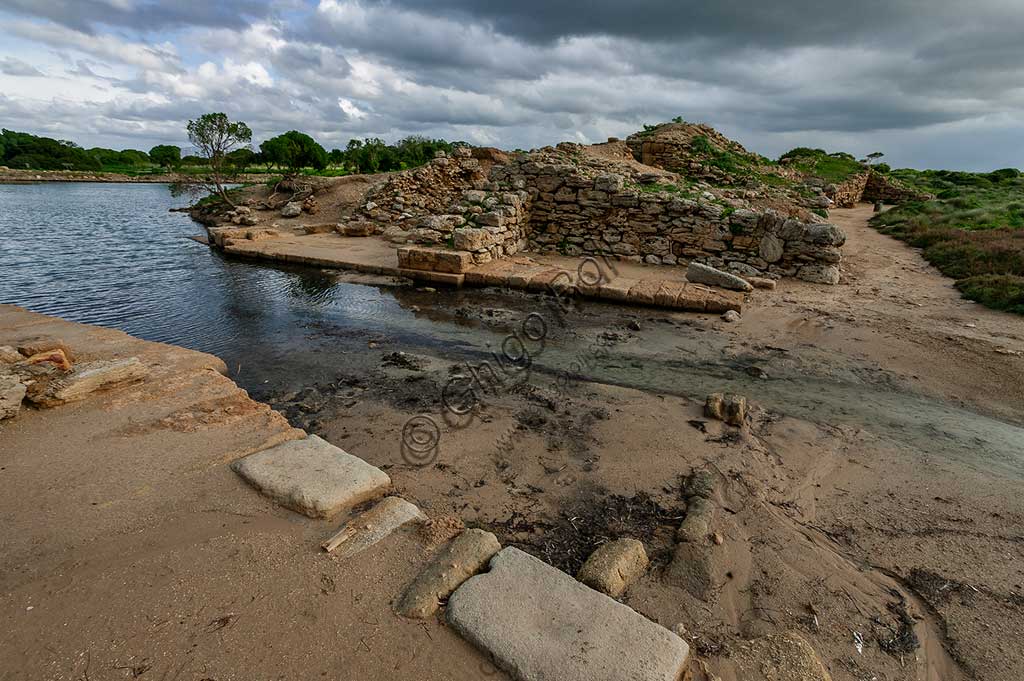
Island of San Pantaleo, Motya: view of the Phoenician Kothon...
add to lightbox
20232_351.jpg
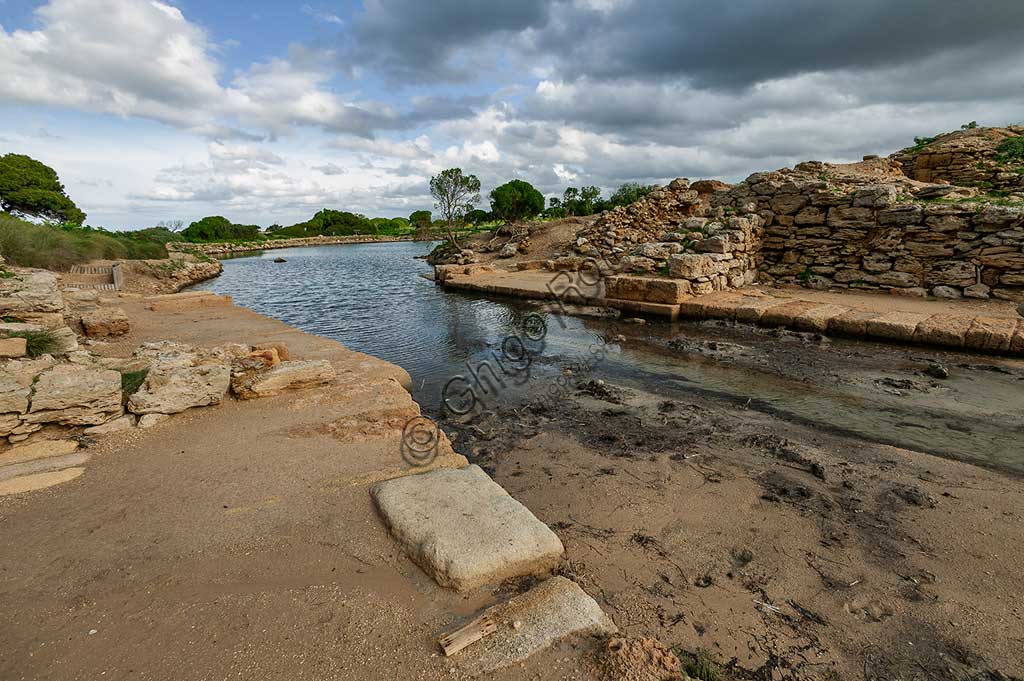
Island of San Pantaleo, Motya: view of the Phoenician Kothon...
add to lightbox
20232_351-353.jpg
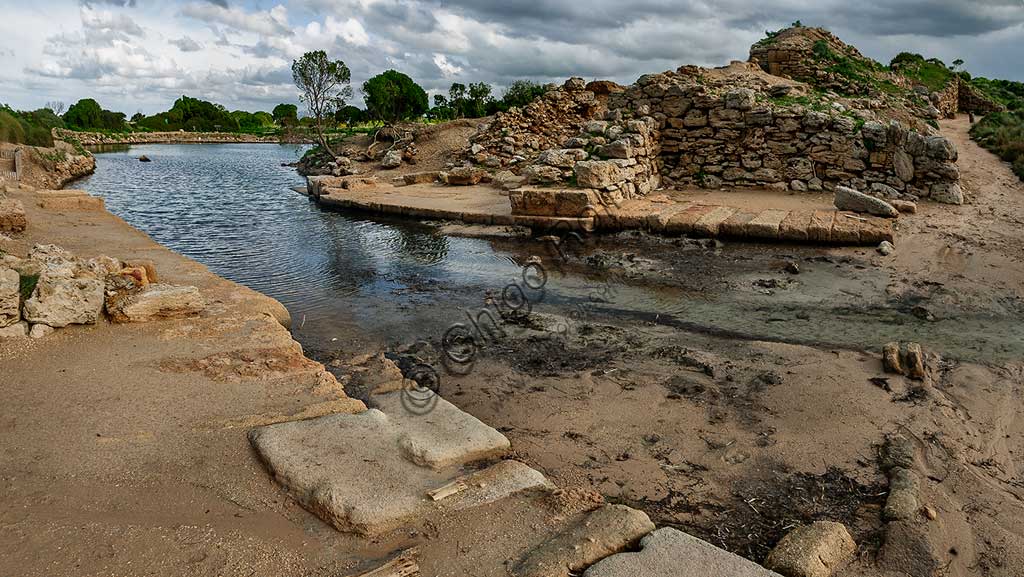
Island of San Pantaleo, Motya: view of the Phoenician Kothon...
add to lightbox
20232_344.jpg
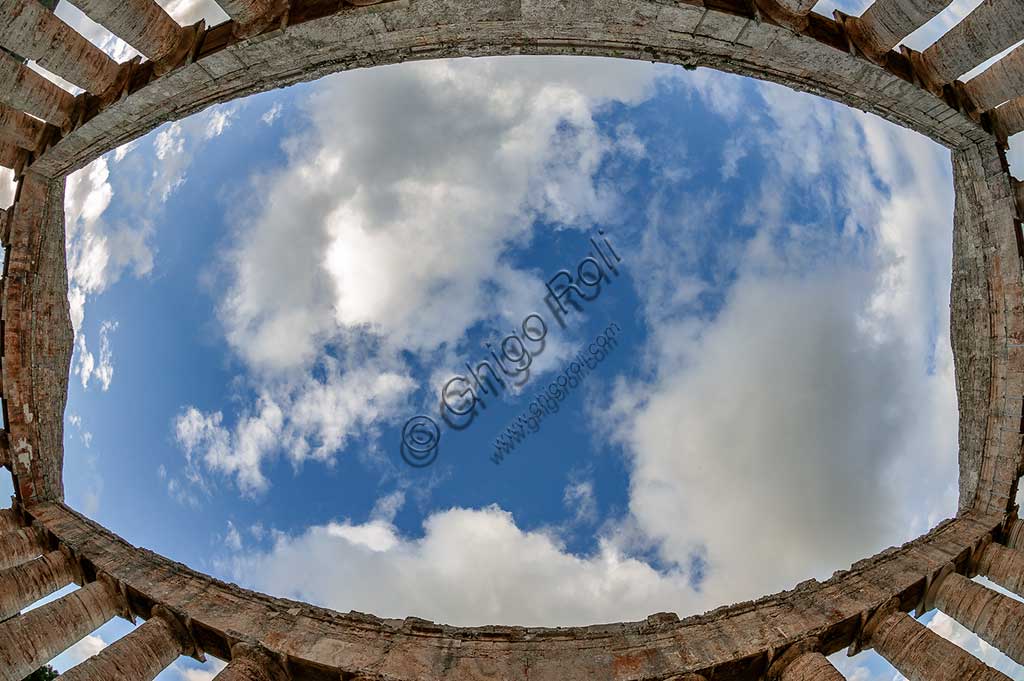
Segesta, Segesta Archaeological Park: the doric temple. Deta...
add to lightbox
20232_333.jpg
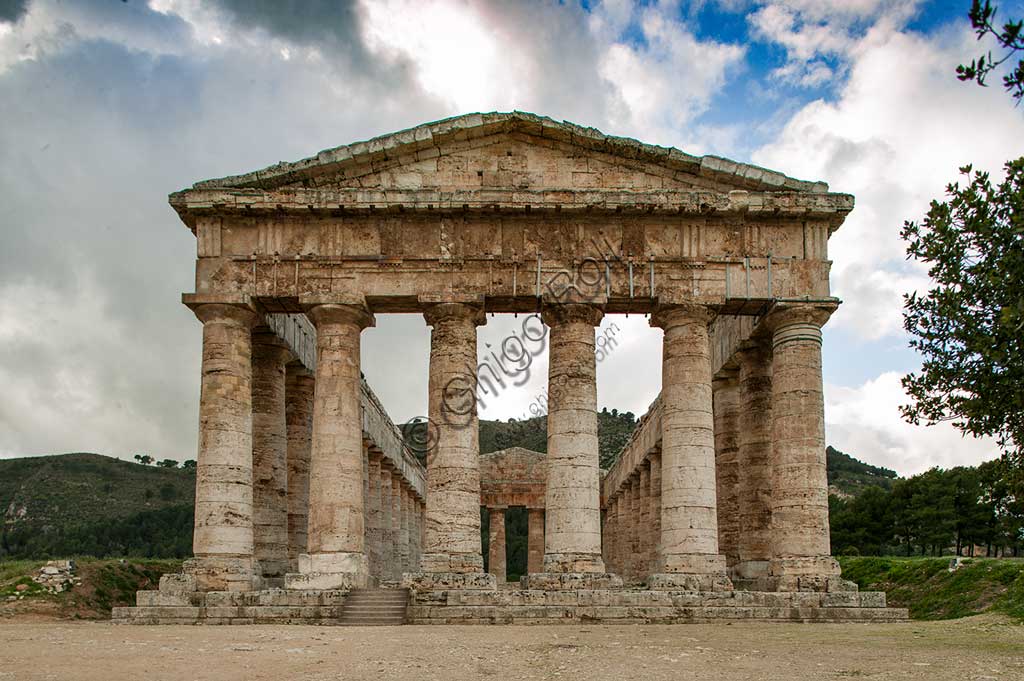
Segesta, Segesta Archaeological Park: the doric temple.
add to lightbox
20232_331.jpg
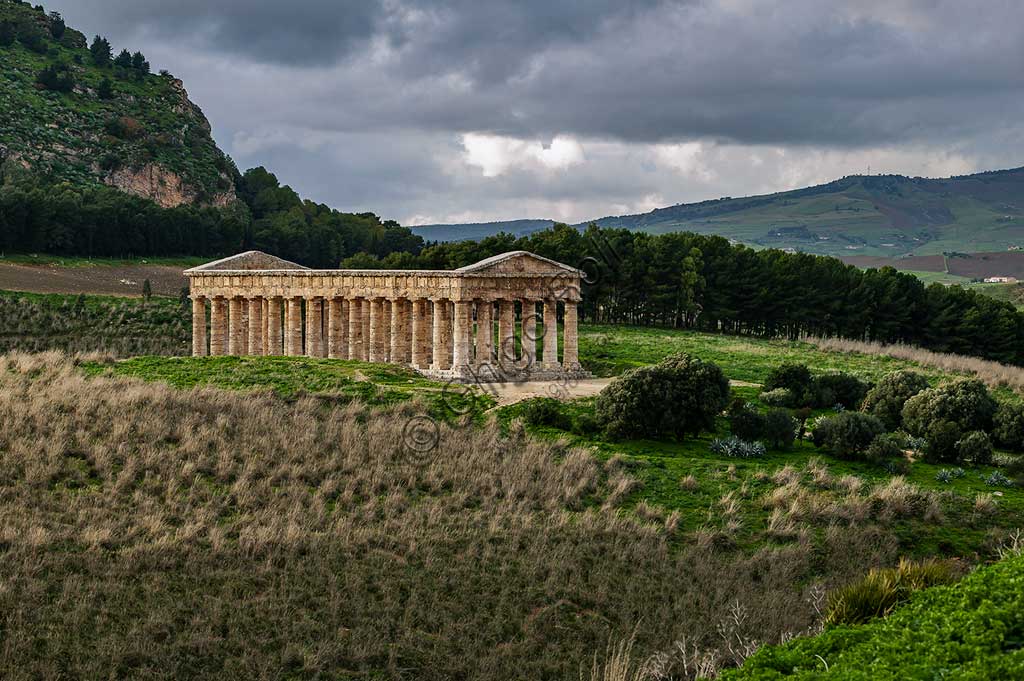
Segesta, Segesta Archaeological Park: the doric temple.
add to lightbox
20232_328.jpg
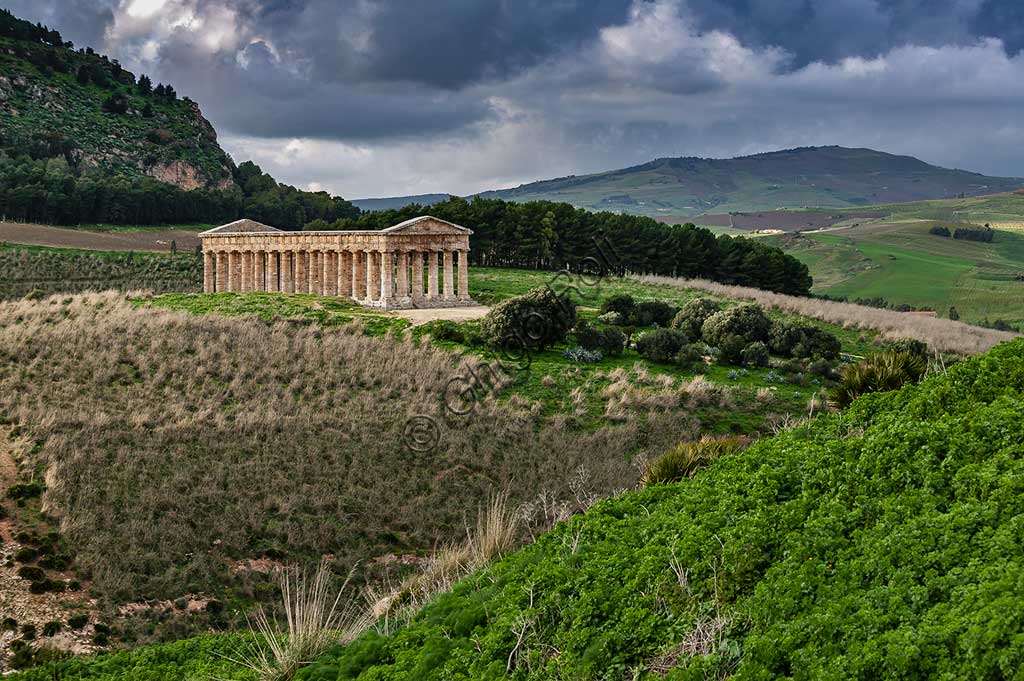
Segesta, Segesta Archaeological Park: the doric temple.
add to lightbox
20232_322.jpg
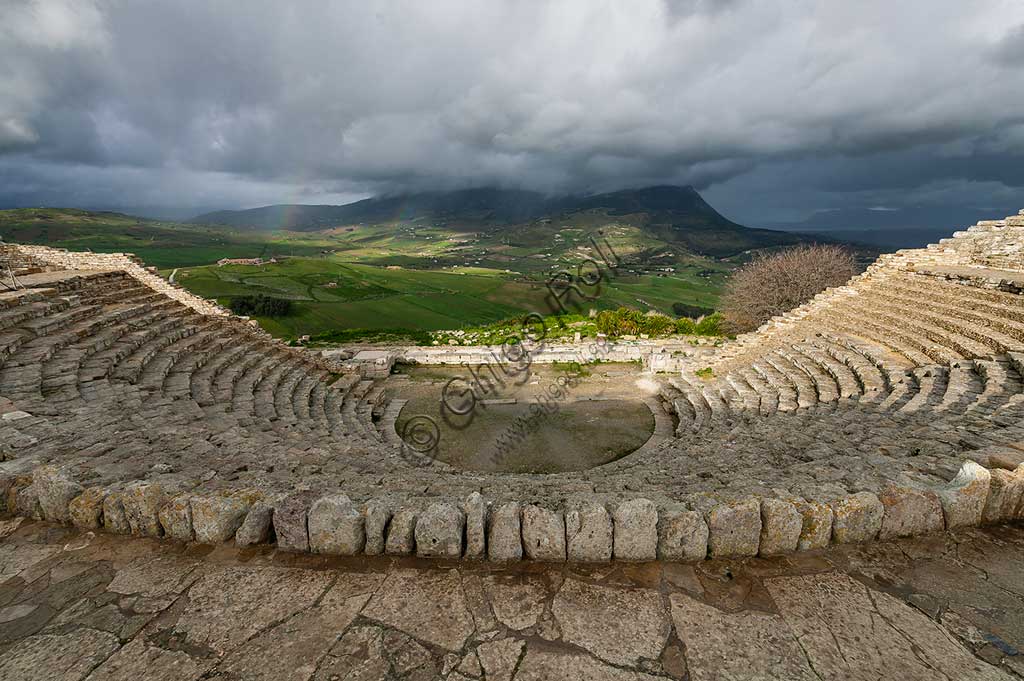
Segesta, Segesta Archaeological Park: the Greek theatre dug...
add to lightbox
20232_203-215.jpg

Palermo: orbicular view of the Kalsa Square, including the C...
add to lightbox
20232_202.jpg
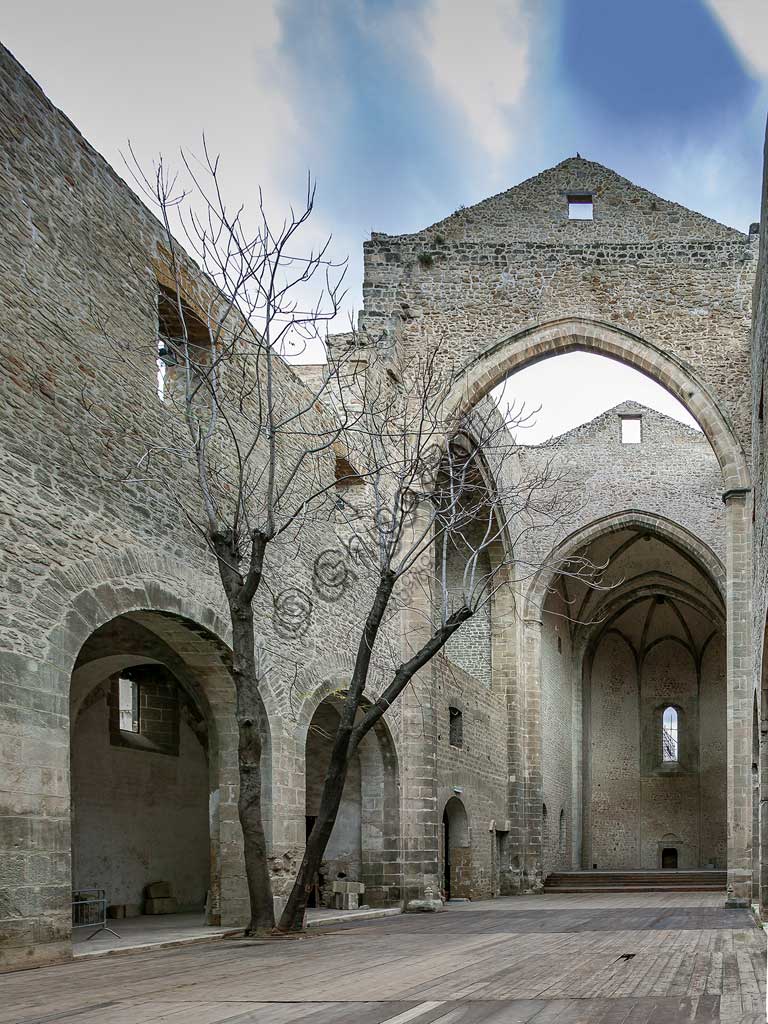
Palermo: internal view of the Church of St. Maria dello Spas...
add to lightbox
20232_200.jpg
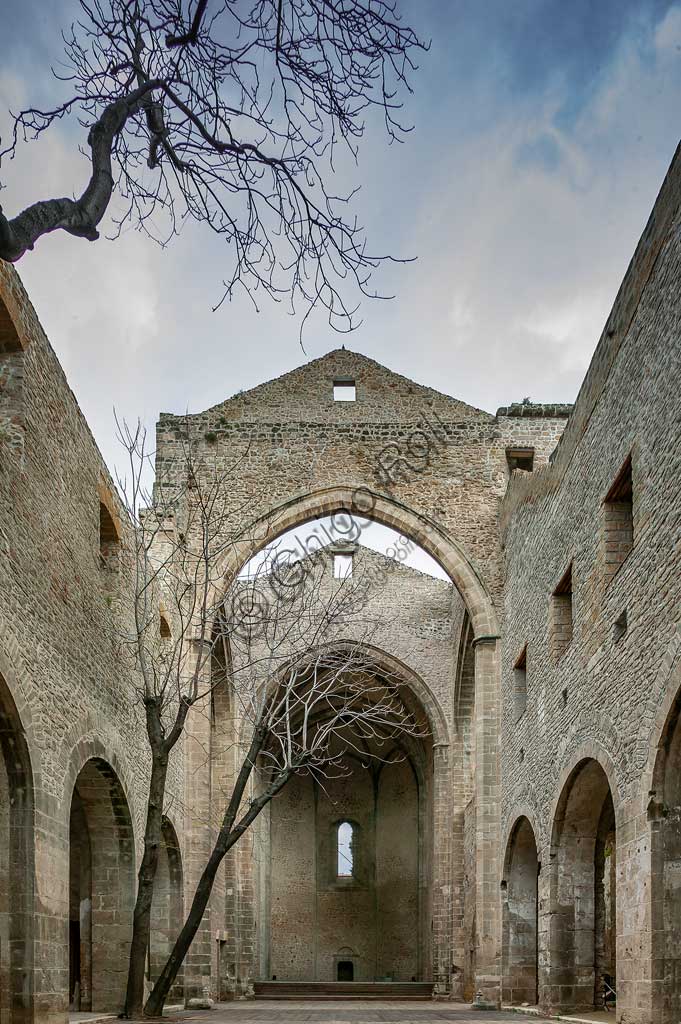
Palermo: internal view of the Church of St. Maria dello Spas...
add to lightbox
20232_193.jpg
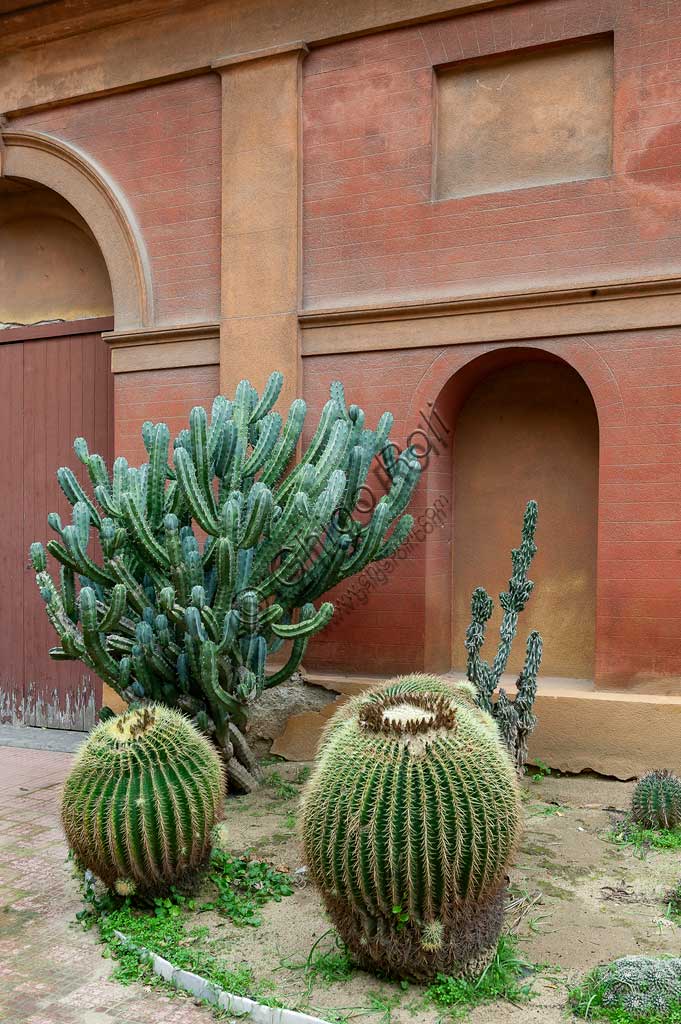
Palermo, the Botanical Gardens: a corner of the garden with...
add to lightbox
20232_191.jpg

Palermo, the Botanical Gardens: flowering of a palm of the C...
add to lightbox
20232_186.jpg
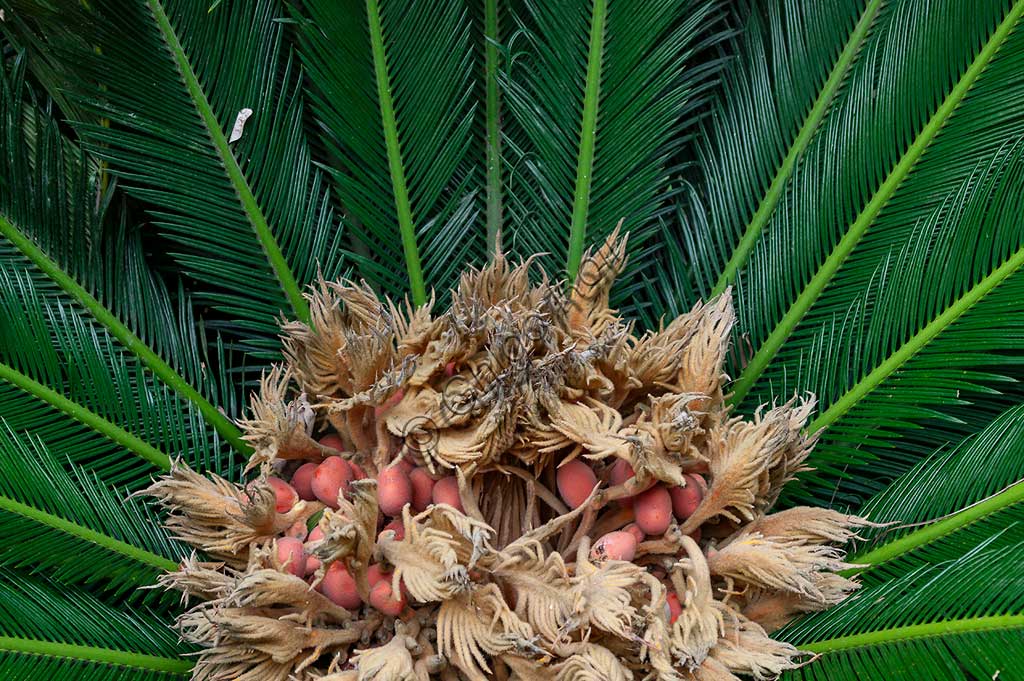
Palermo, the Botanical Gardens: flowering of a palm of the C...
add to lightbox
20232_179.jpg
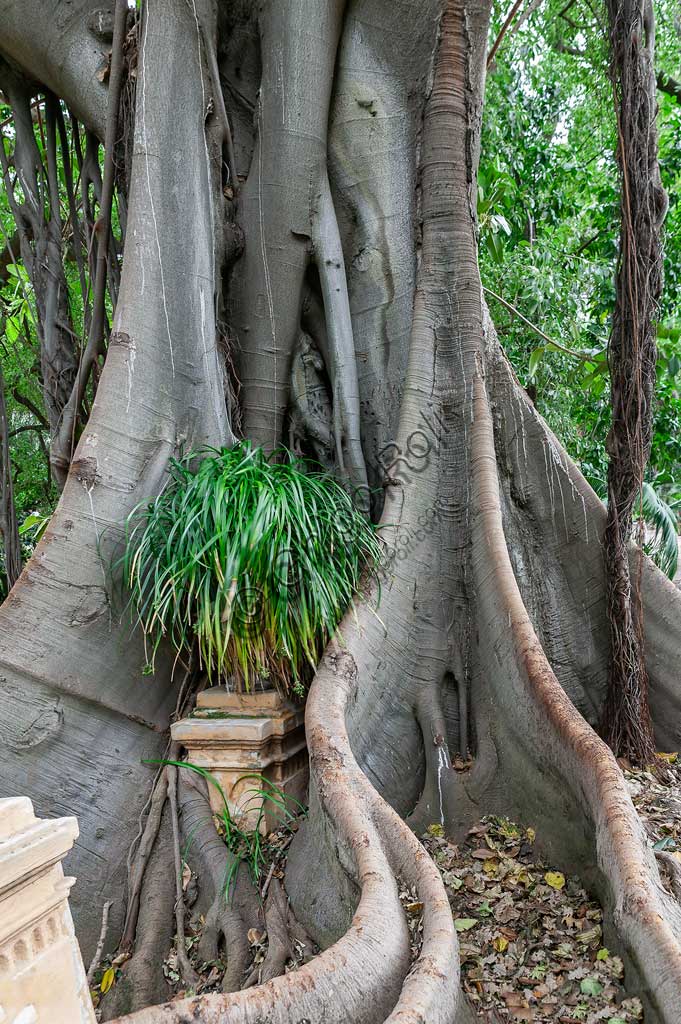
Palermo, the Botanical Gardens: vases incorporated by the r...
add to lightbox
20232_178.jpg
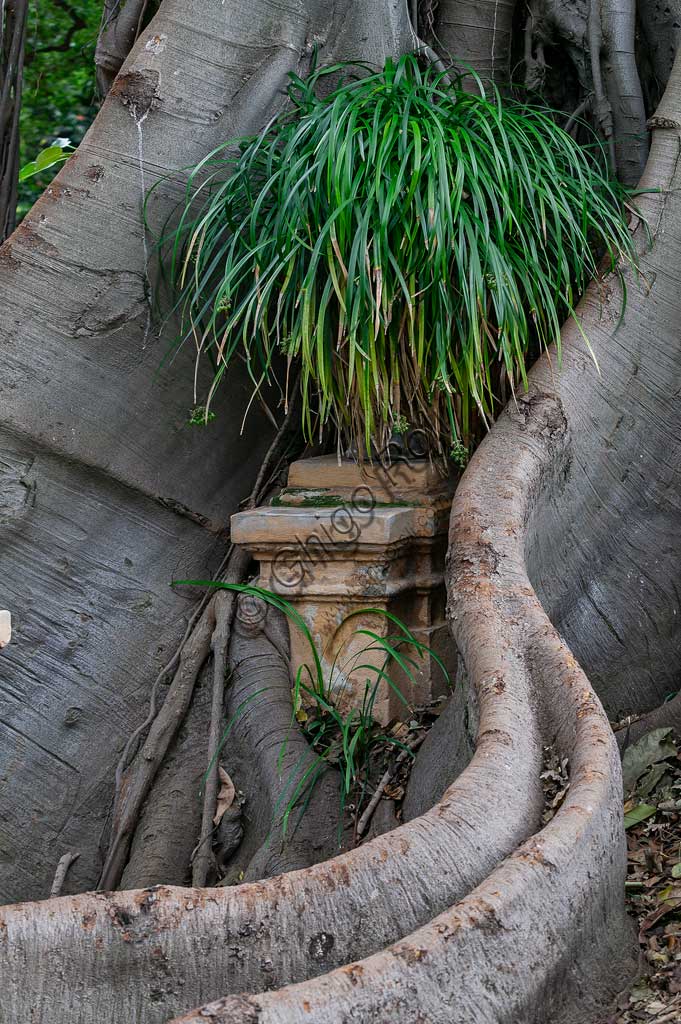
Palermo, the Botanical Gardens: vases incorporated by the r...
add to lightbox
20232_175.jpg
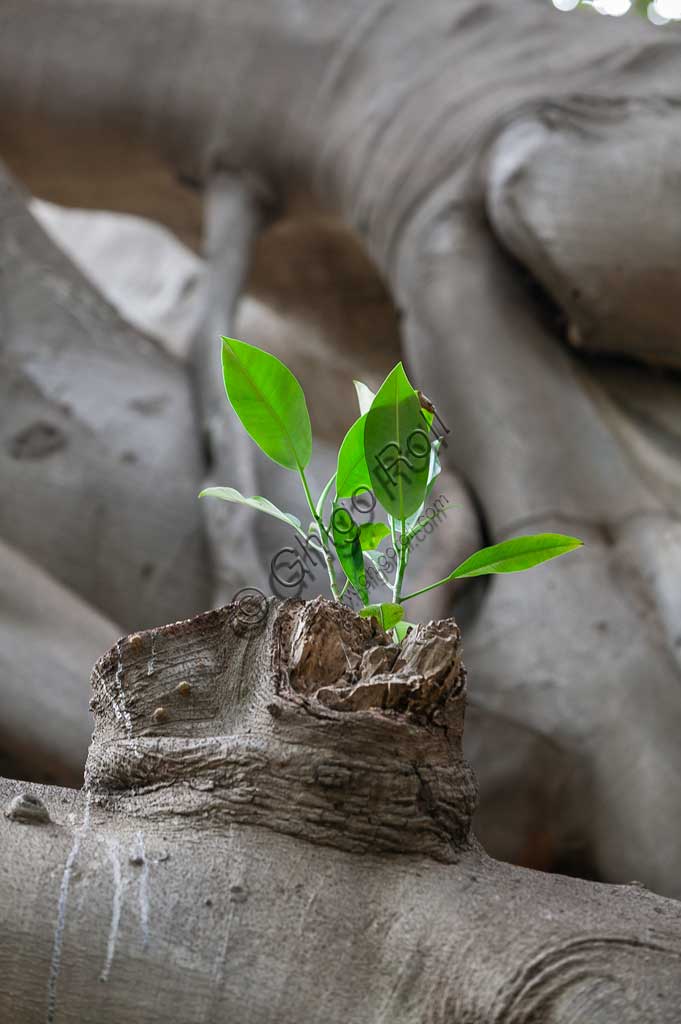
Palermo, the Botanical Gardens: bud of Ficus magnolioide.
add to lightbox
20232_171.jpg
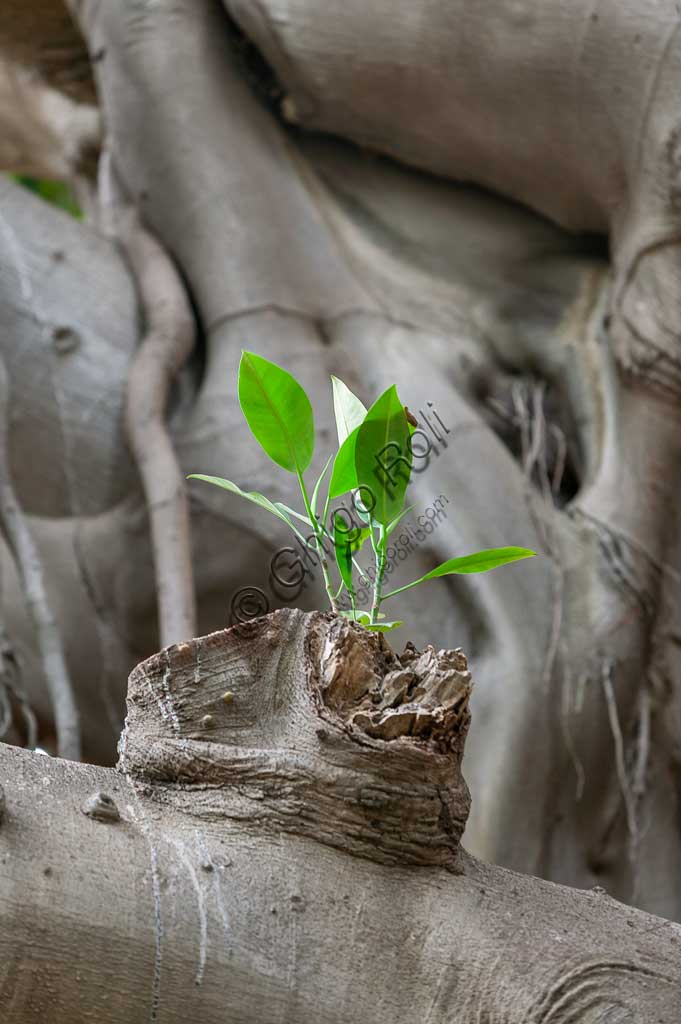
Palermo, the Botanical Gardens: bud of Ficus magnolioide.
add to lightbox
20232_163.jpg
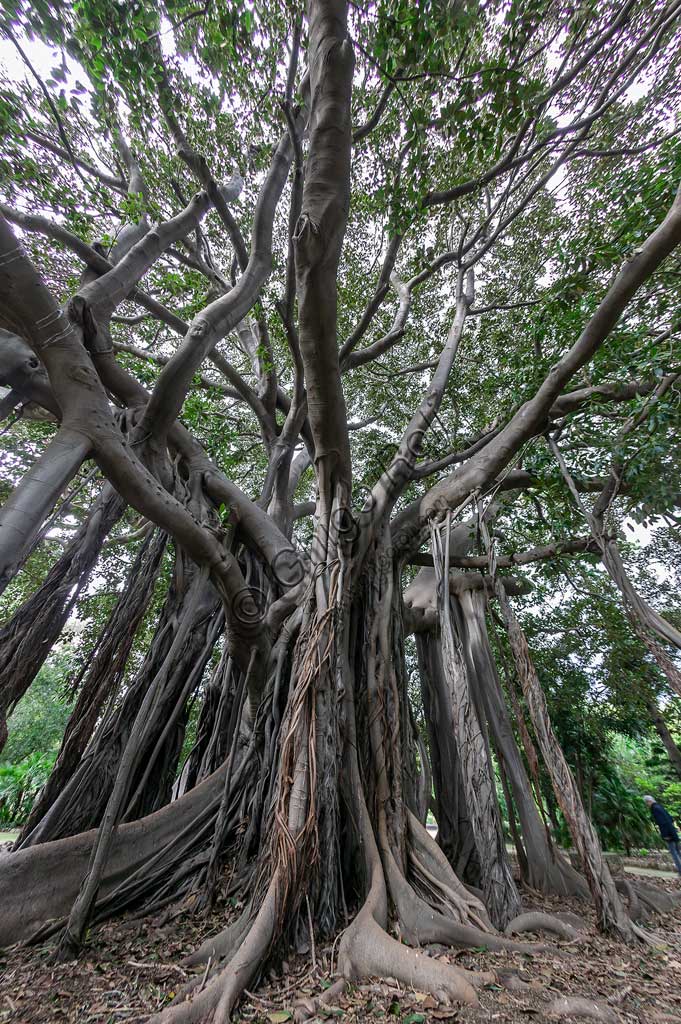
Palermo, the Botanical Gardens: Ficus magnolioide.
add to lightbox
20232_162.jpg
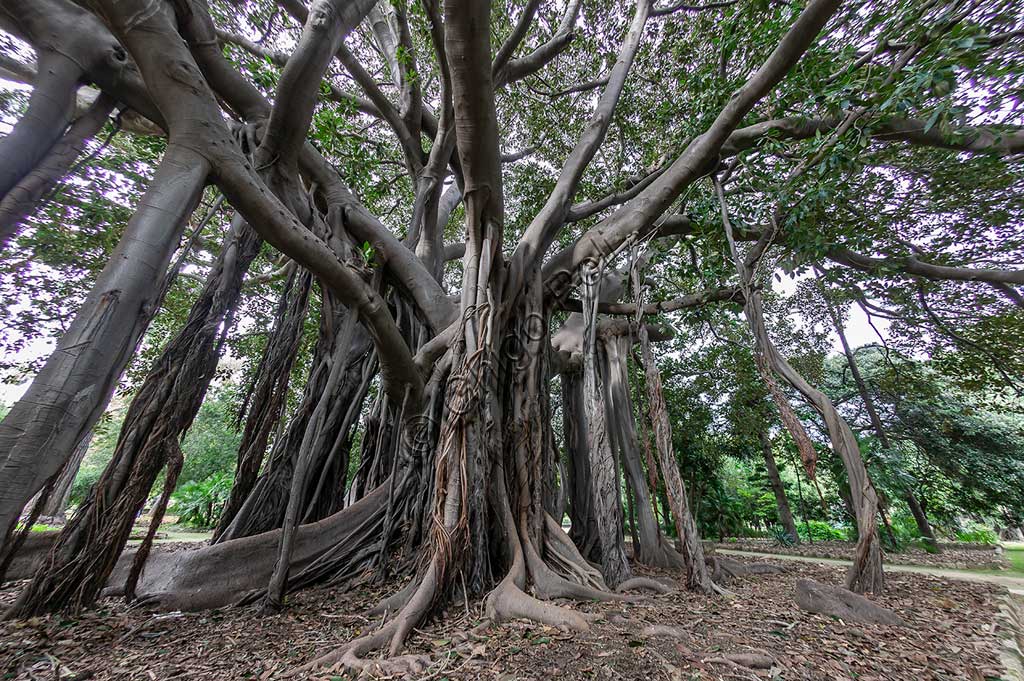
Palermo, the Botanical Gardens: Ficus magnolioide.
add to lightbox
20232_154.jpg
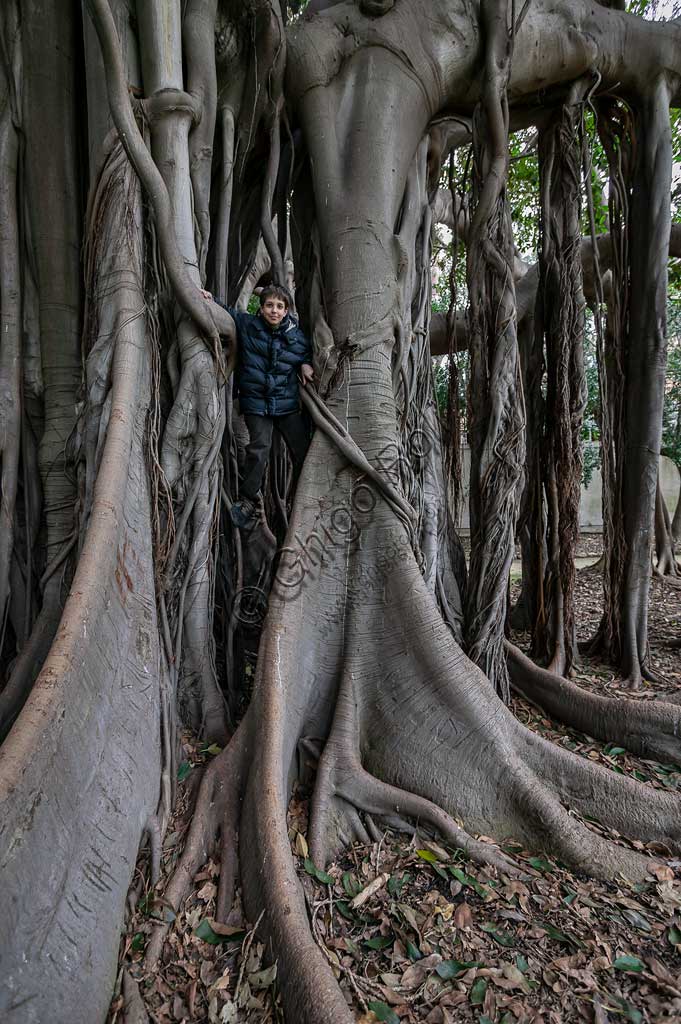
Palermo, the Botanical Gardens: Ficus magnolioide.
add to lightbox
20232_146.jpg
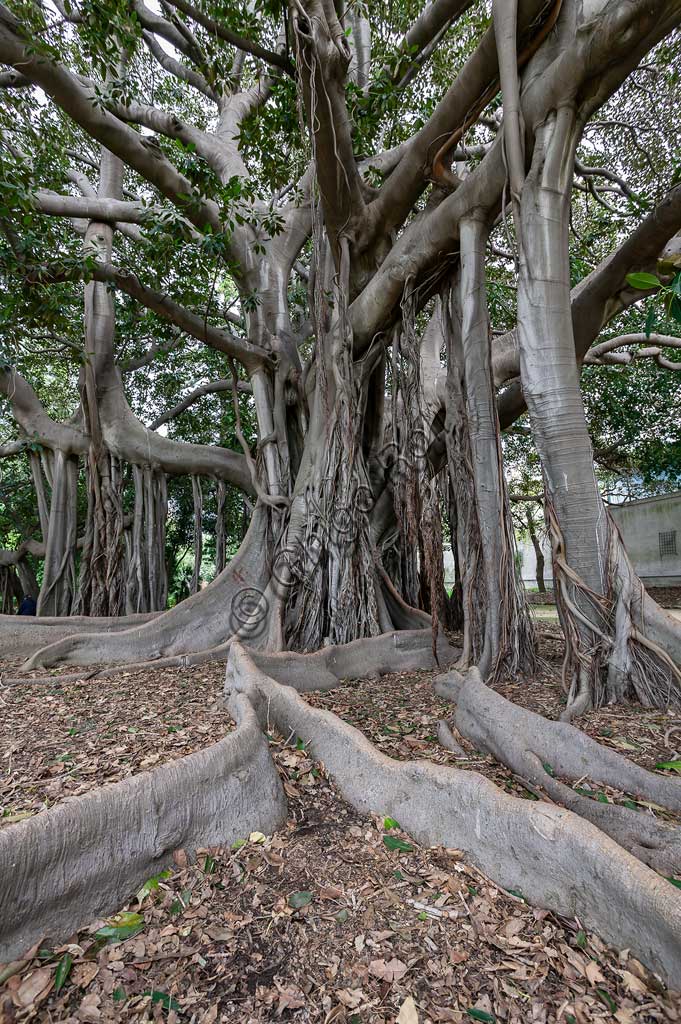
Palermo, the Botanical Gardens: Ficus magnolioide.
add to lightbox
20232_135.jpg
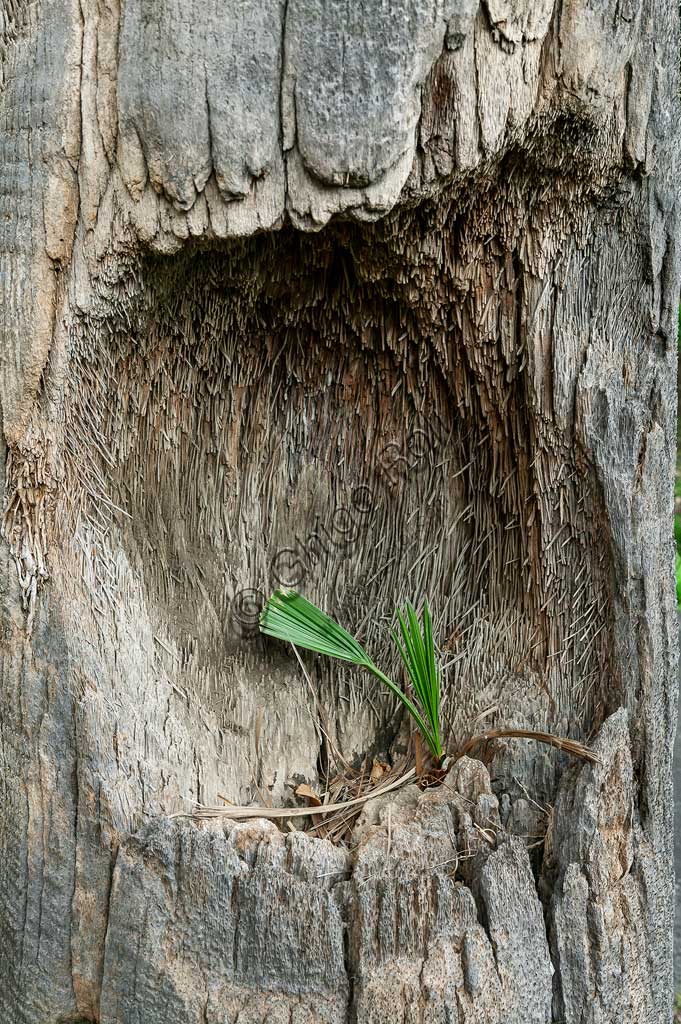
Palermo, the Botanical Gardens: bud palm grown in a palm tru...
add to lightbox
20232_130.jpg
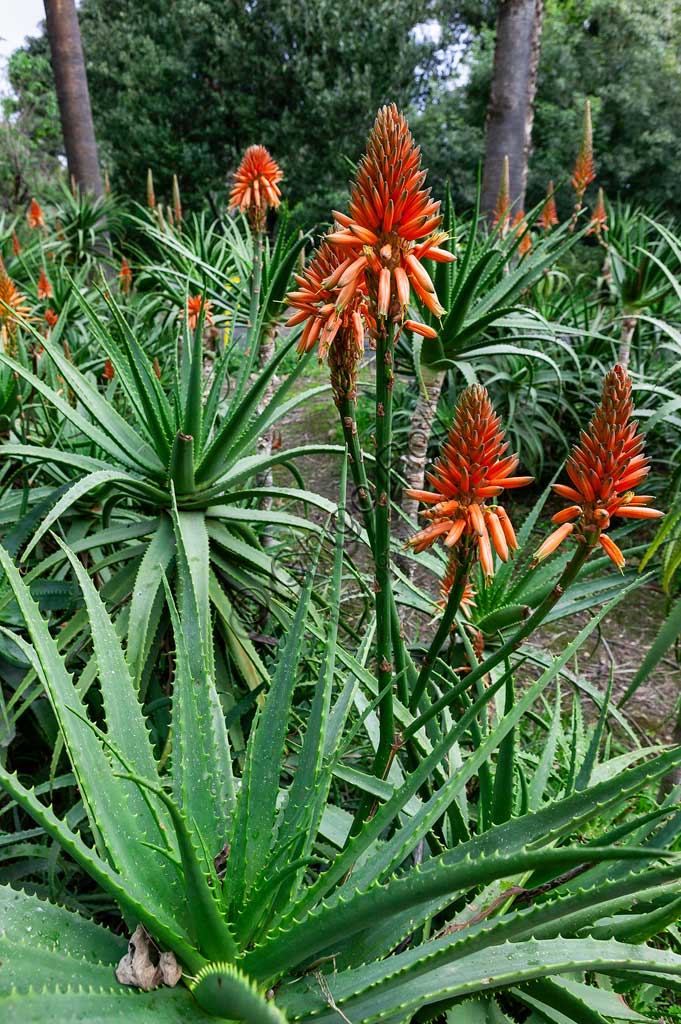
Palermo, the Botanical Gardens: blossom of an Aloe arboresce...
add to lightbox
20232_127.jpg
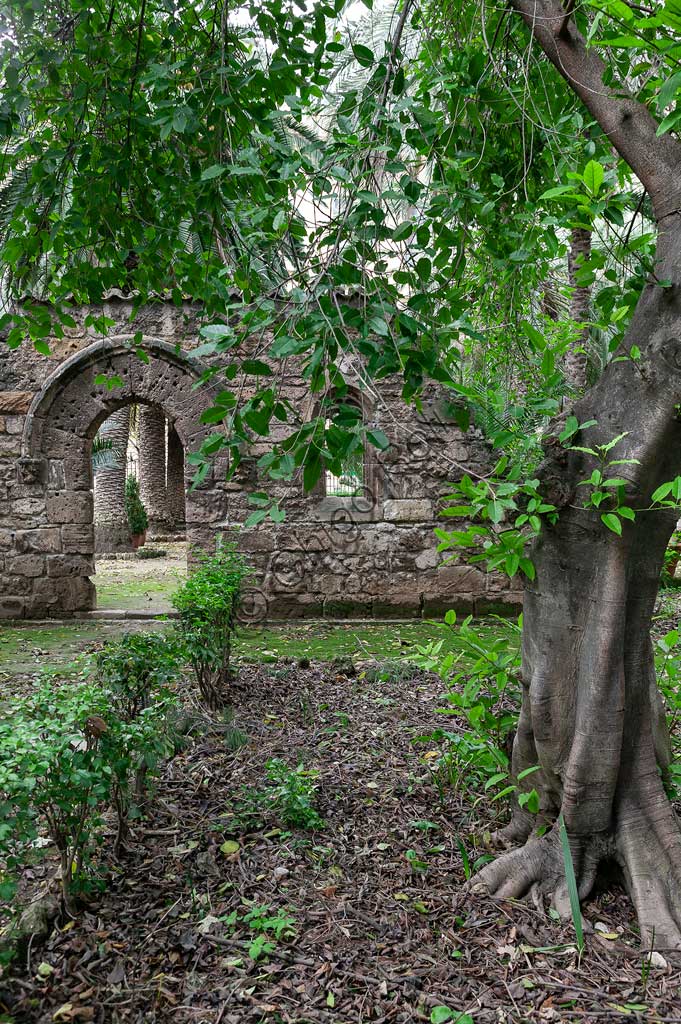
Palermo, the Botanical Gardens: the remains of the Church of...
add to lightbox
20232_125.jpg
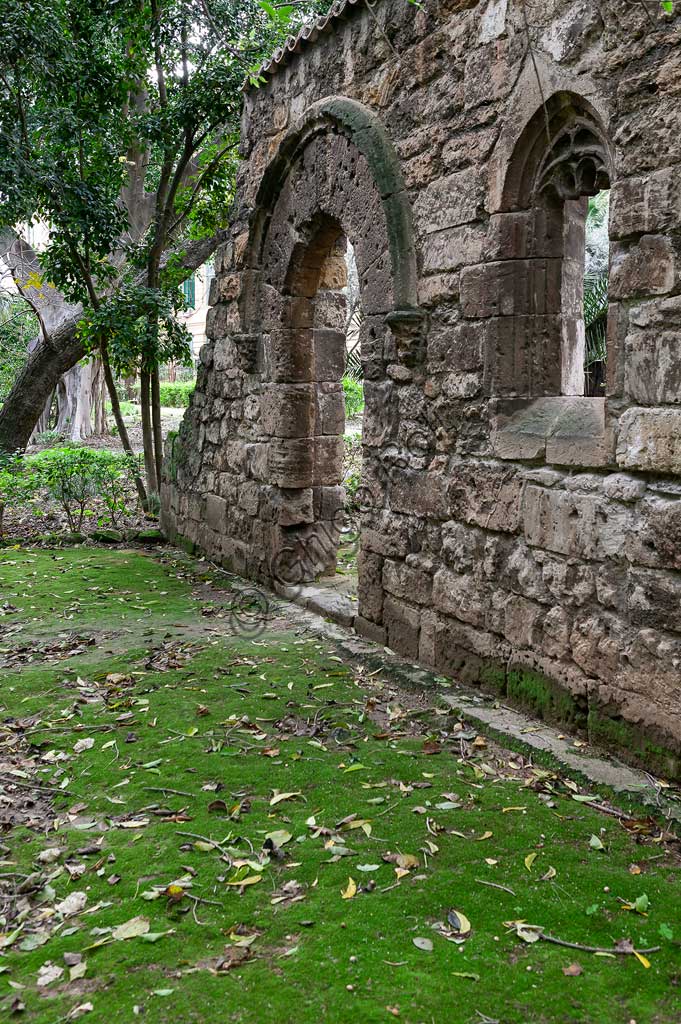
Palermo, the Botanical Gardens: the remains of the Church of...
add to lightbox
20232_119.jpg
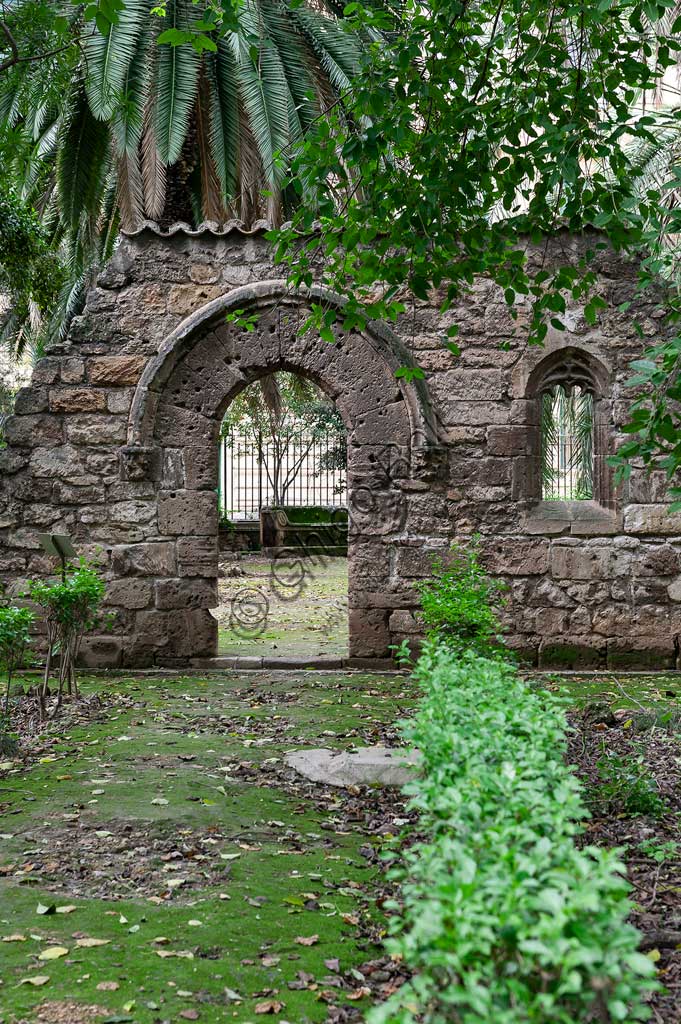
Palermo, the Botanical Gardens: the remains of the Church of...
add to lightbox
20232_117.jpg

Palermo, the Botanical Gardens: palm dates.
add to lightbox
20232_115.jpg
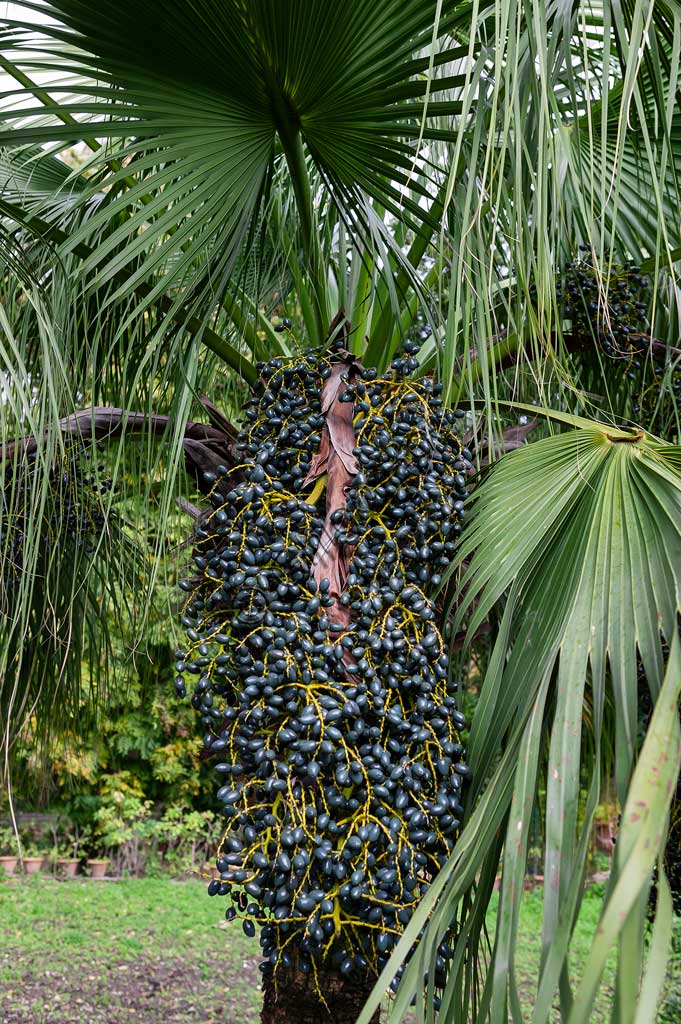
Palermo, the Botanical Gardens: palm dates.
add to lightbox
20232_112.jpg
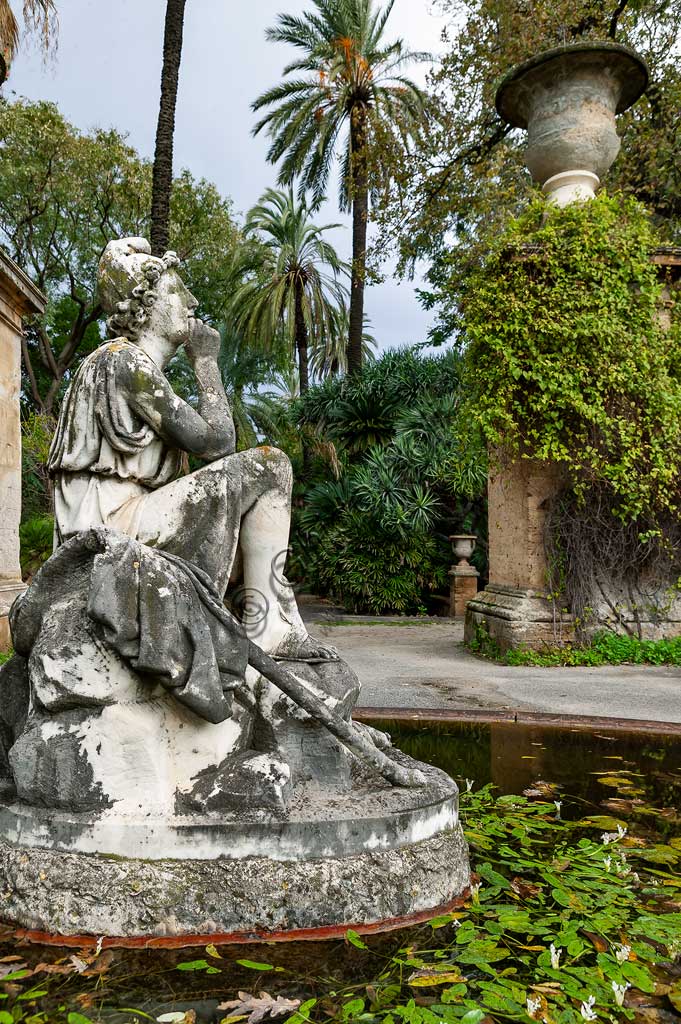
Palermo, the Botanical Gardens: a fountain with a statue.
add to lightbox
20232_110.jpg
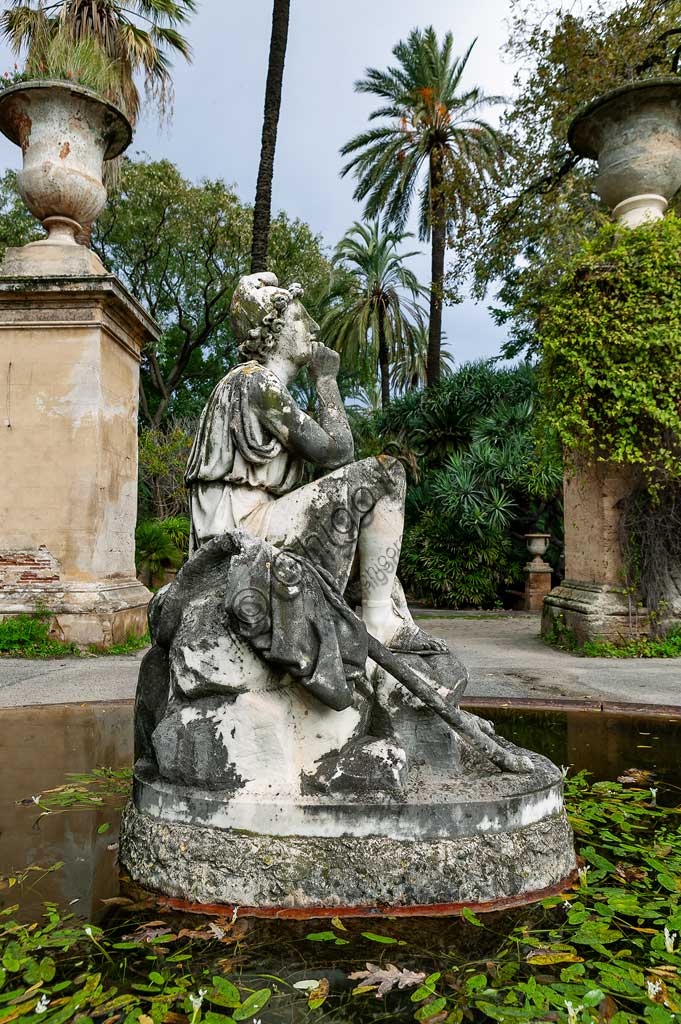
Palermo, the Botanical Gardens: a fountain with a statue.
add to lightbox
20232_109.jpg
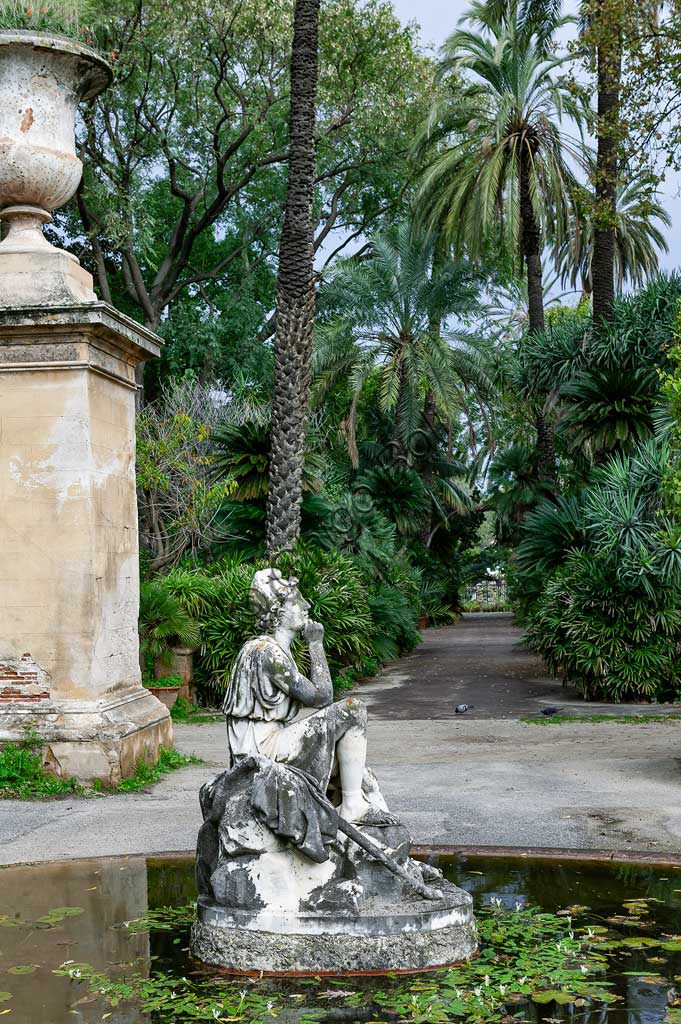
Palermo, the Botanical Gardens: a fountain with a statue.
add to lightbox
20232_106.jpg
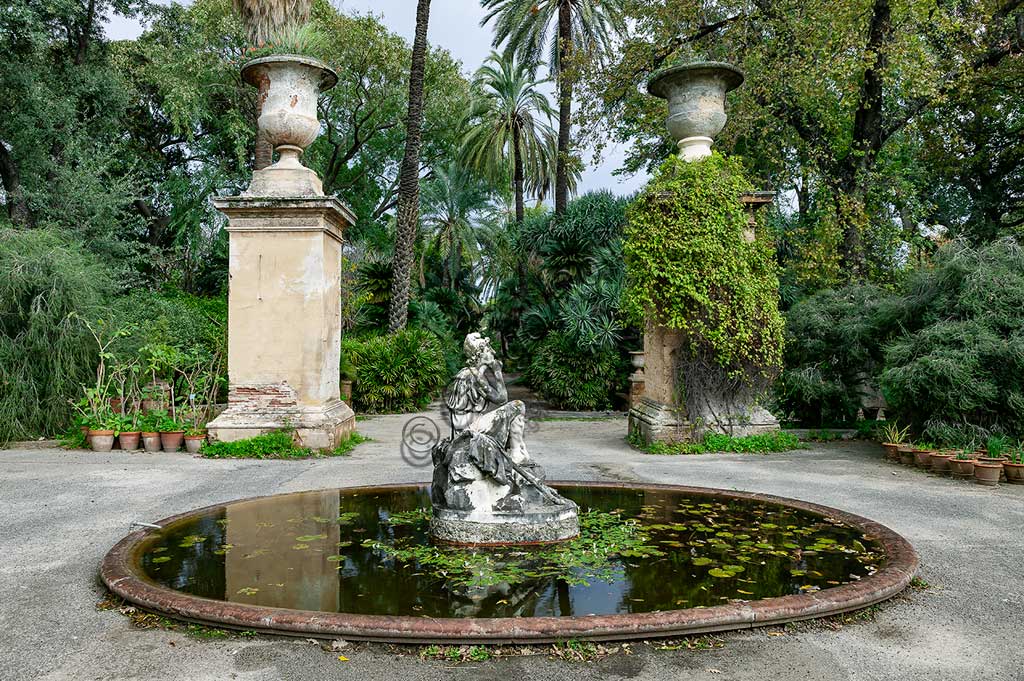
Palermo, the Botanical Gardens: a fountain with a statue.
add to lightbox
20232_105.jpg
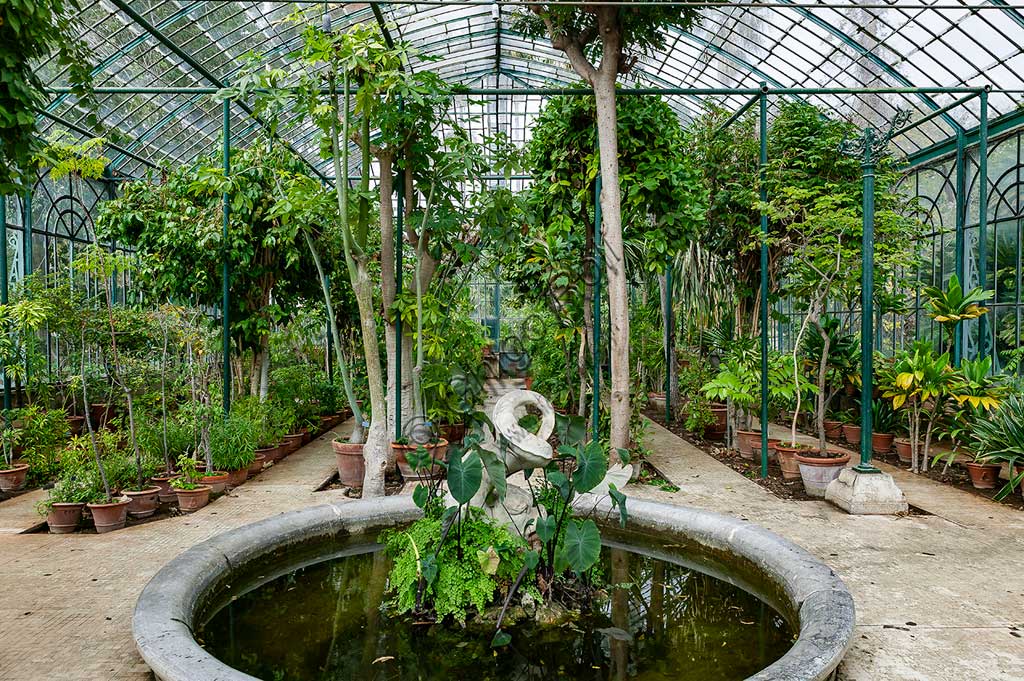
Palermo, the Botanical Gardens: partial view of a greenhouse...
add to lightbox
20232_104.jpg
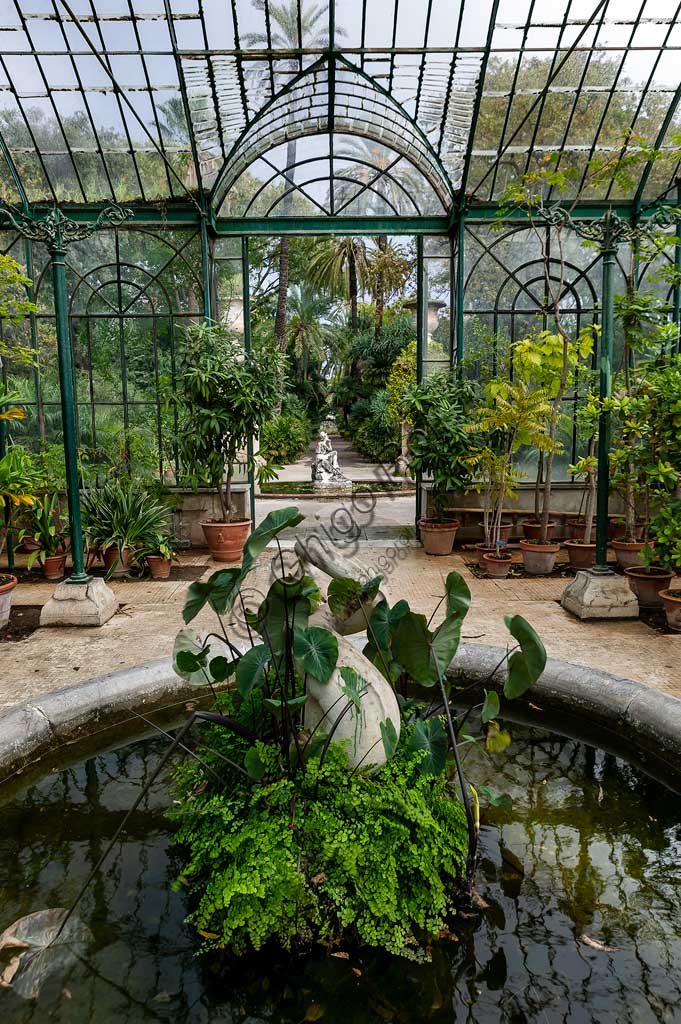
Palermo, the Botanical Gardens: partial view of a greenhouse...
add to lightbox
20232_098.jpg
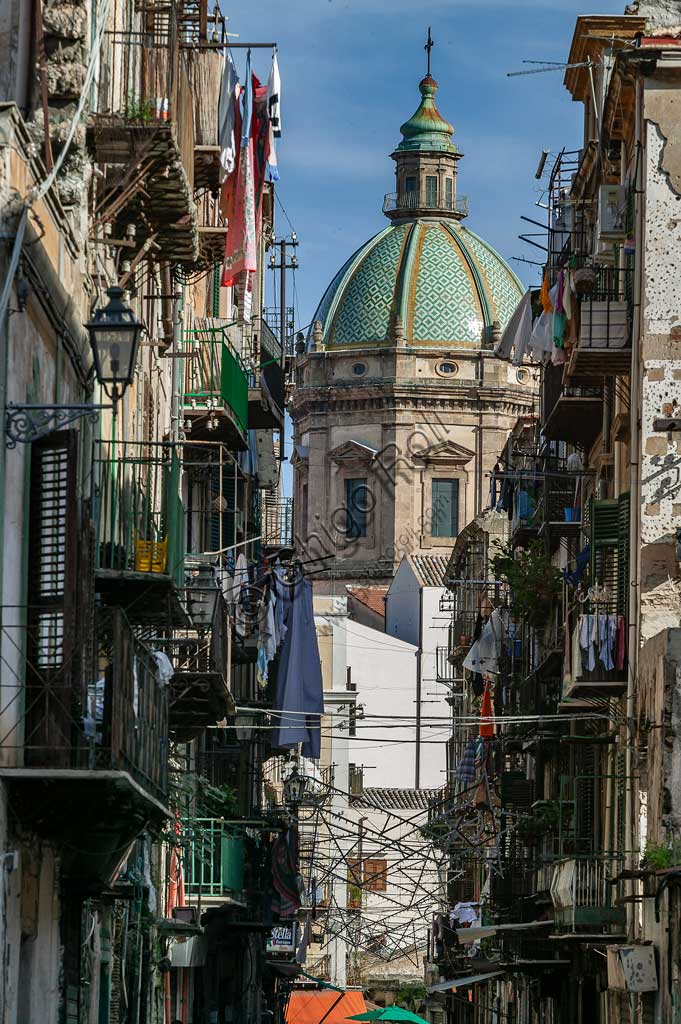
Palermo: partial view of a street in the city centre.
add to lightbox
20232_089.jpg
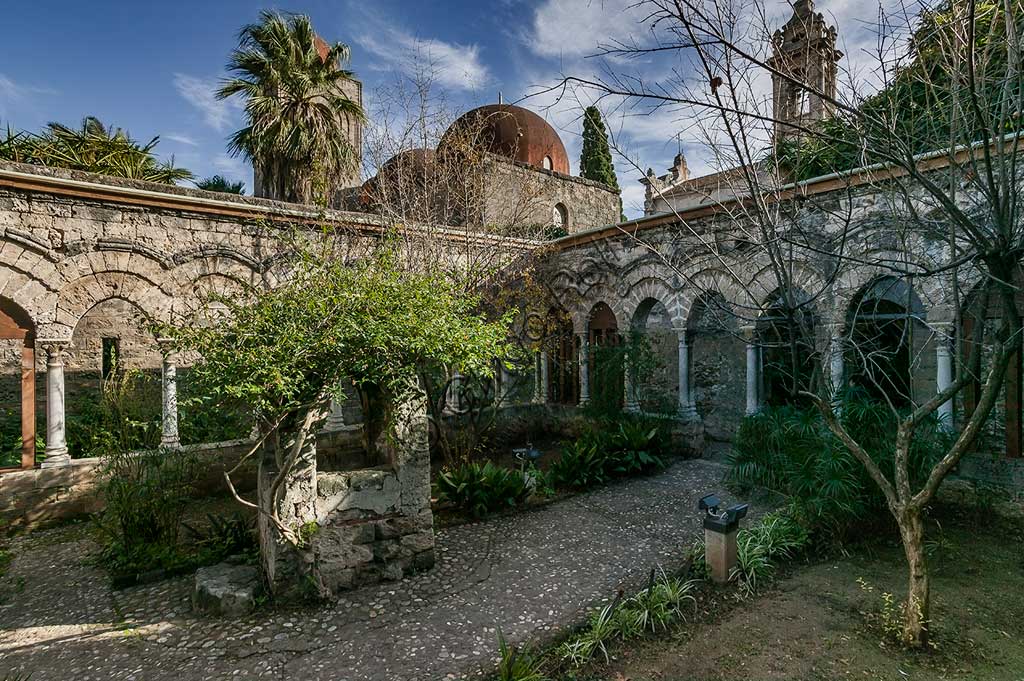
Palermo, the Church of St. John of the Hermits: the cloister...
add to lightbox
20232_078.jpg
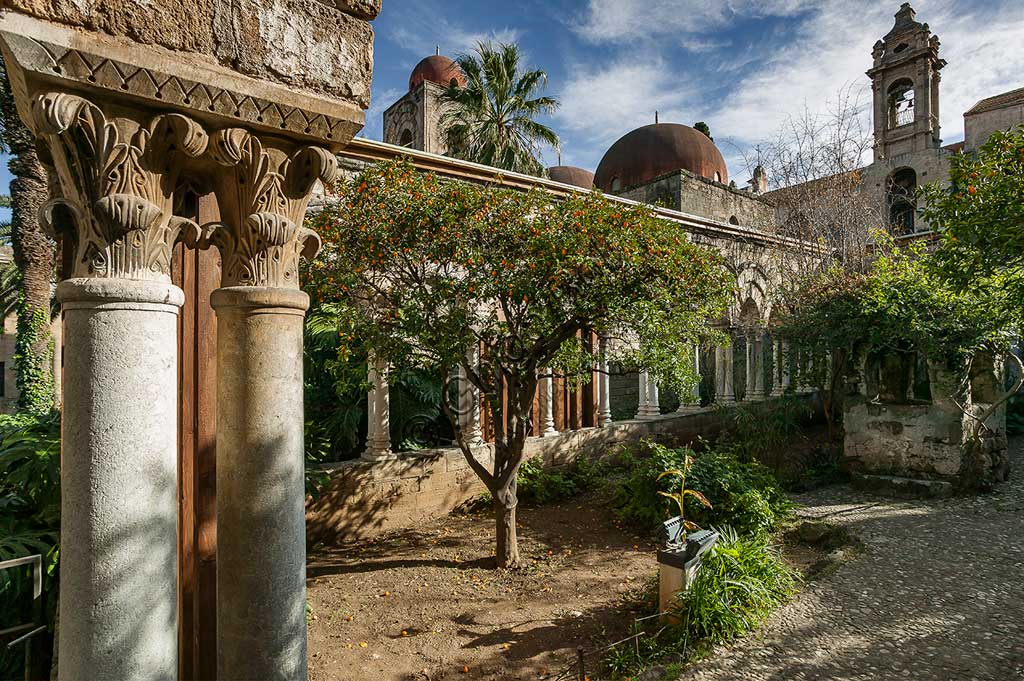
Palermo, the Church of St. John of the Hermits: the cloister...
add to lightbox
20232_077.jpg
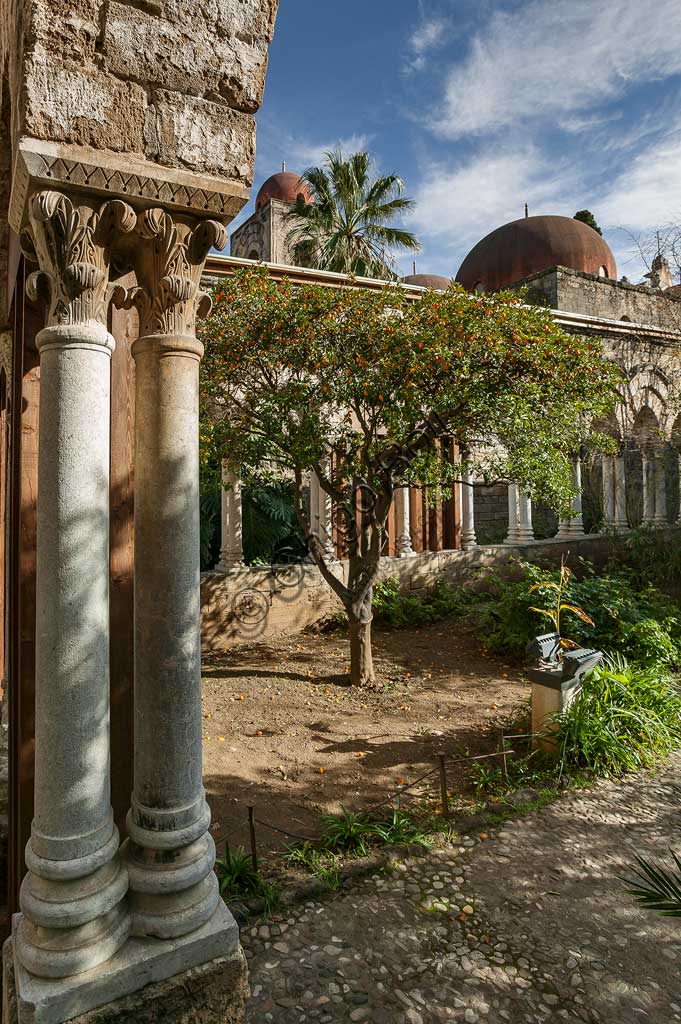
Palermo, the Church of St. John of the Hermits: the cloister...
add to lightbox
20232_071.jpg
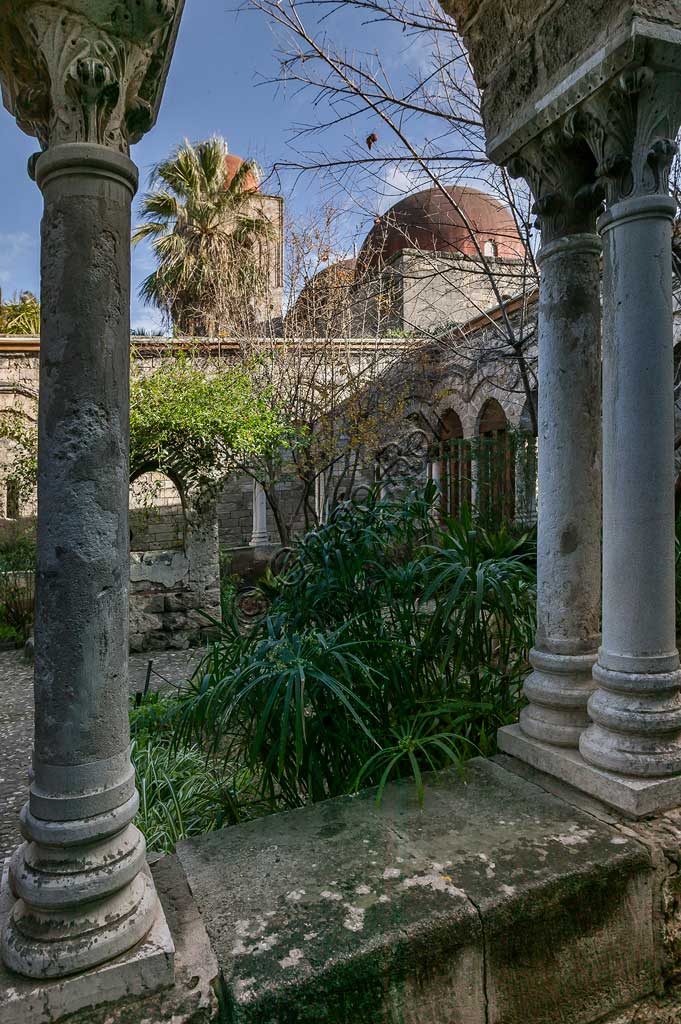
Palermo, the Church of St. John of the Hermits: the cloister...
add to lightbox
20232_069.jpg
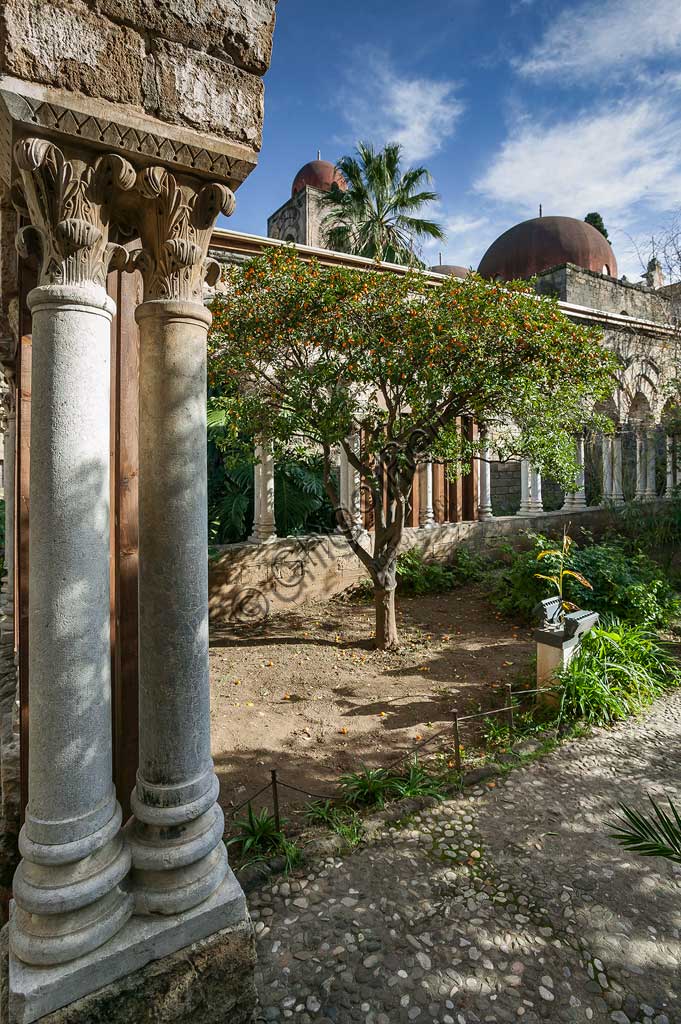
Palermo, the Church of St. John of the Hermits: the cloister...
add to lightbox
20232_066.jpg
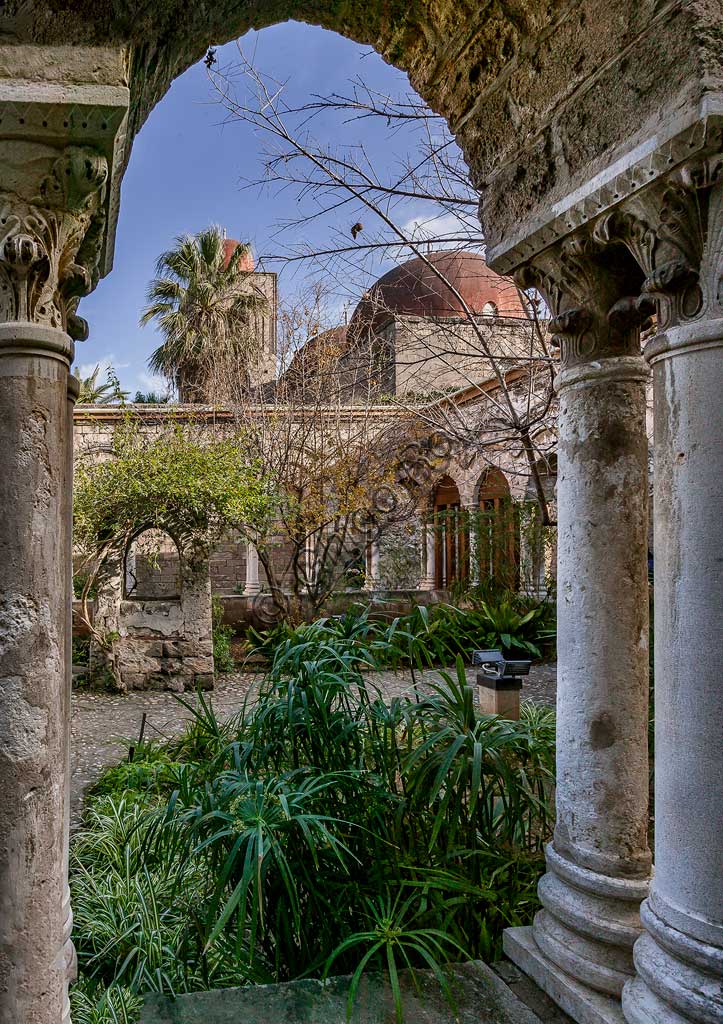
Palermo, the Church of St. John of the Hermits: the cloister...
add to lightbox
20232_064.jpg
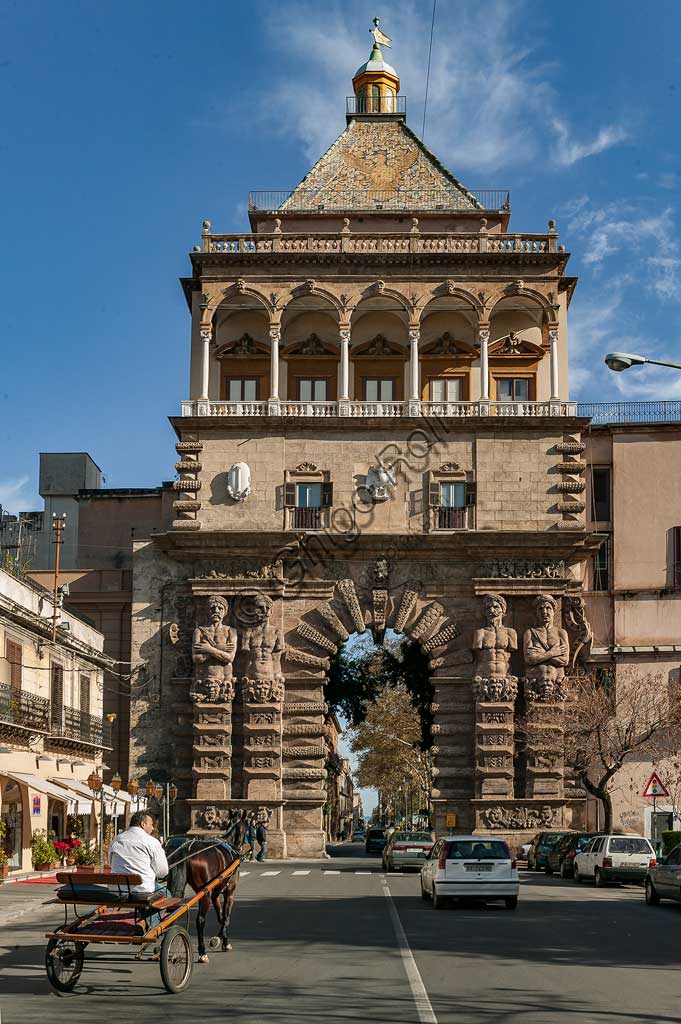
Palermo: view of Porta Nuova.
add to lightbox
20232_056.jpg
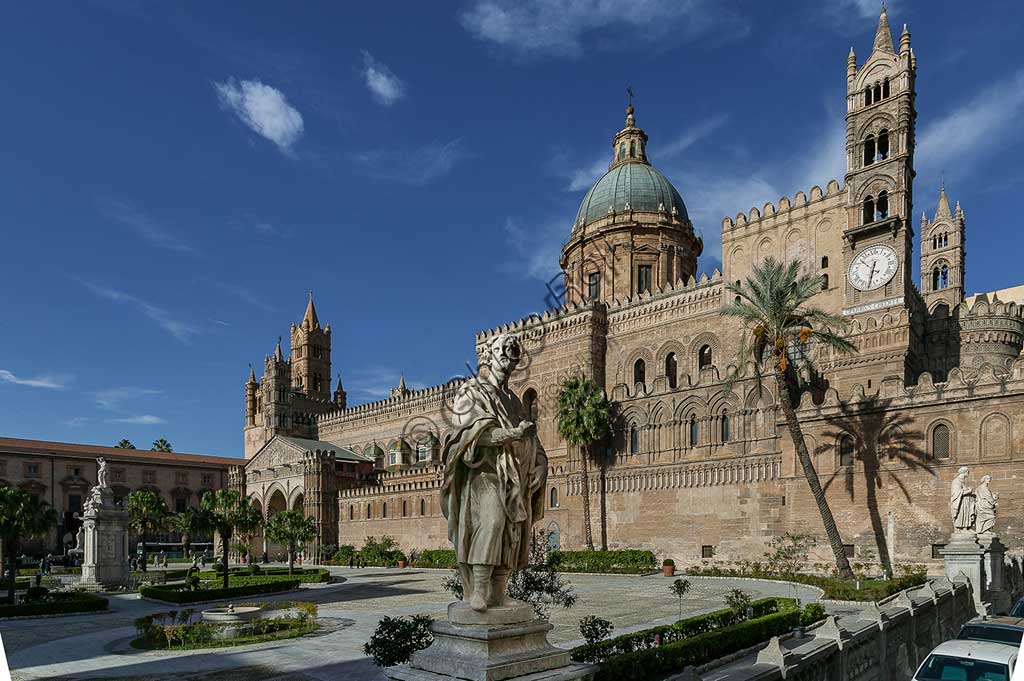
Palermo: view of the southeast side of the Cathedral (Metrop...
add to lightbox
20232_055.jpg
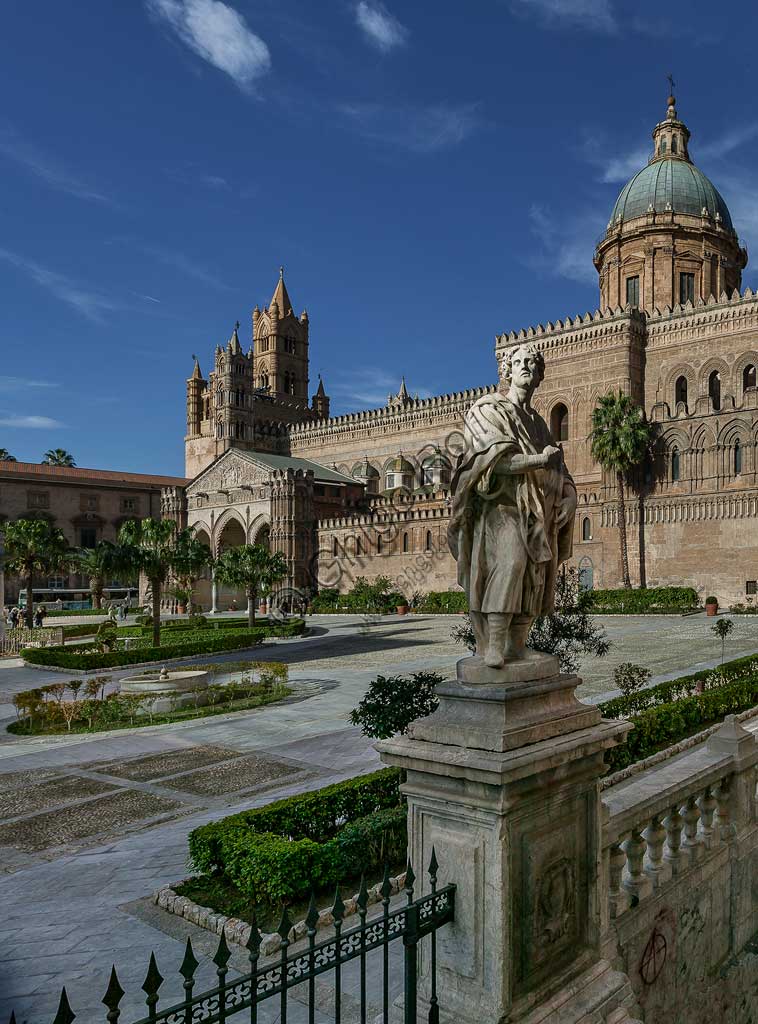
Palermo: view of the southeast side of the Cathedral (Metrop...
add to lightbox
20232_052.jpg
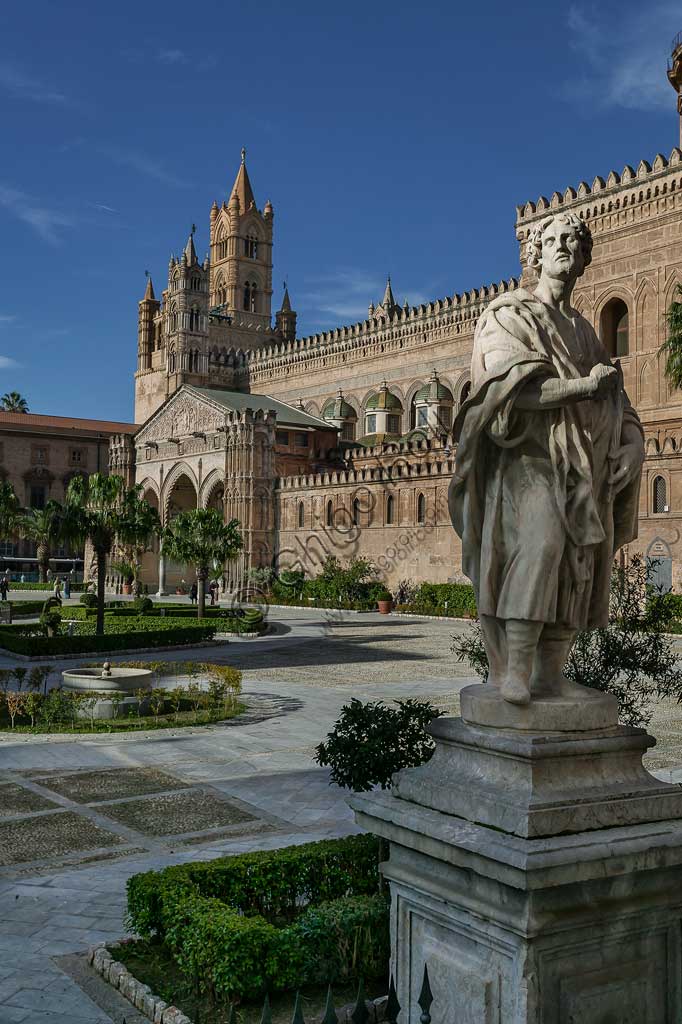
Palermo: view of the southeast side of the Cathedral (Metrop...
add to lightbox
20232_048.jpg
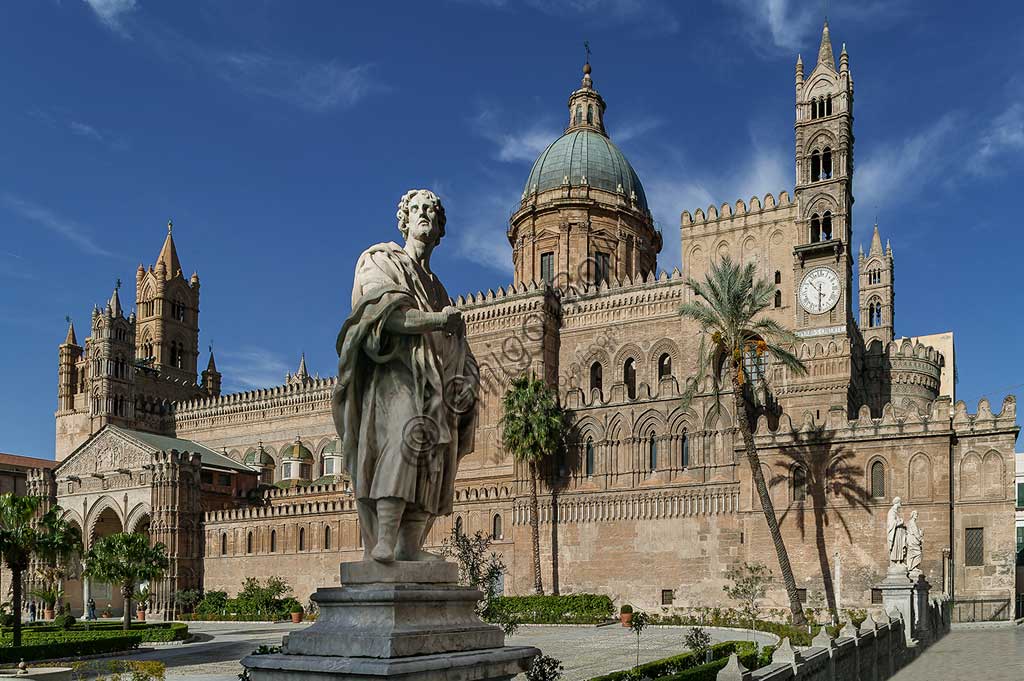
Palermo: view of the southeast side of the Cathedral (Metrop...
add to lightbox
20232_0374a.jpg
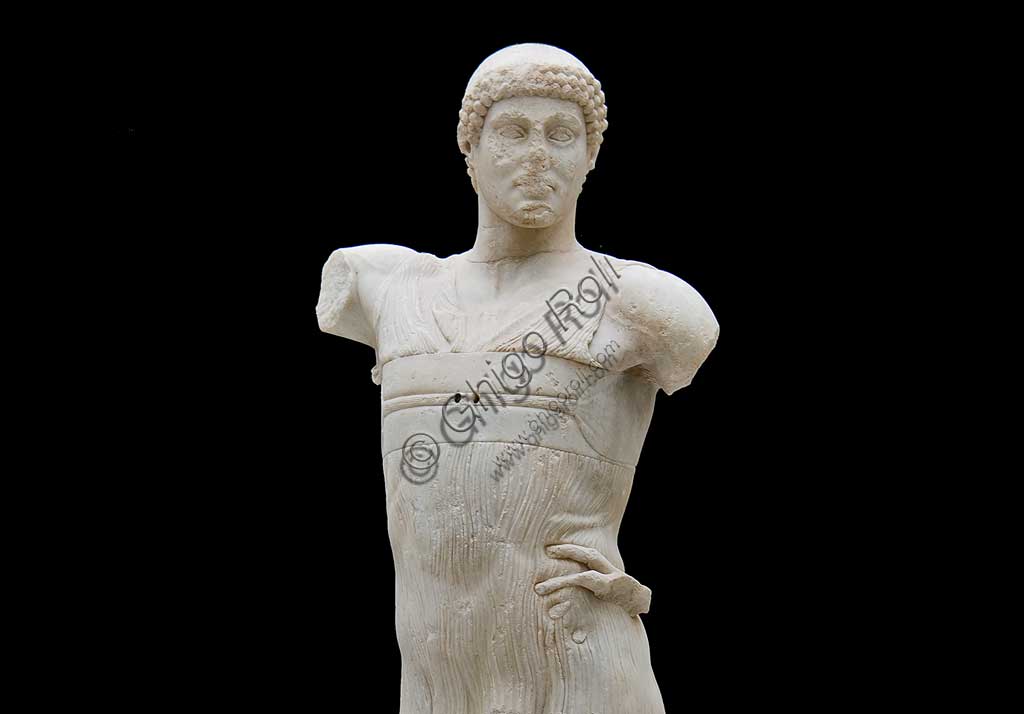
Island of San Pantaleo, Motya, Whitaker Museum: the Motya Ch...
add to lightbox
20232_021-28.jpg
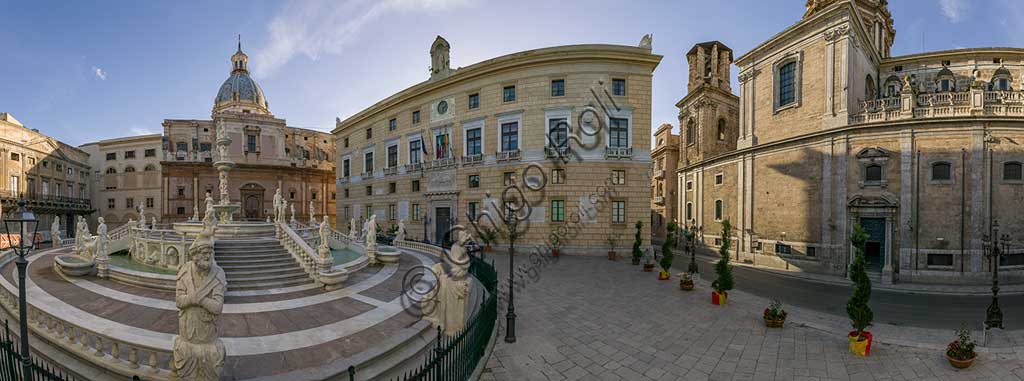
Palermo, Pretoria Square: orbicular view of the square with...
add to lightbox
20232_001-11.jpg
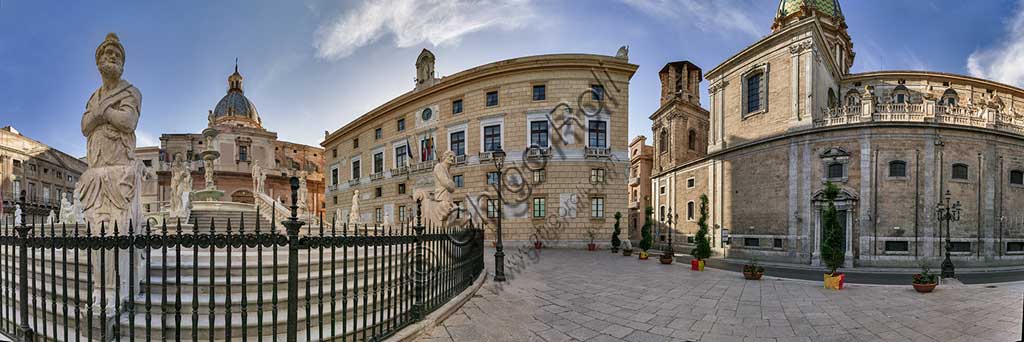
Palermo, Pretoria Square: orbicular view of the square with...
add to lightbox